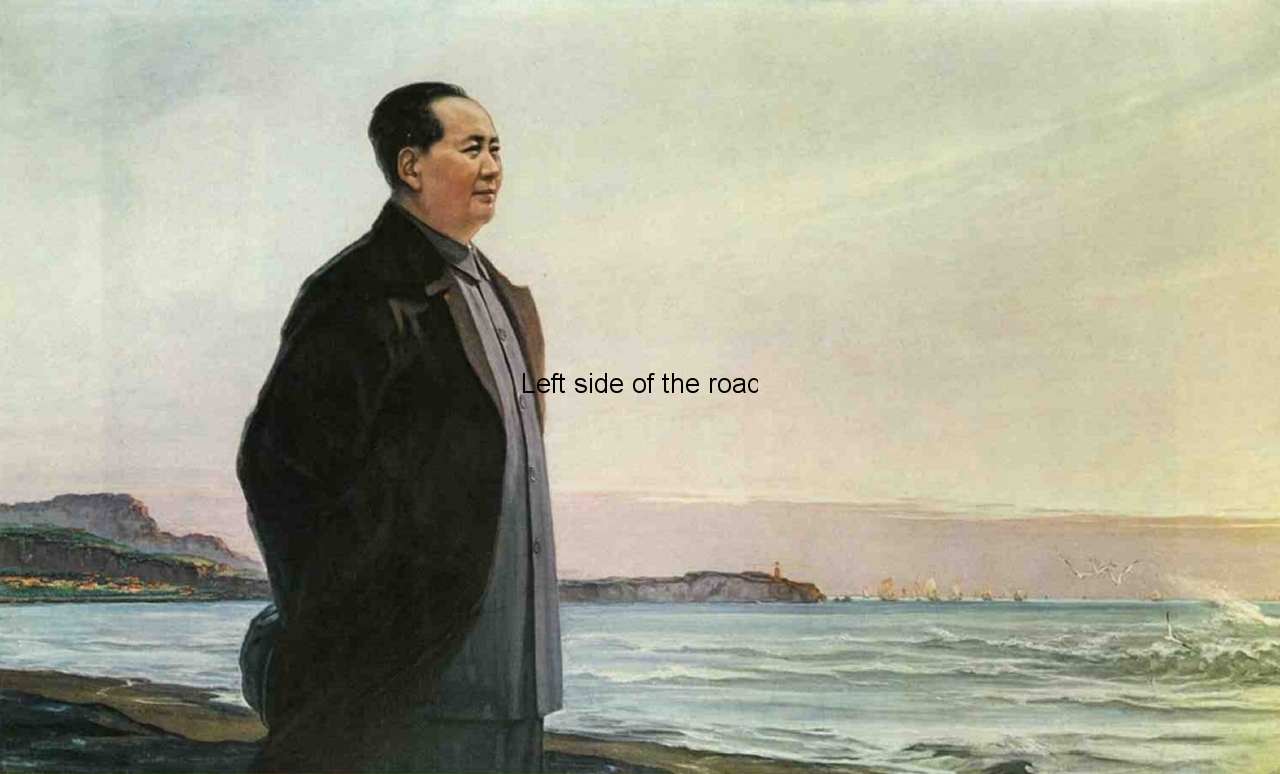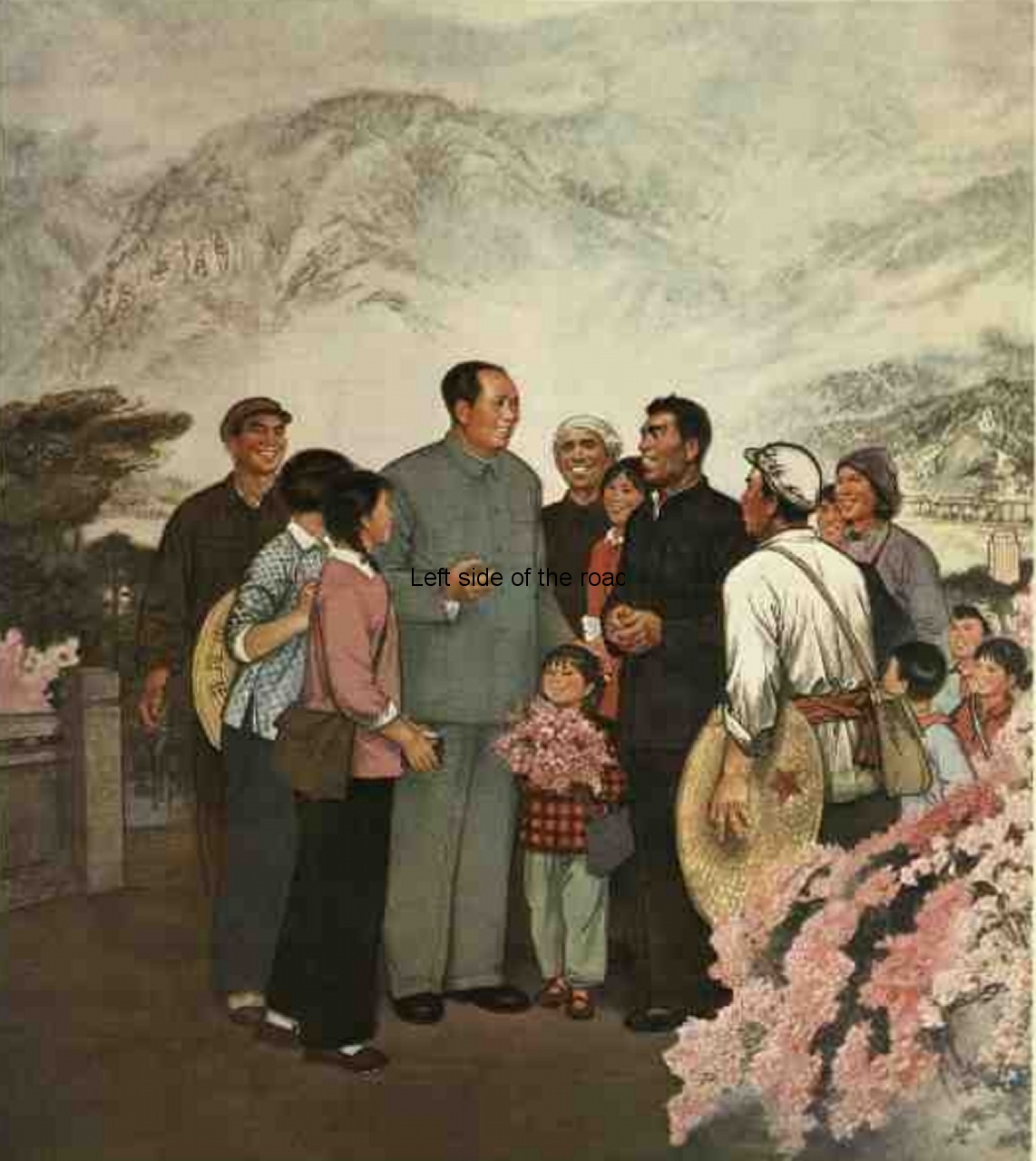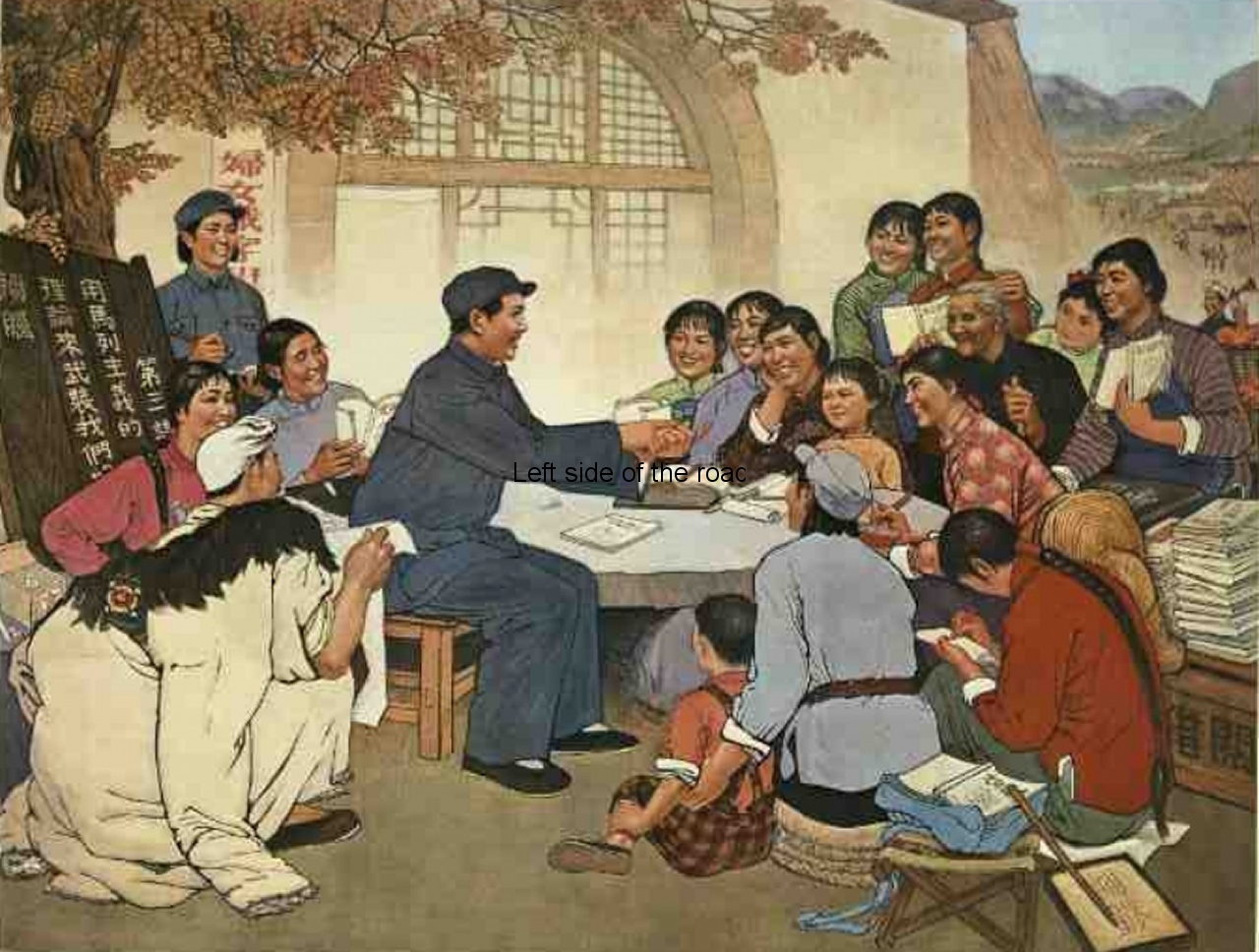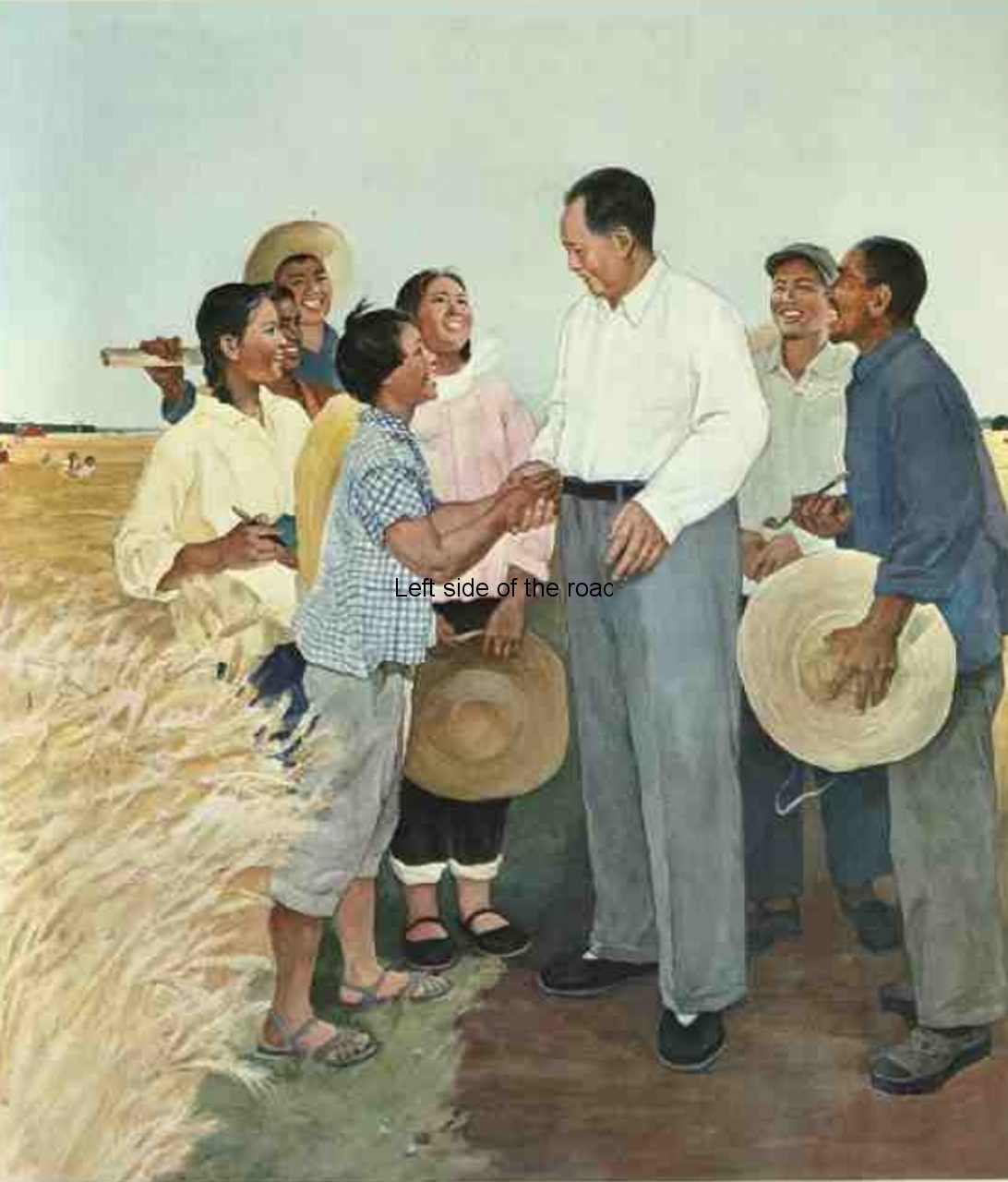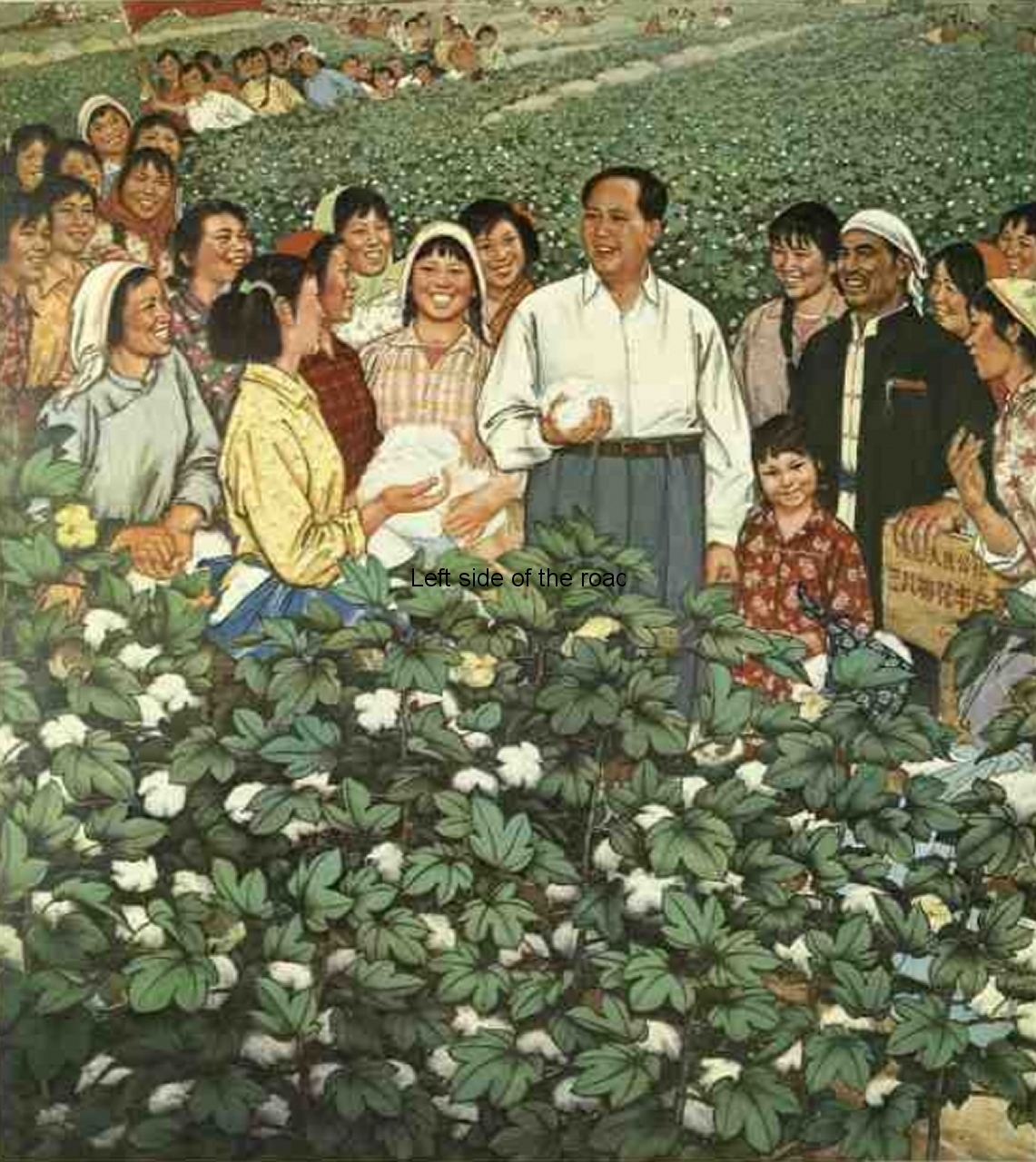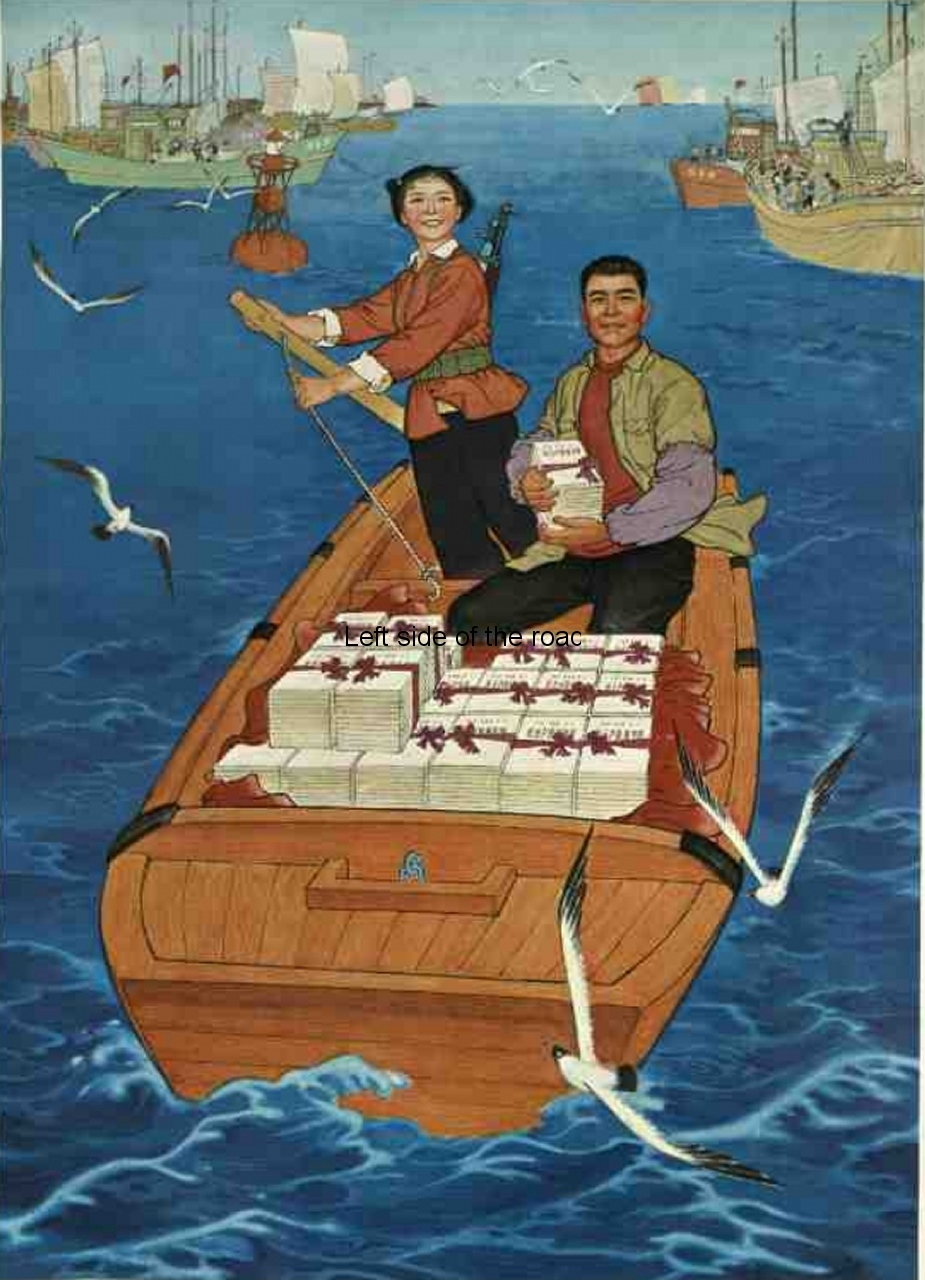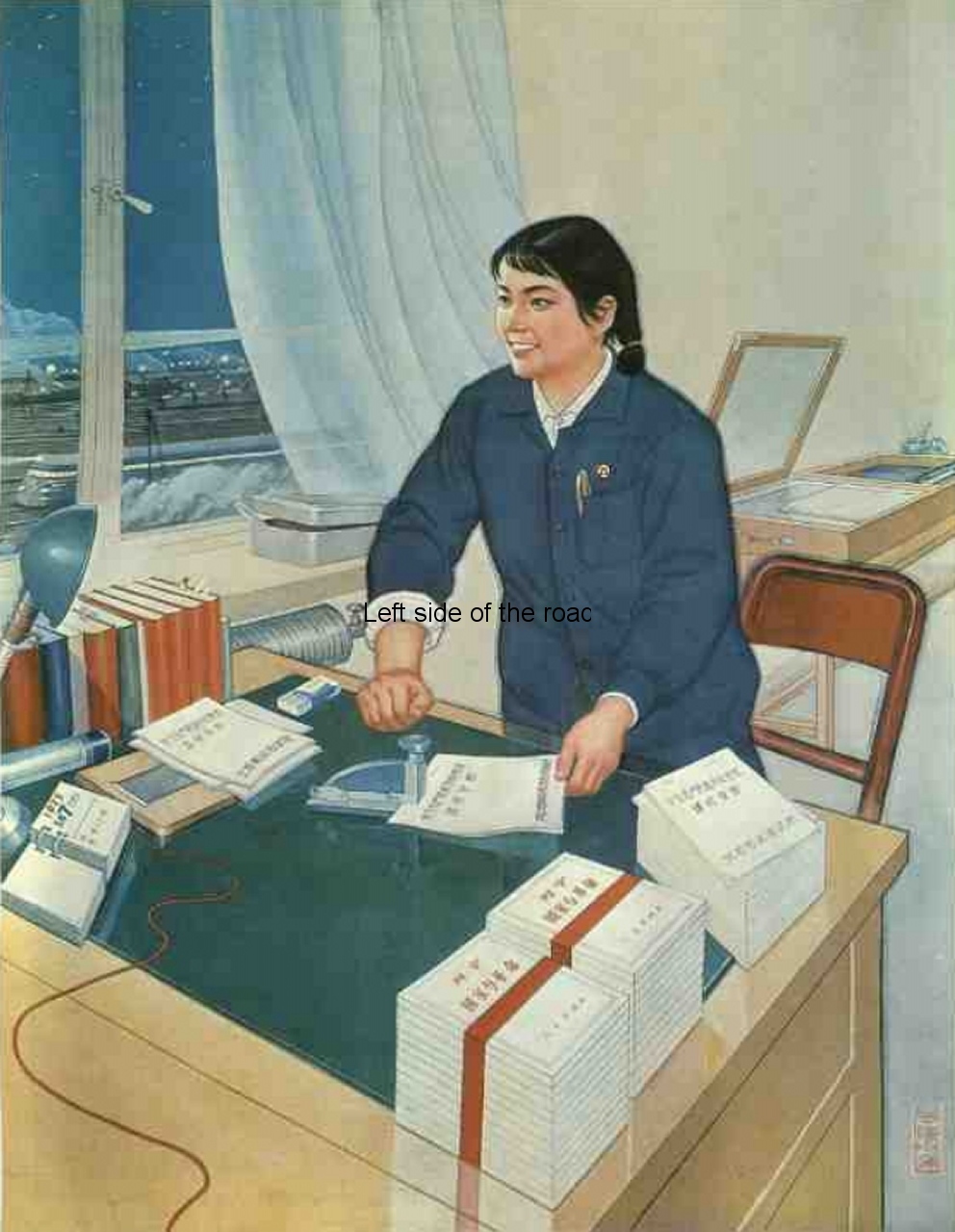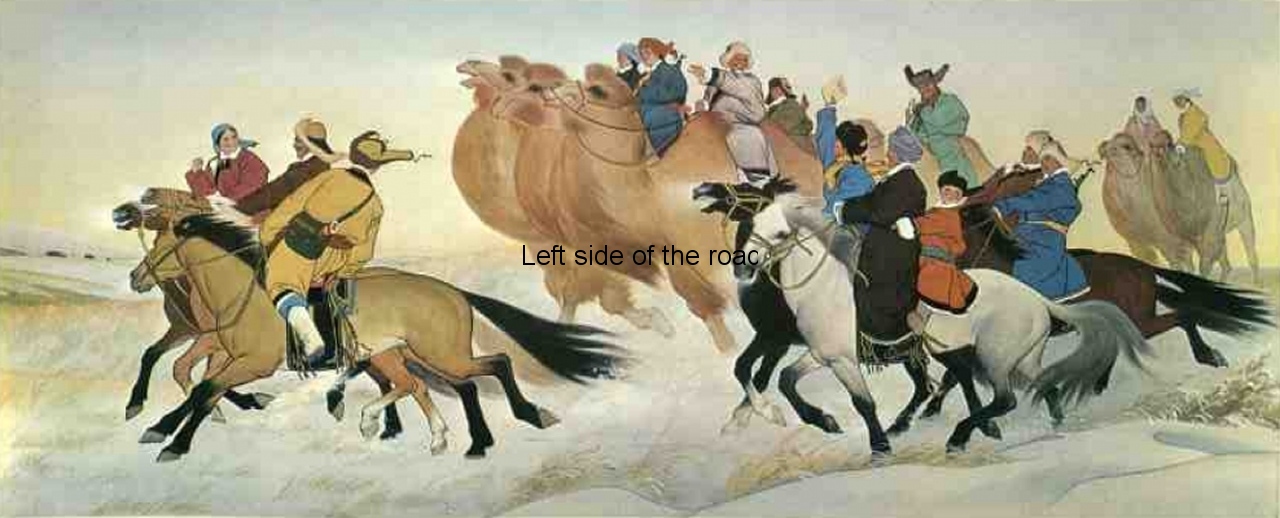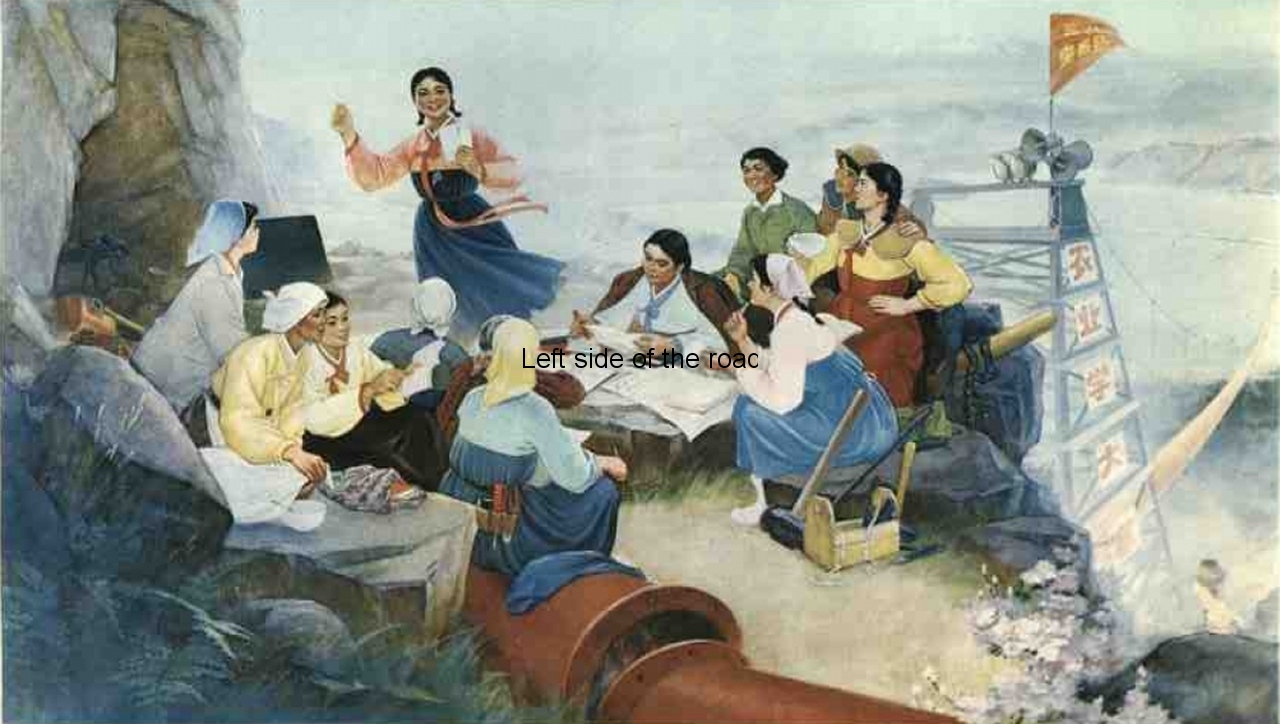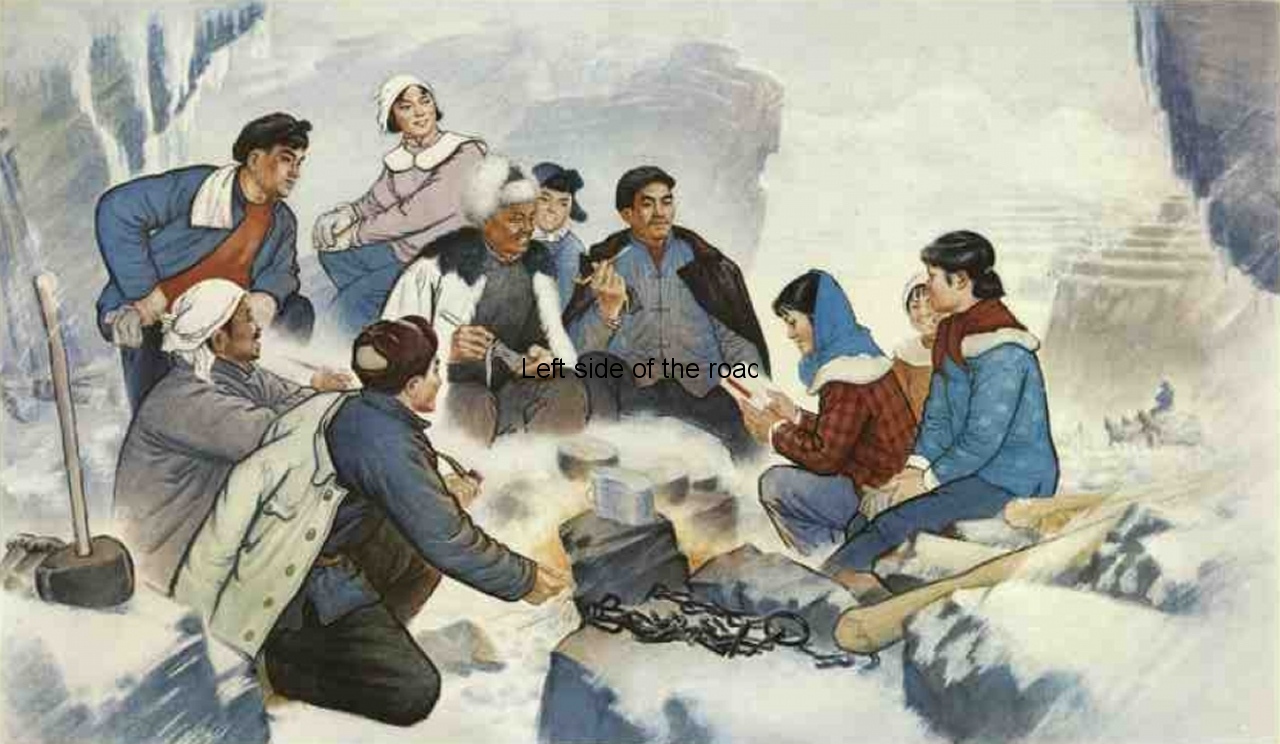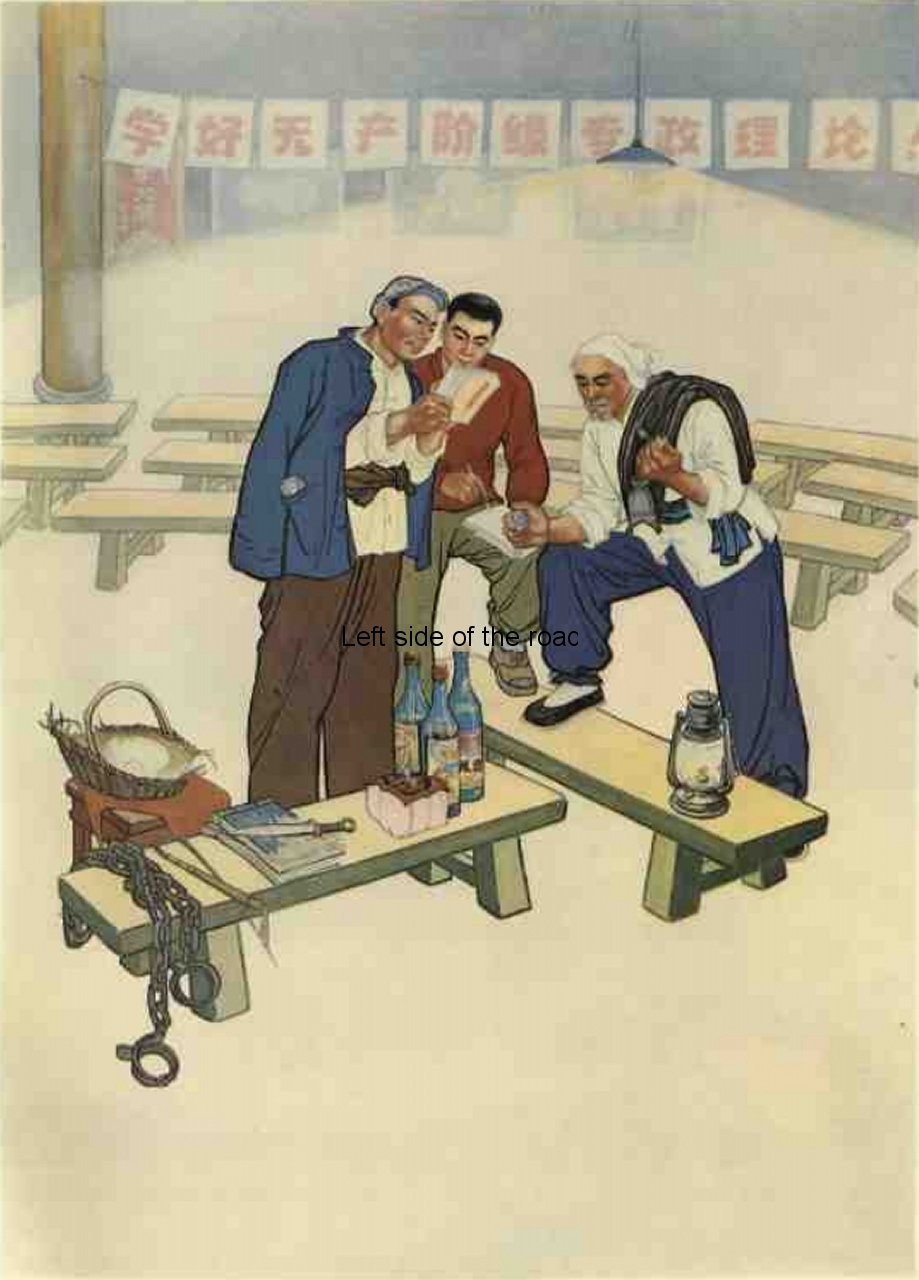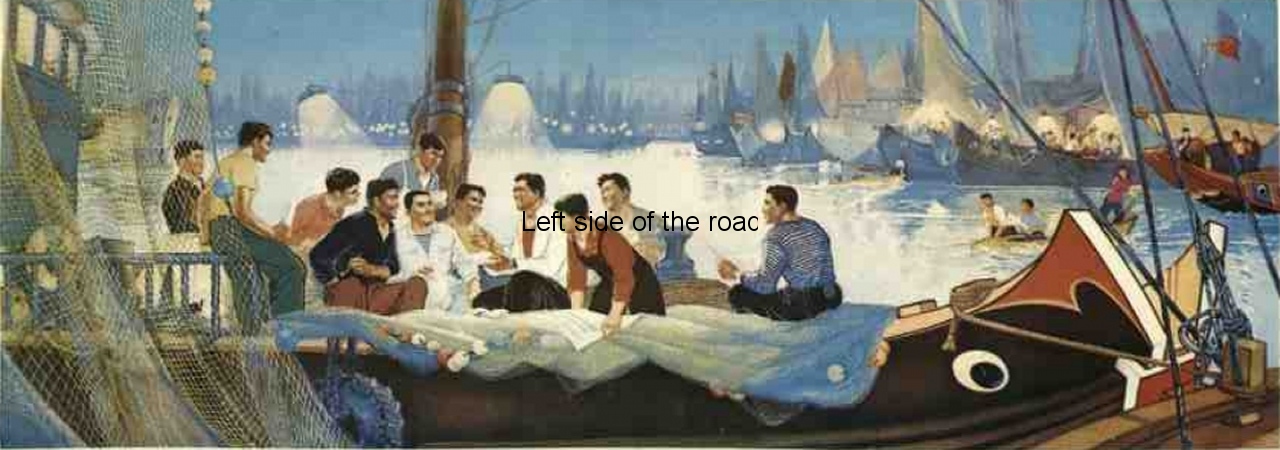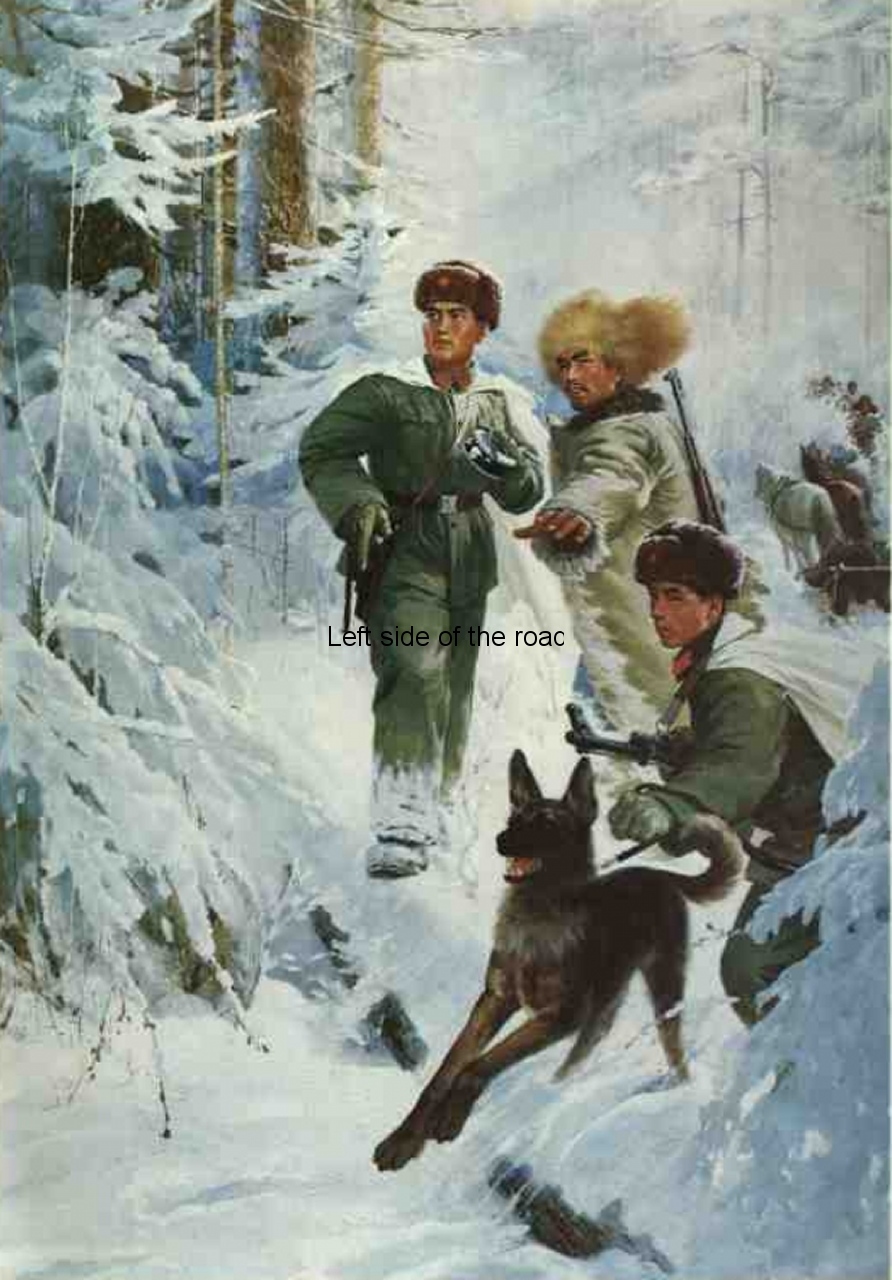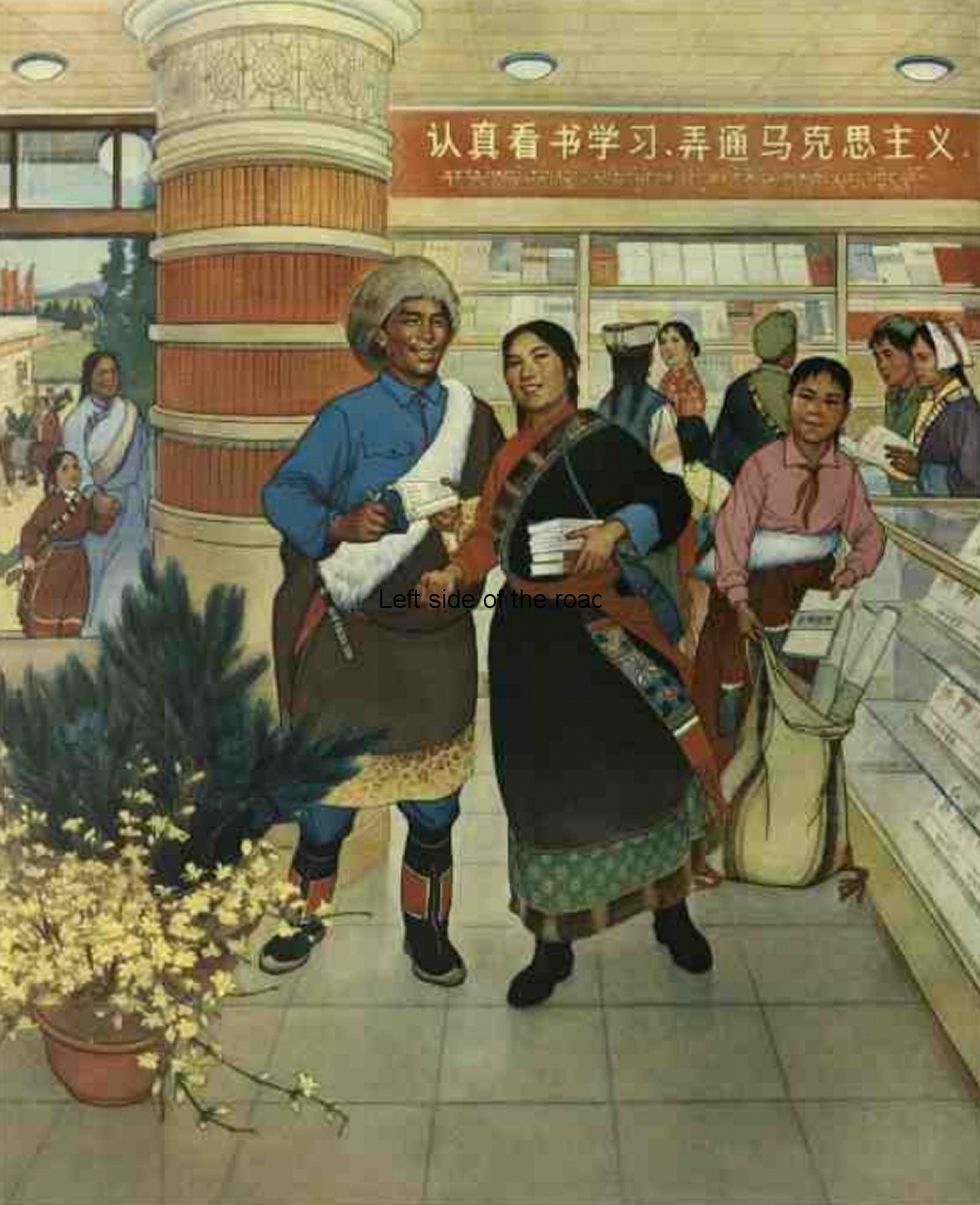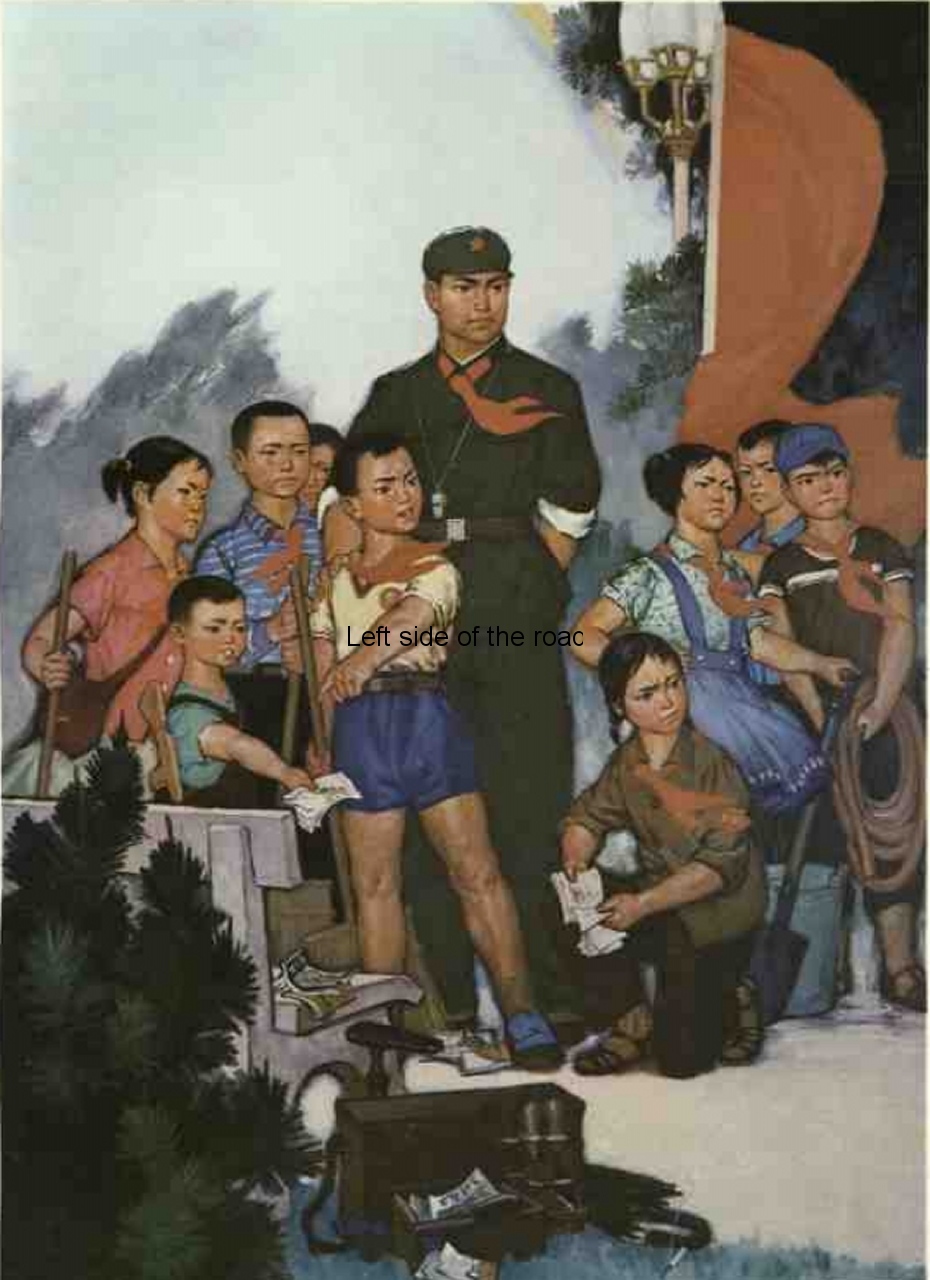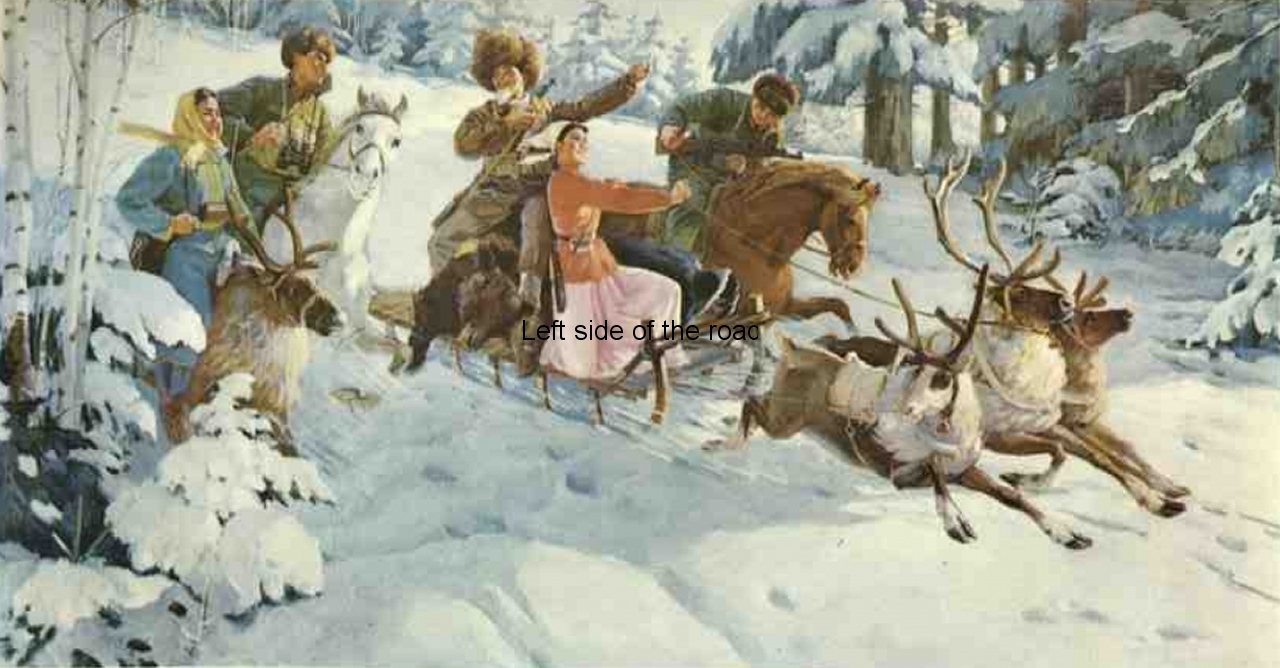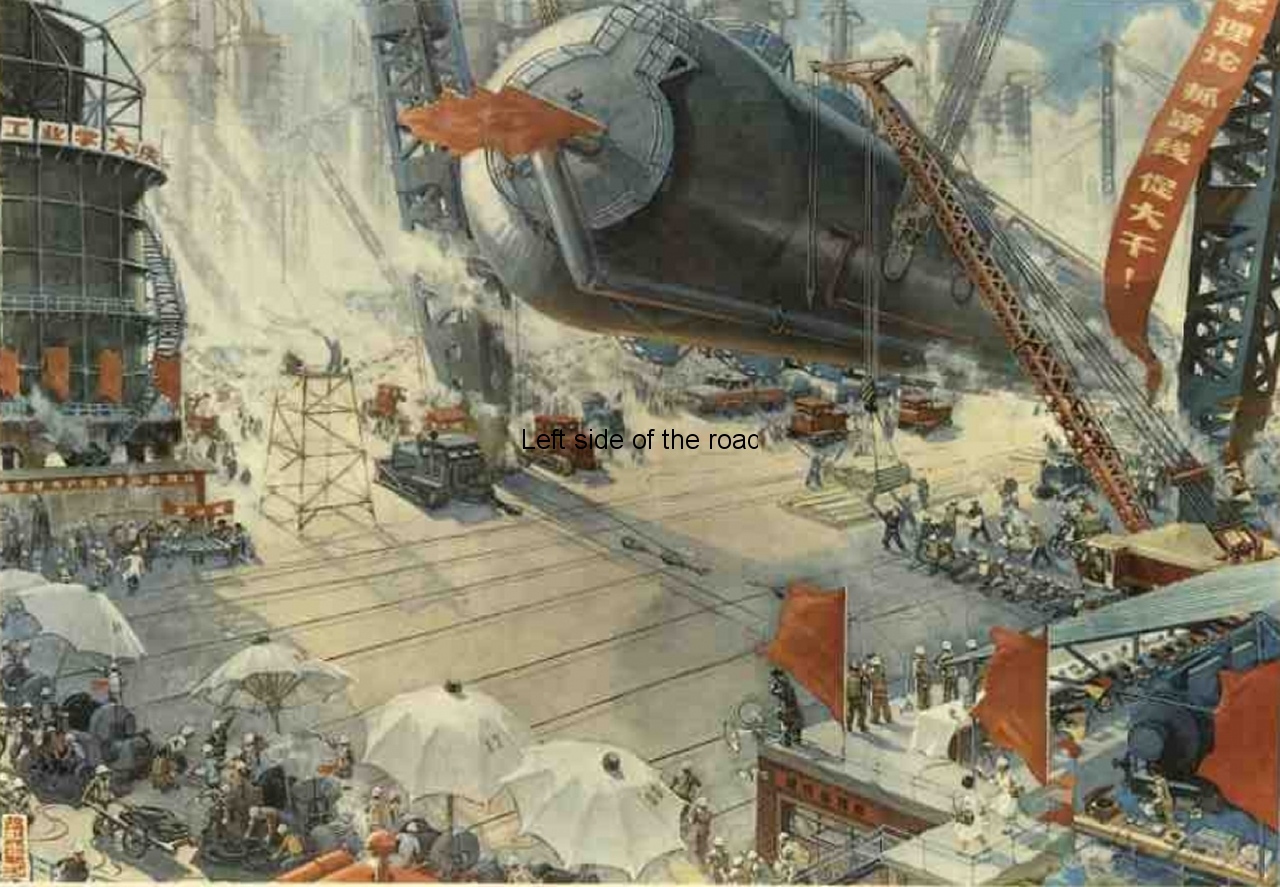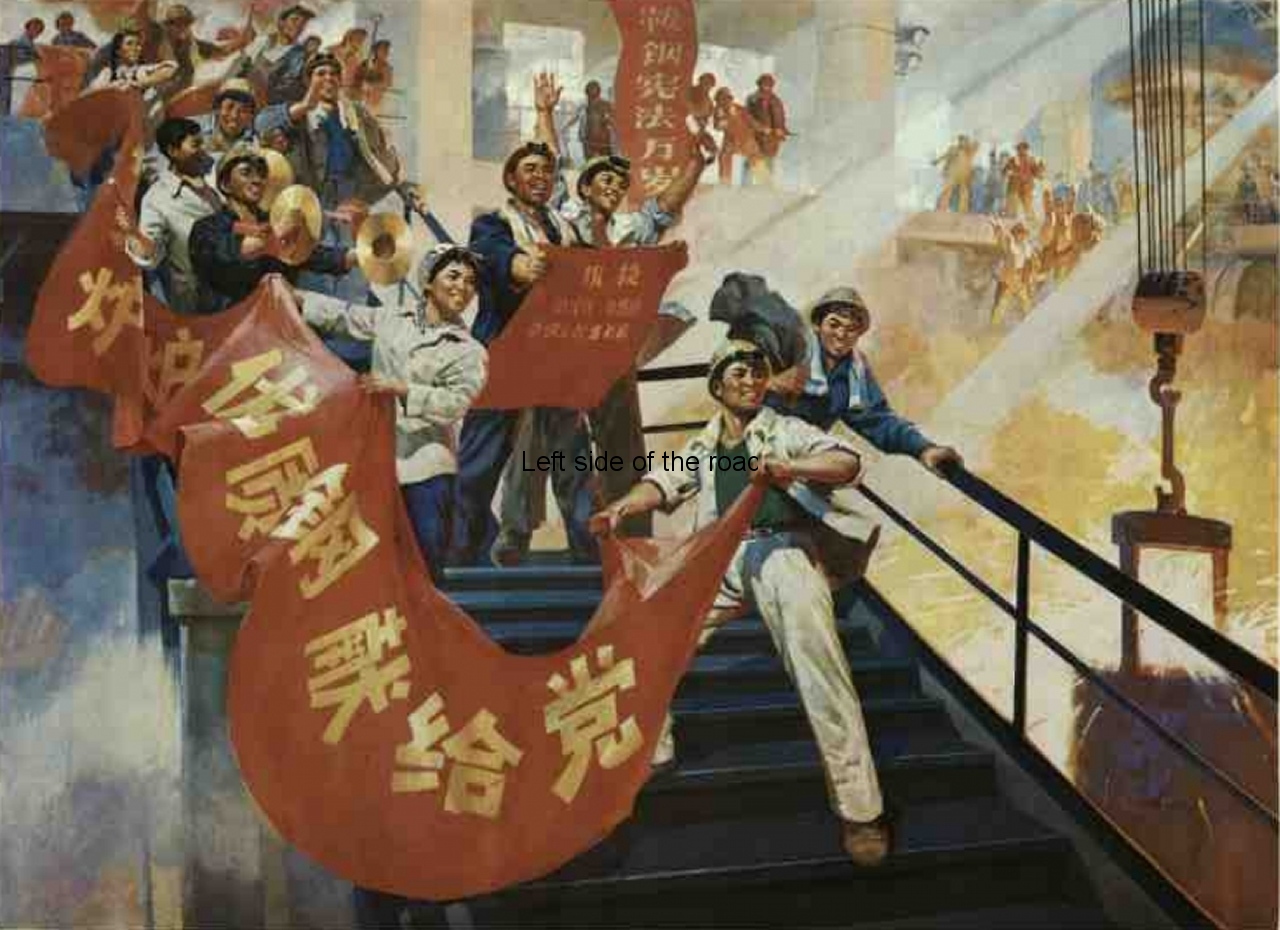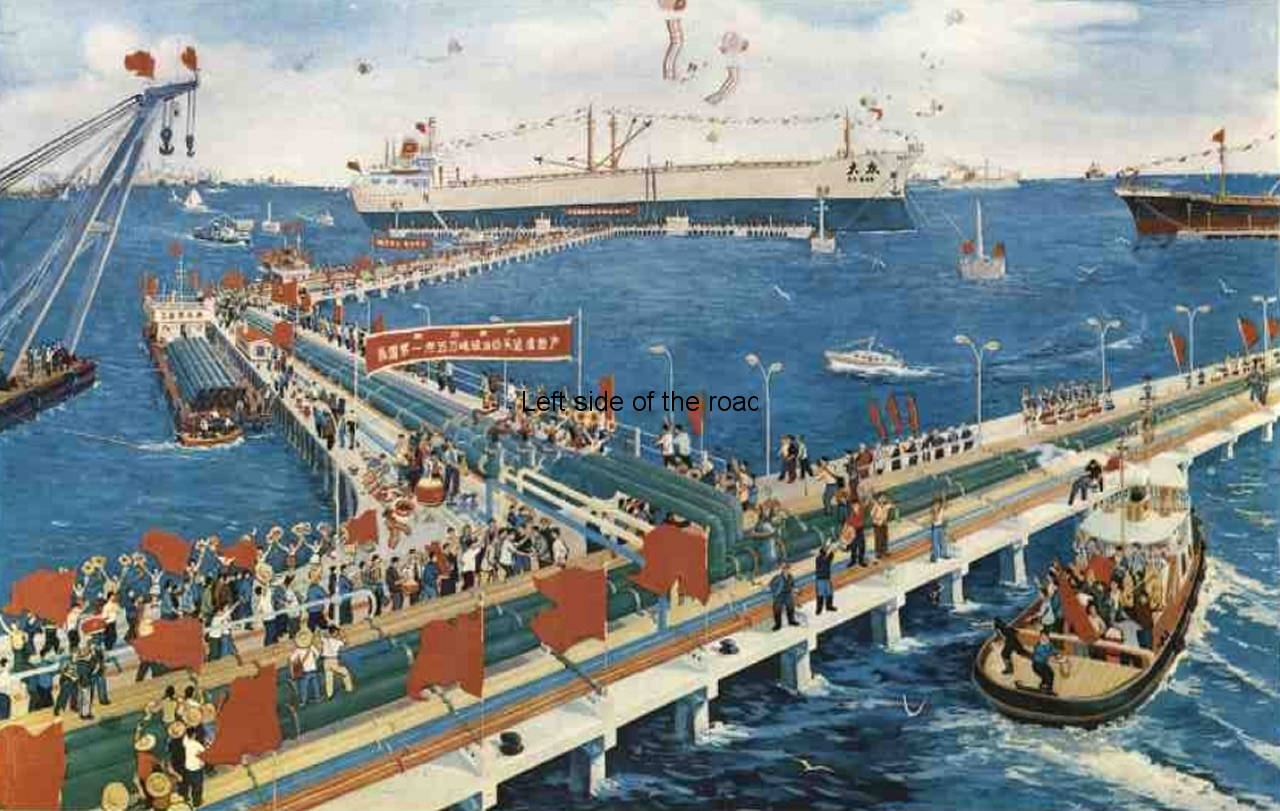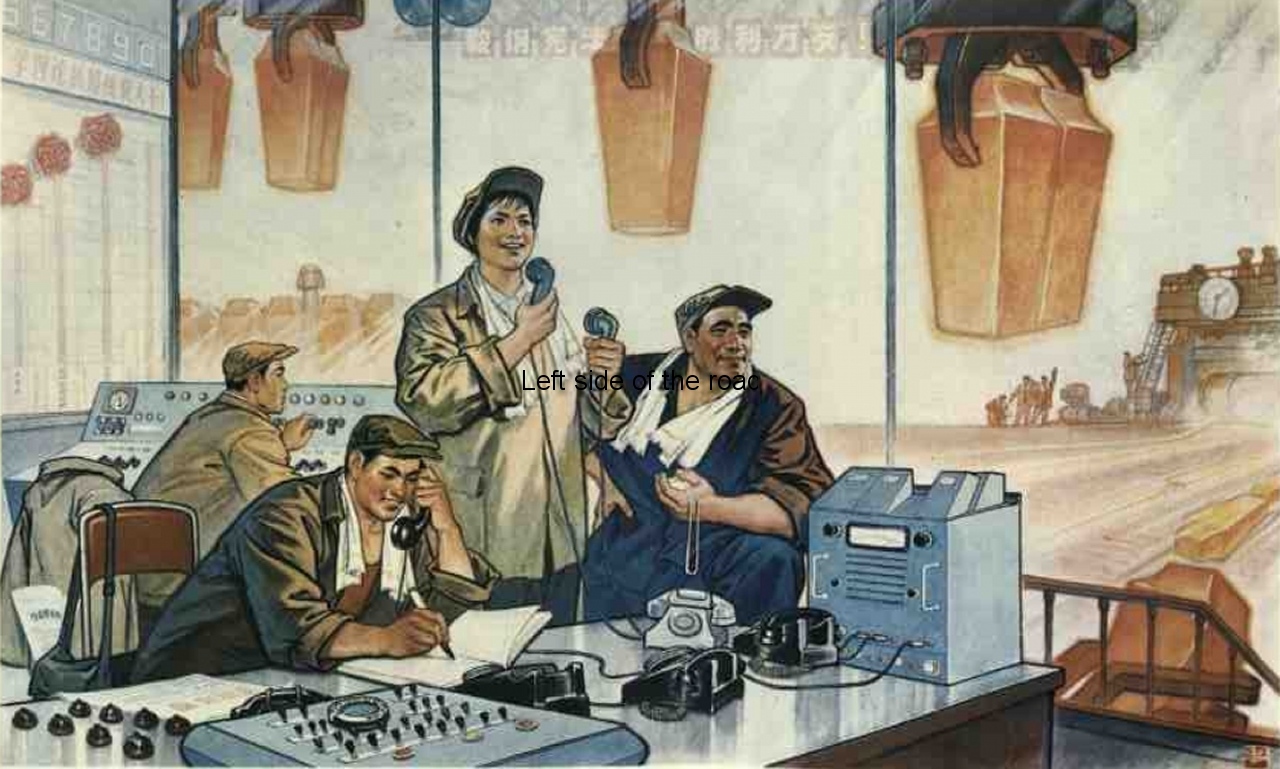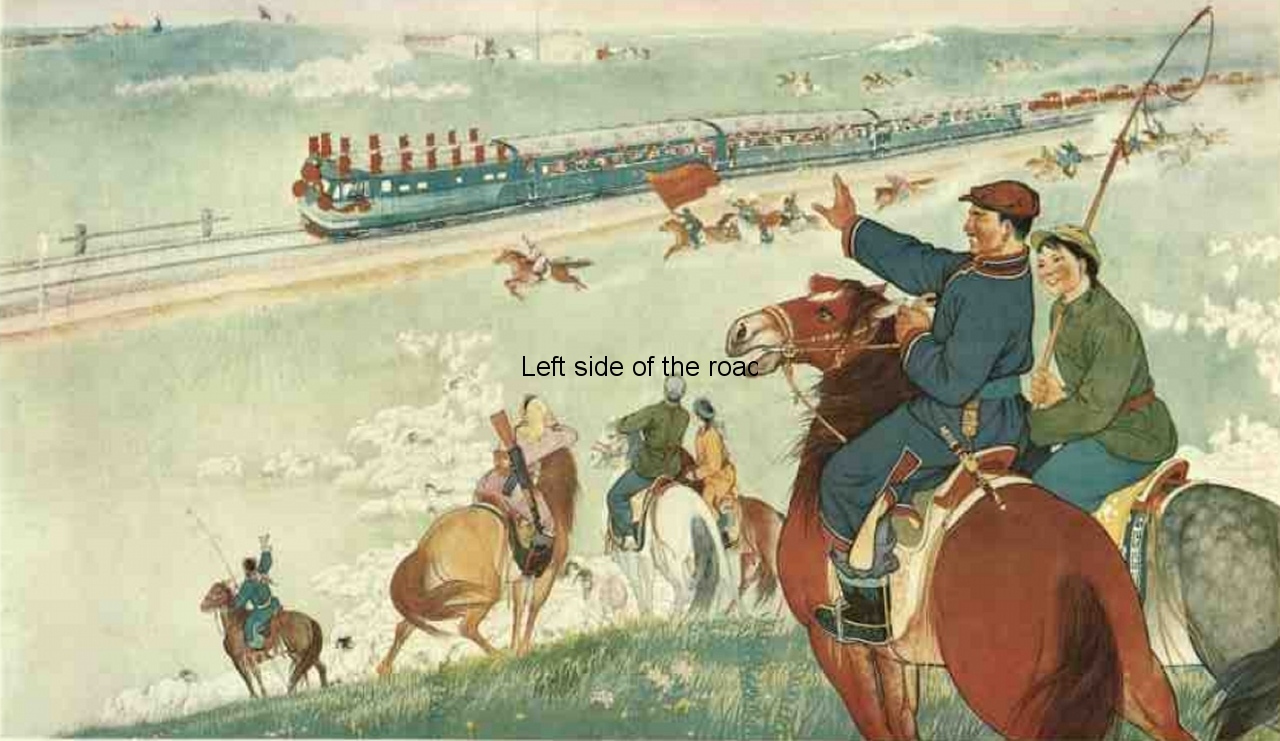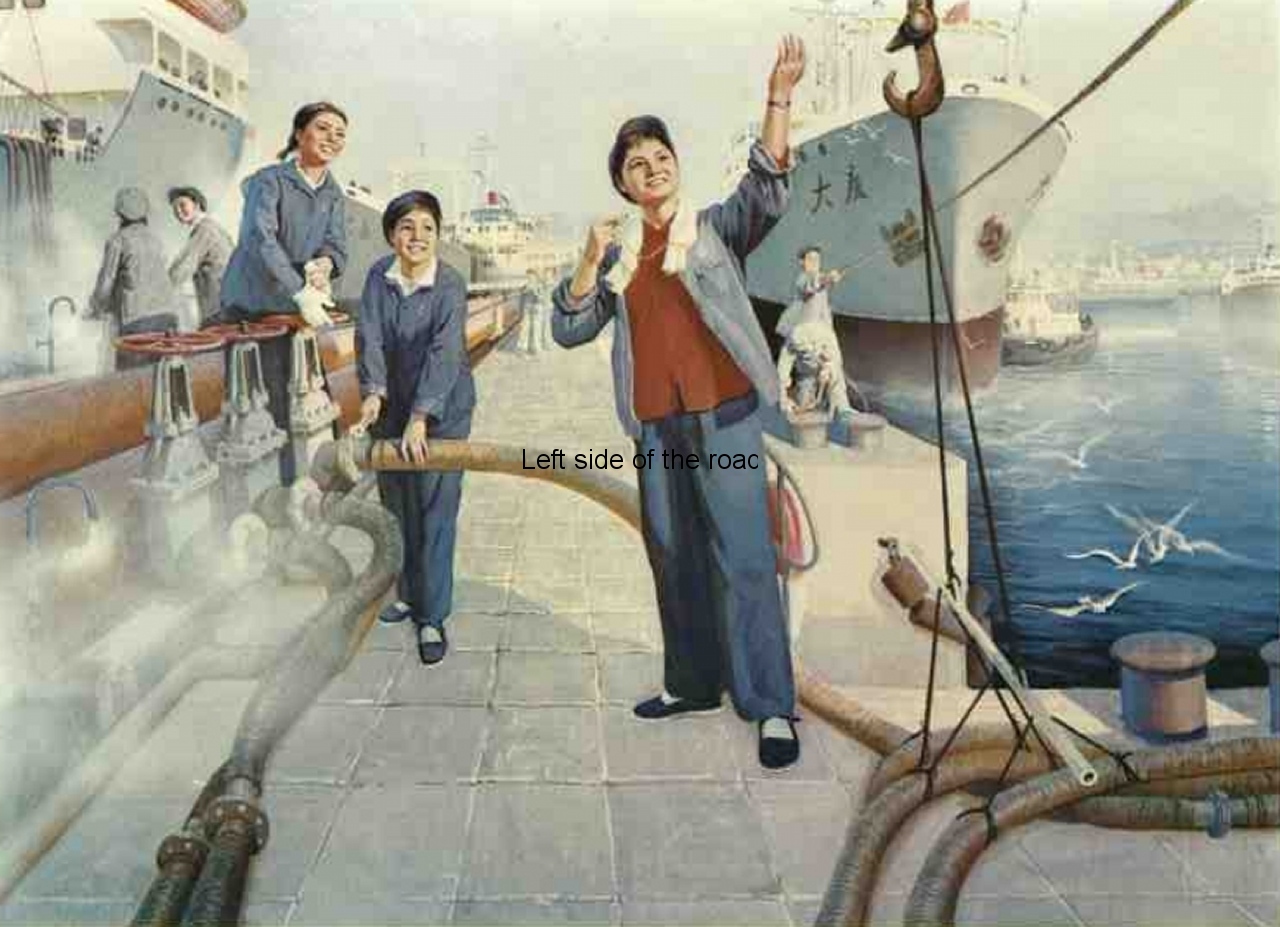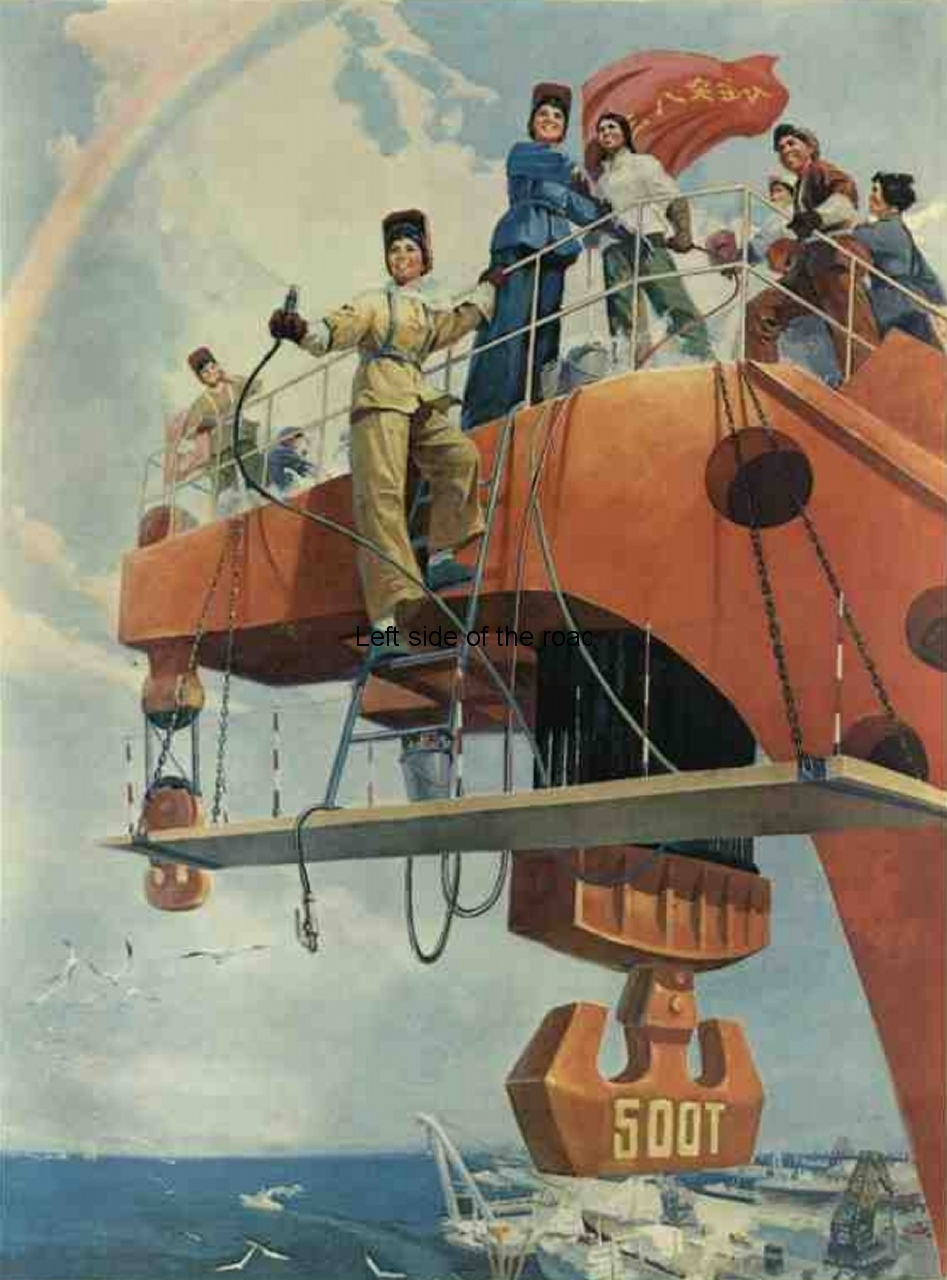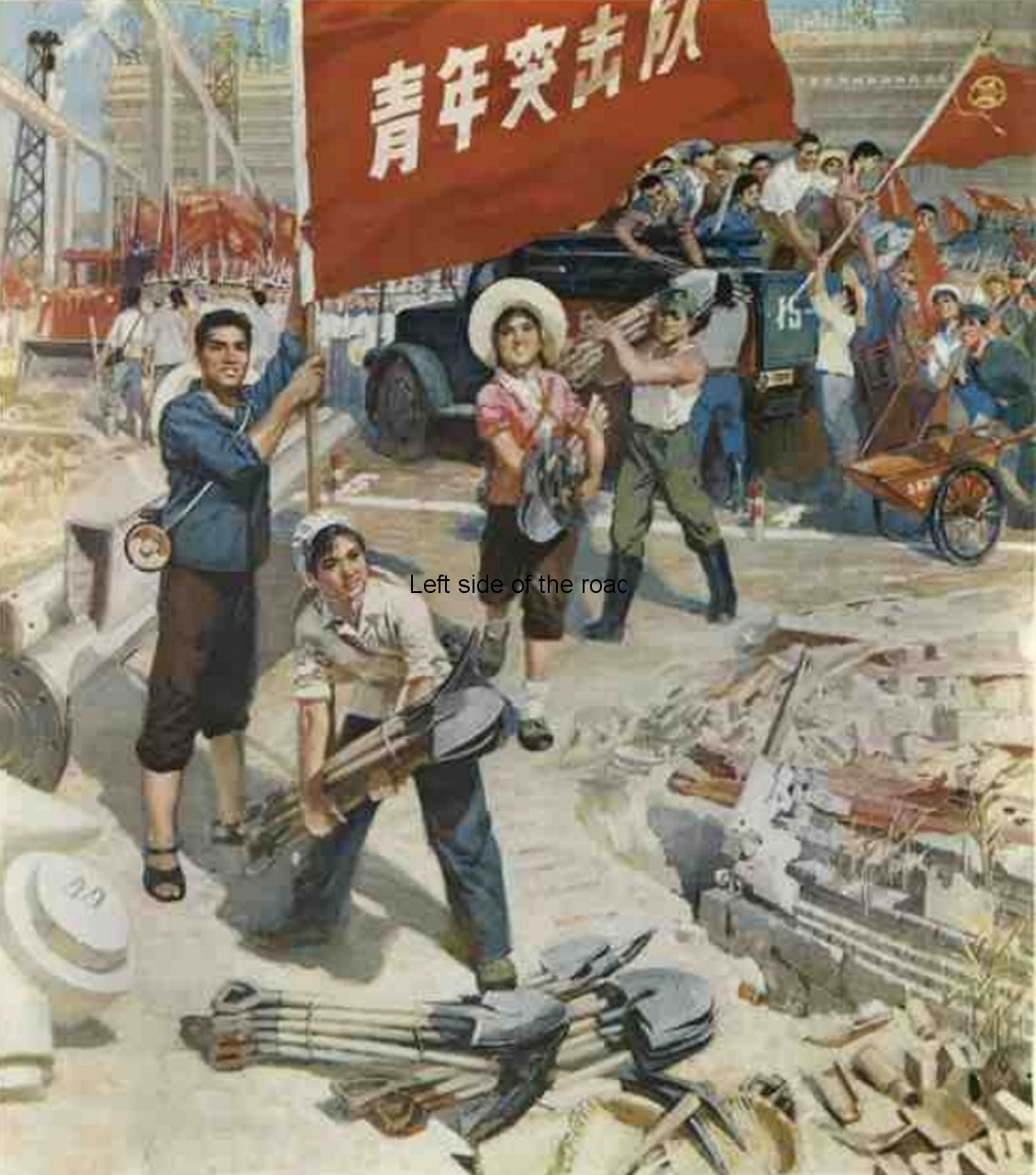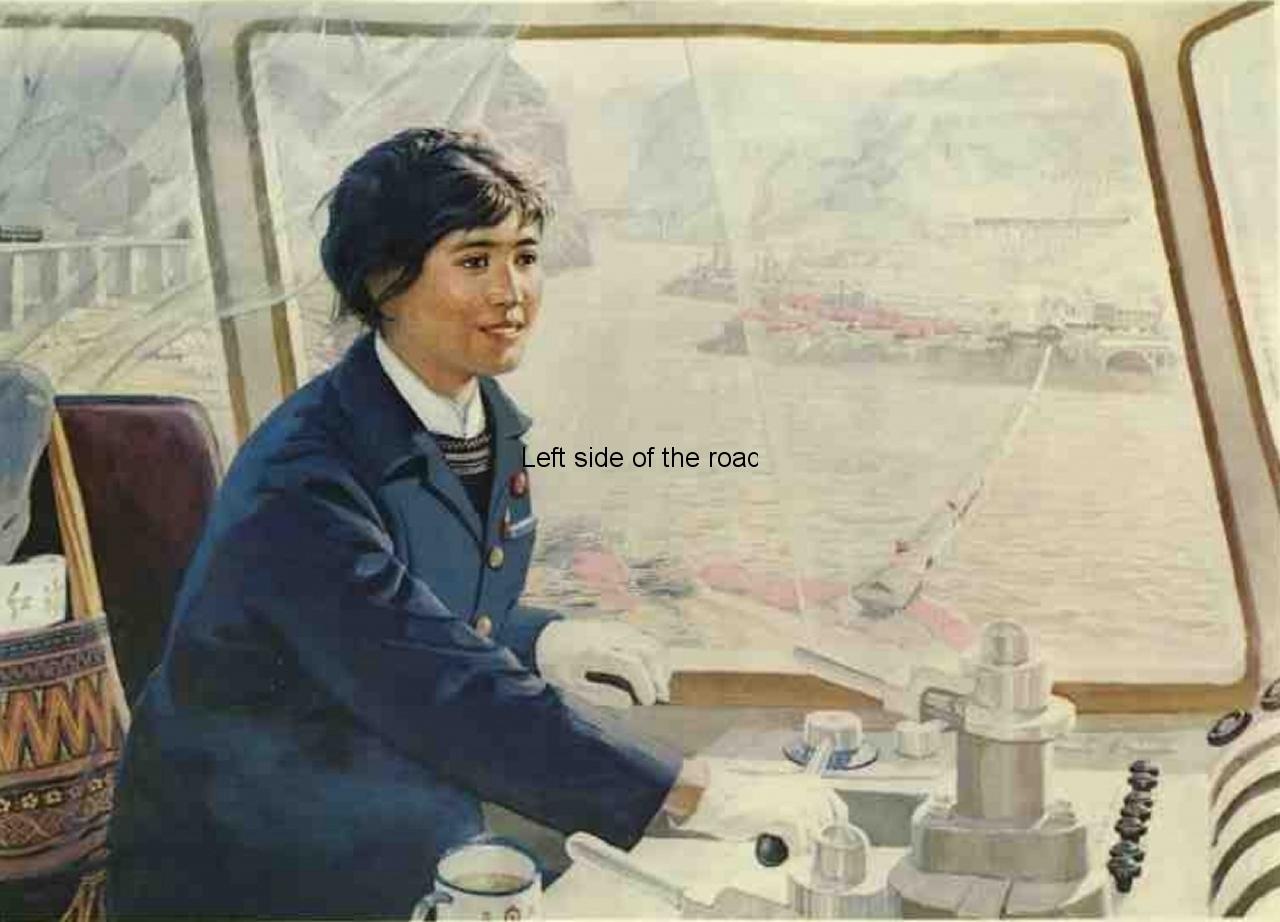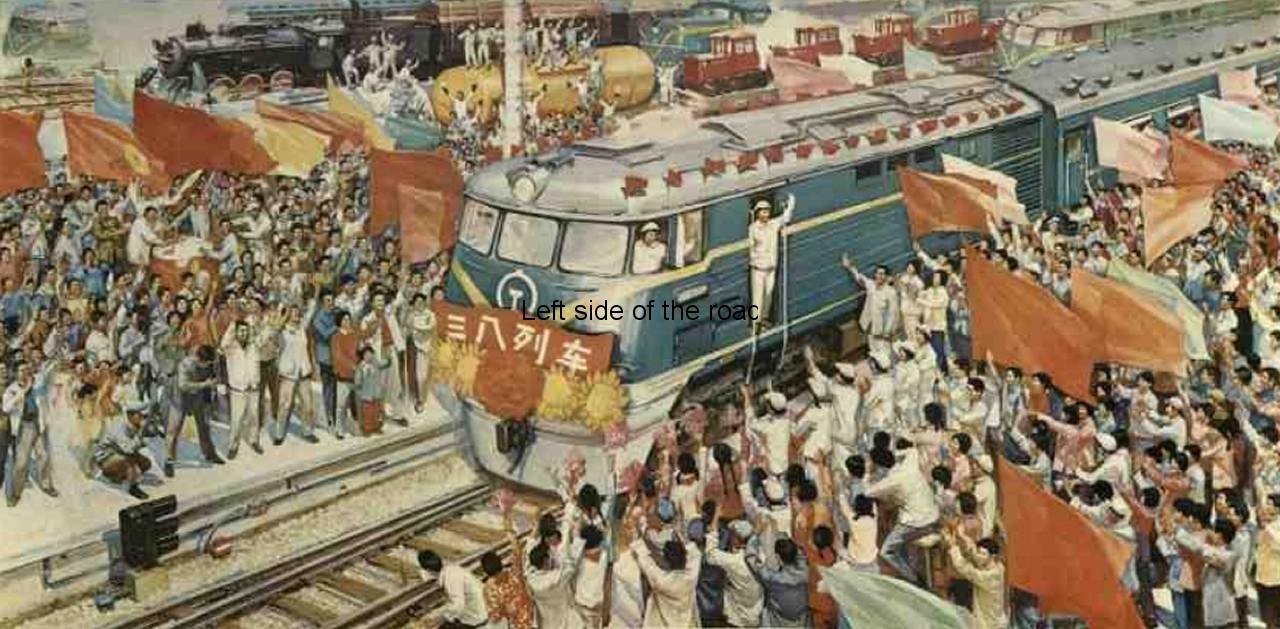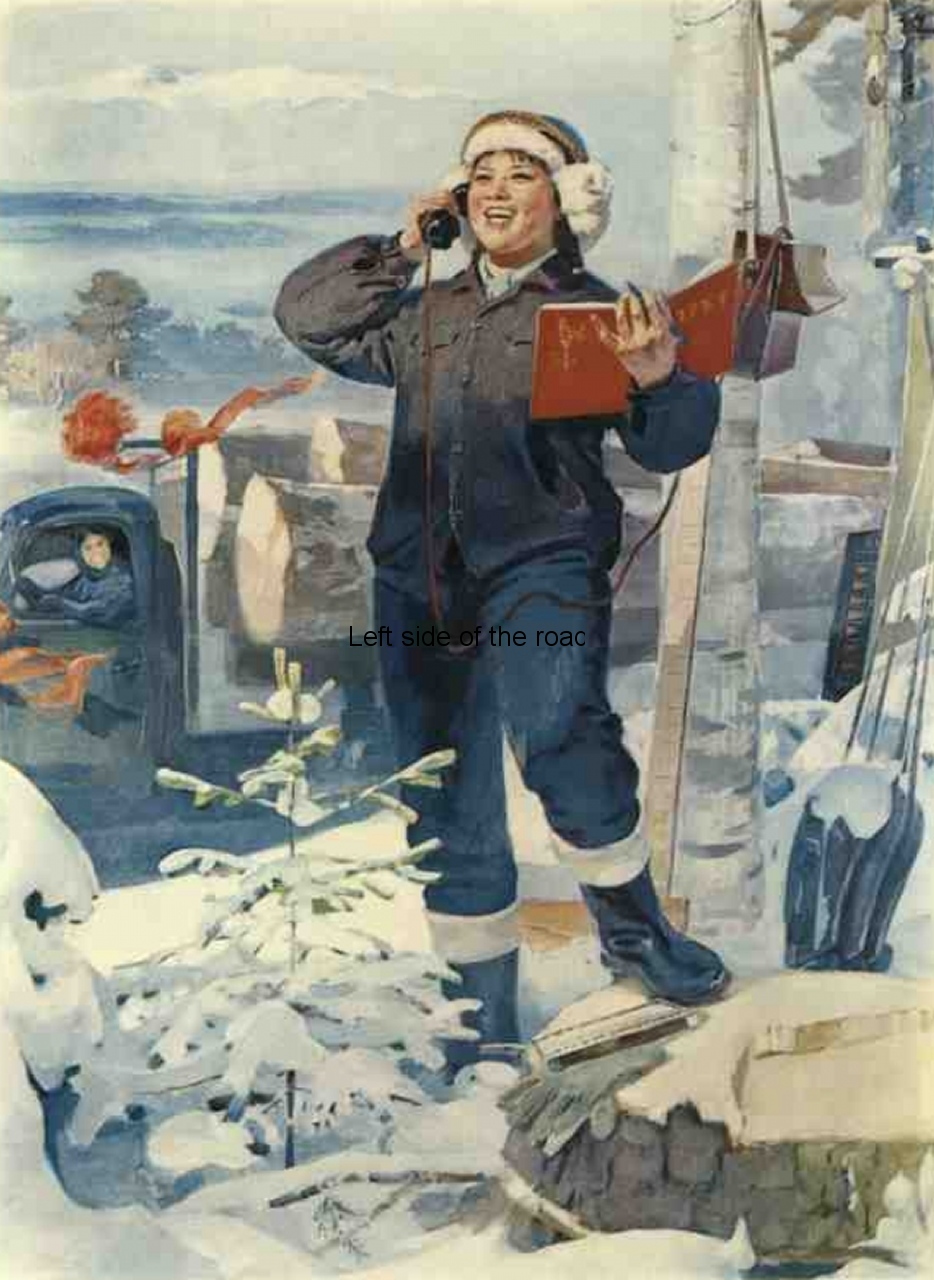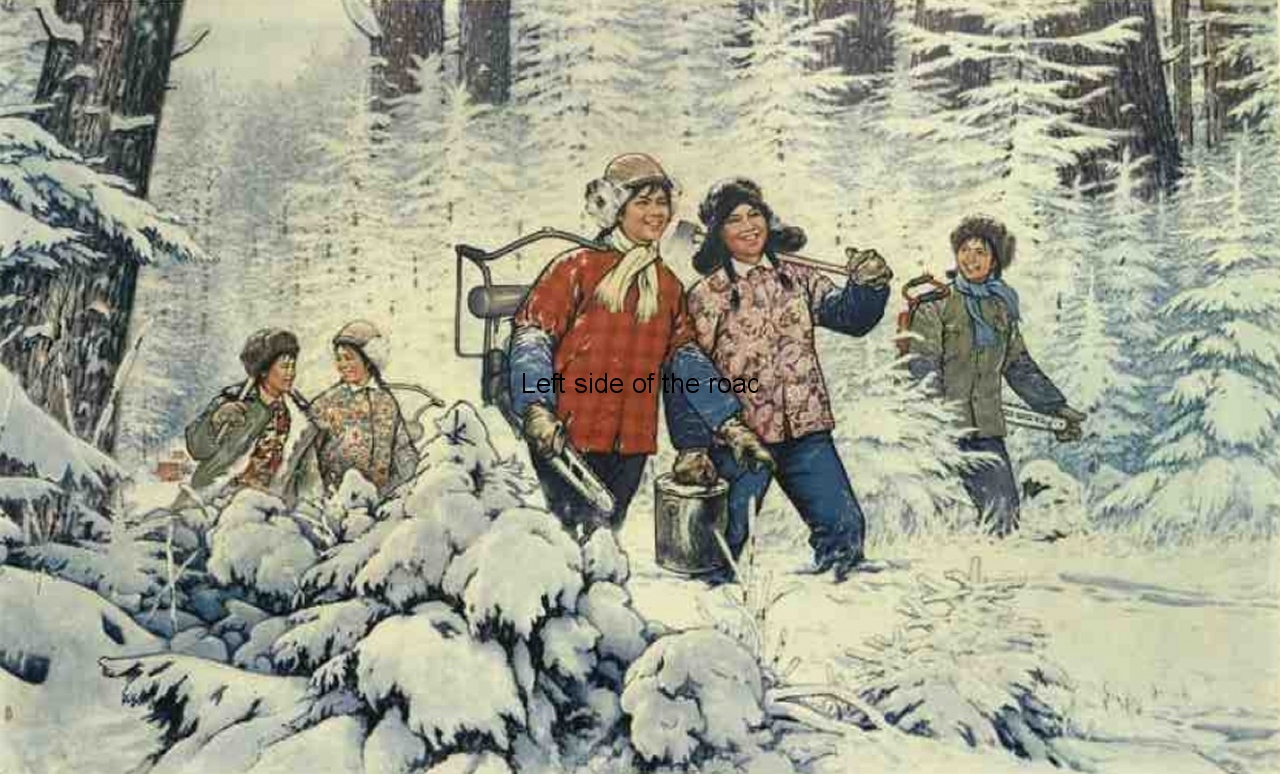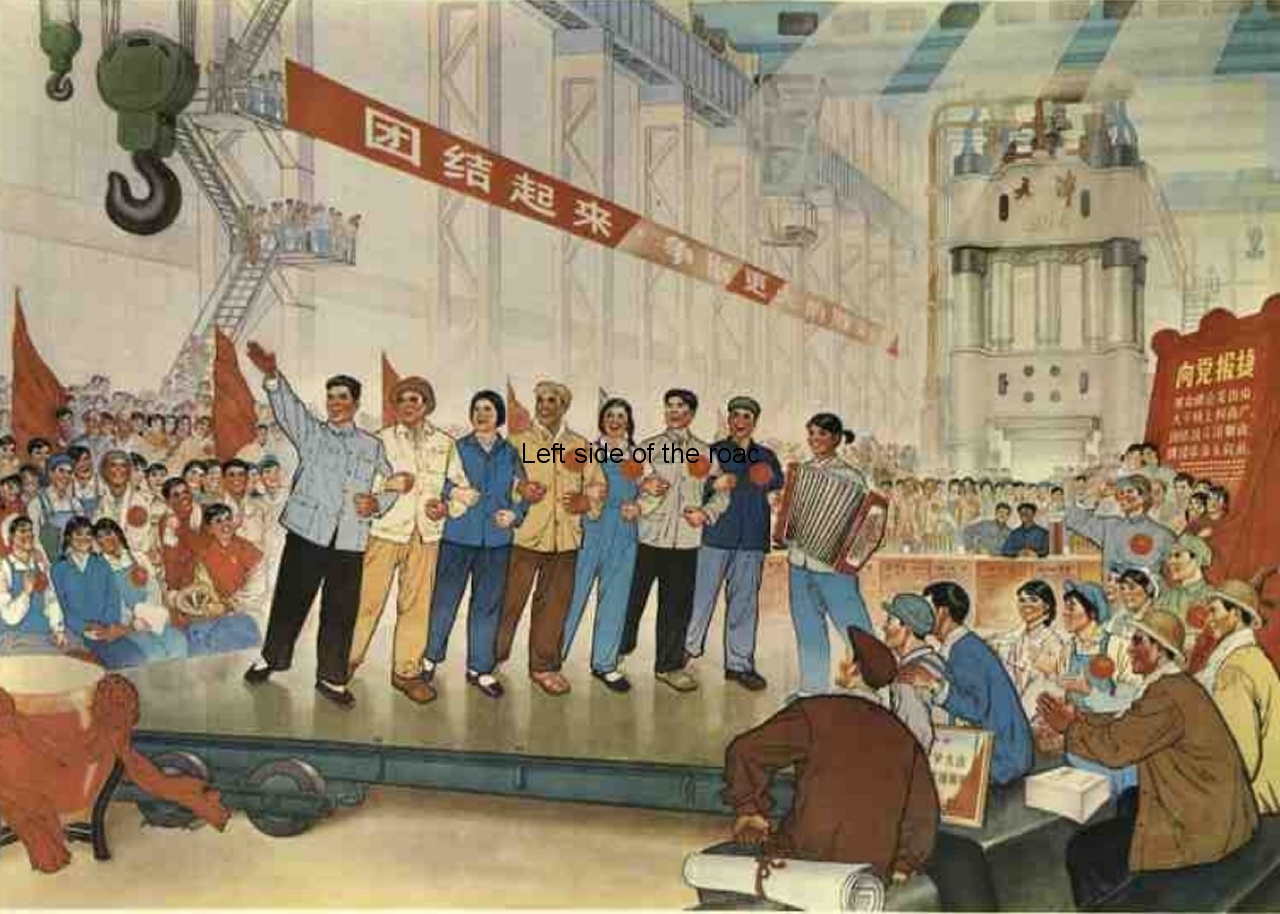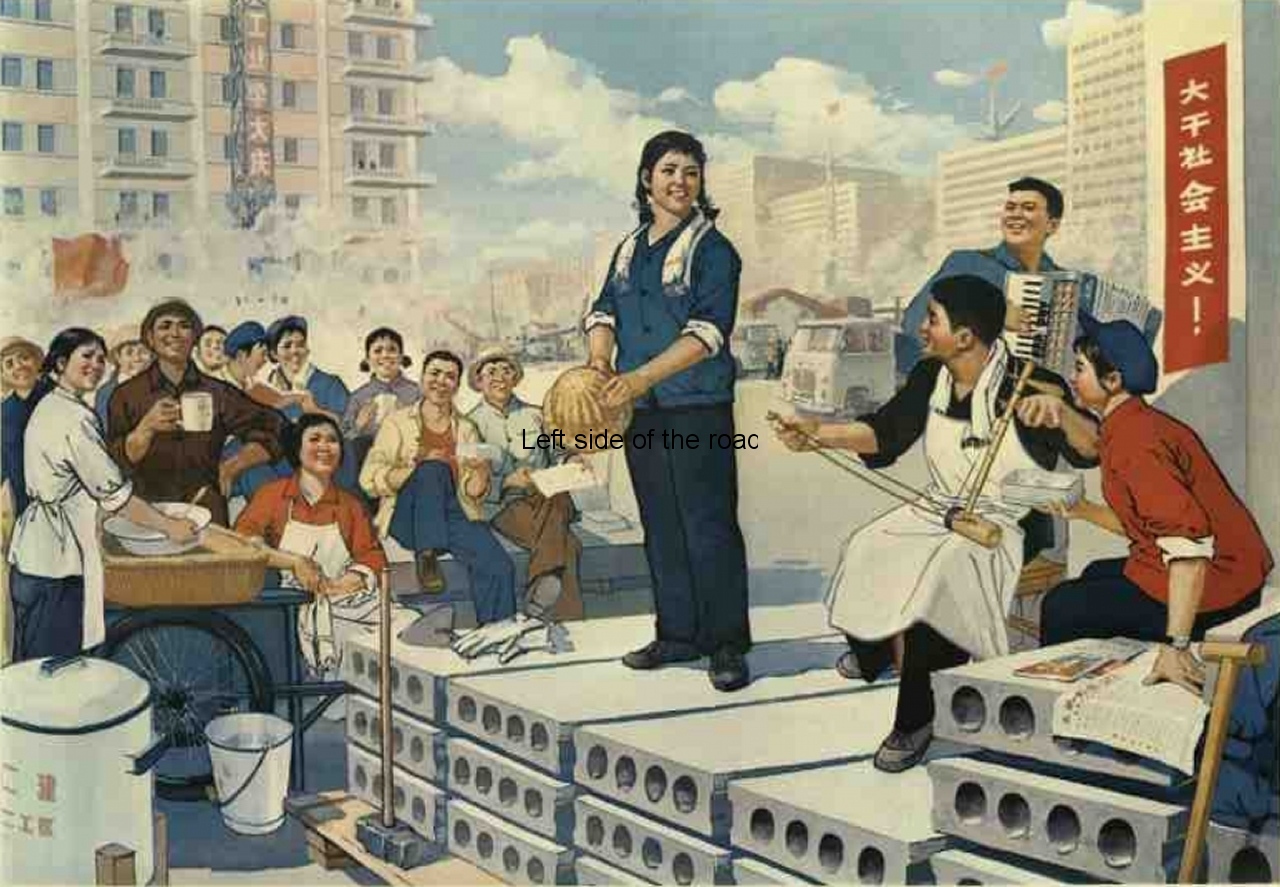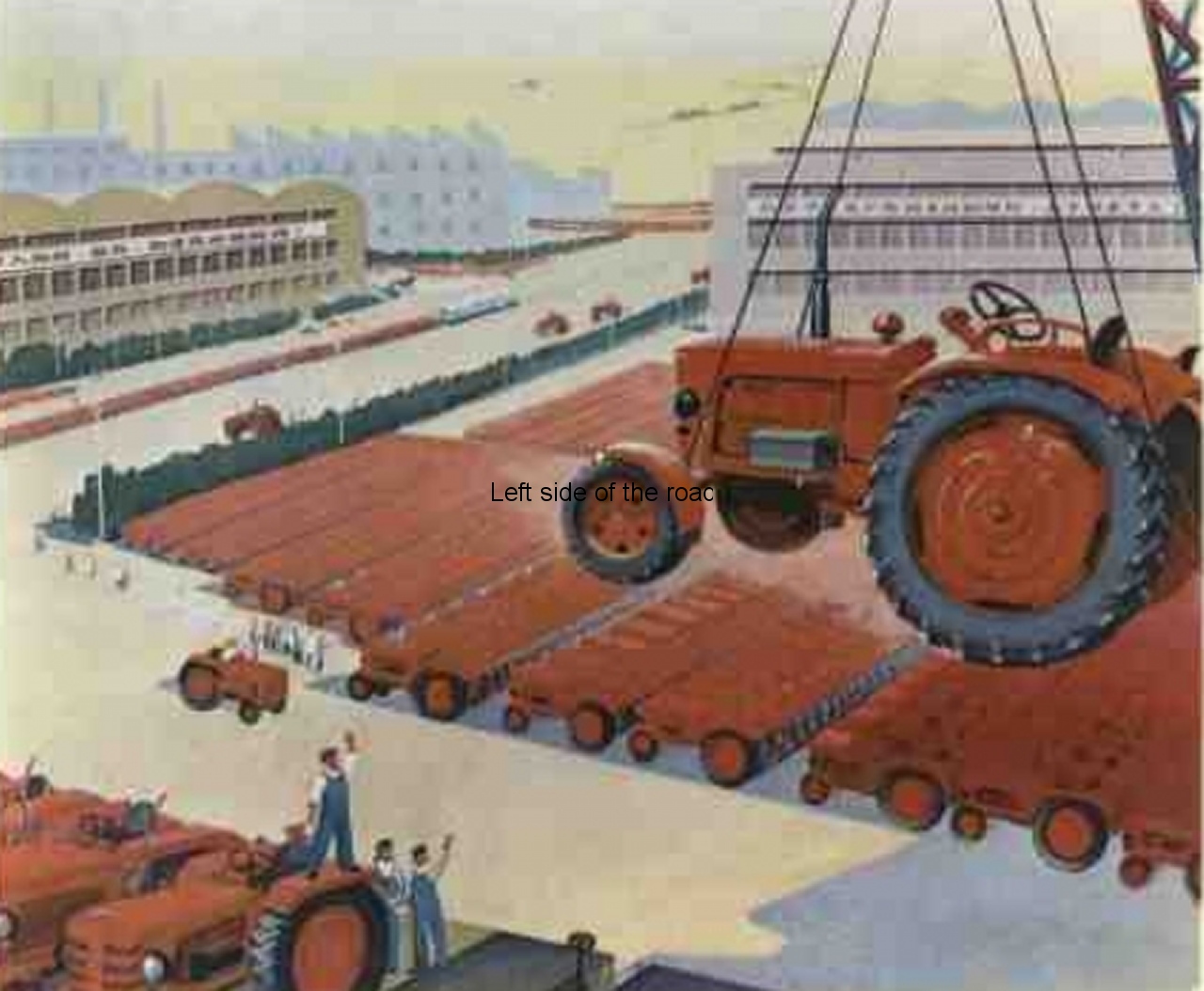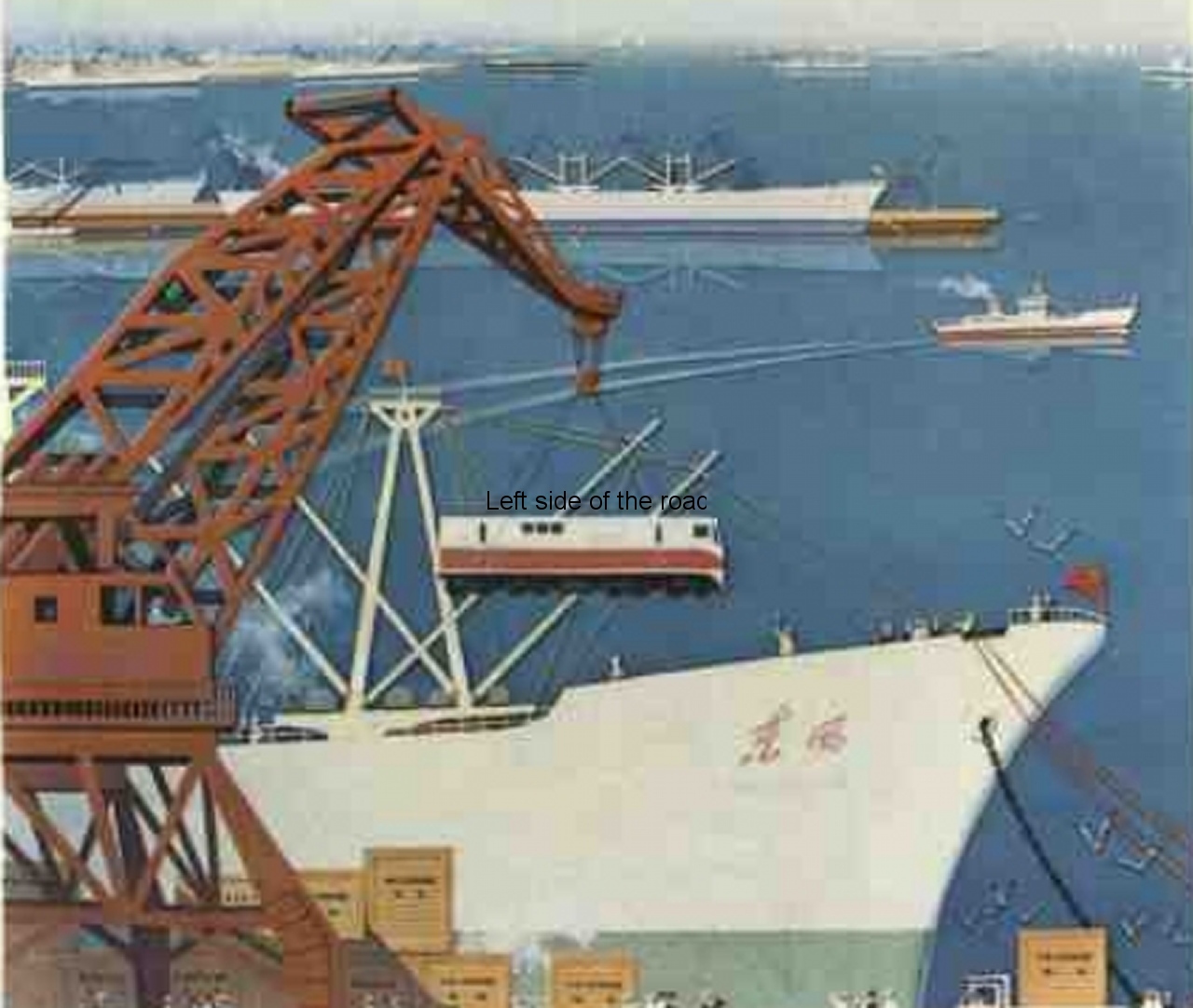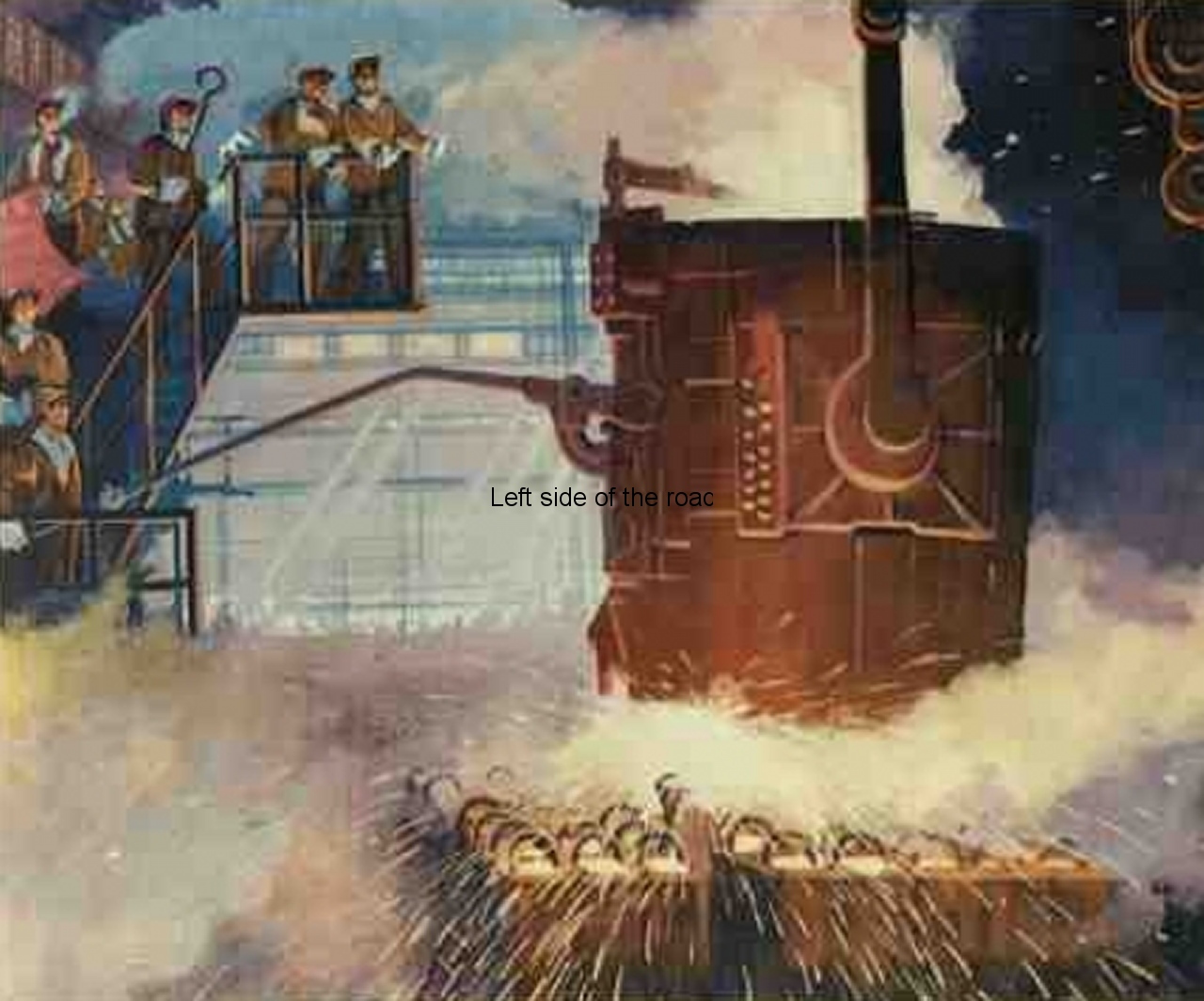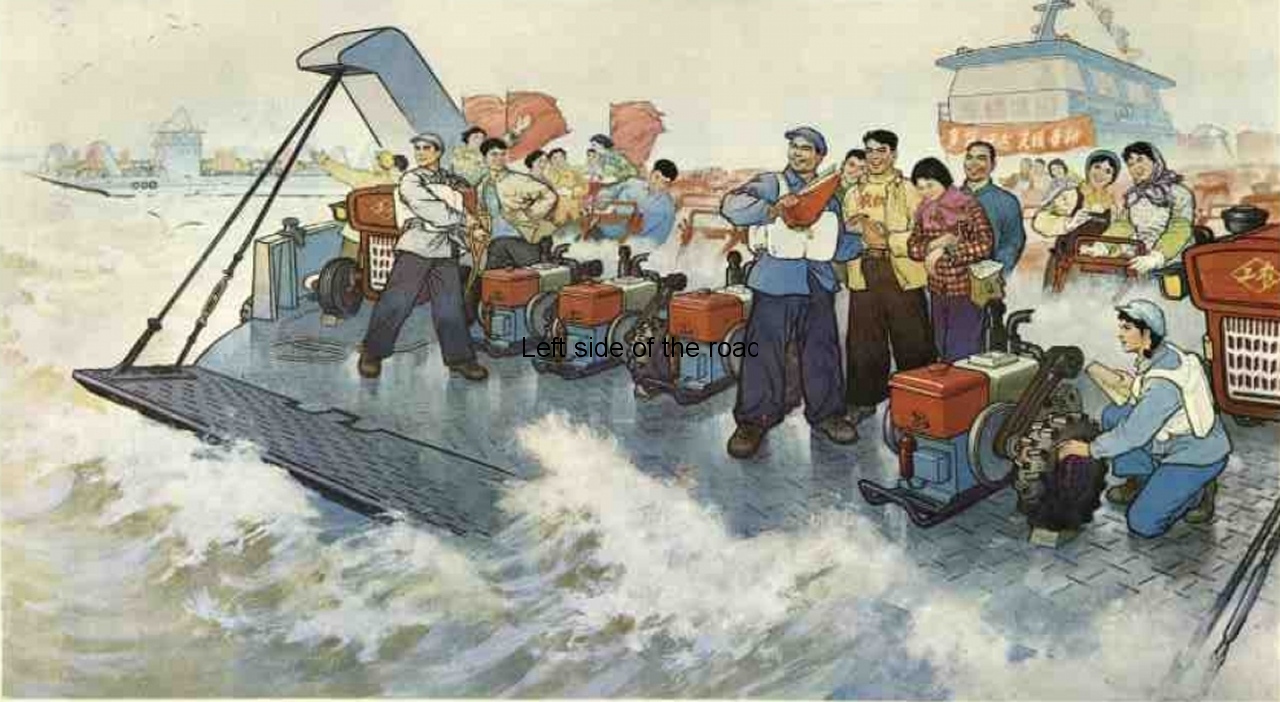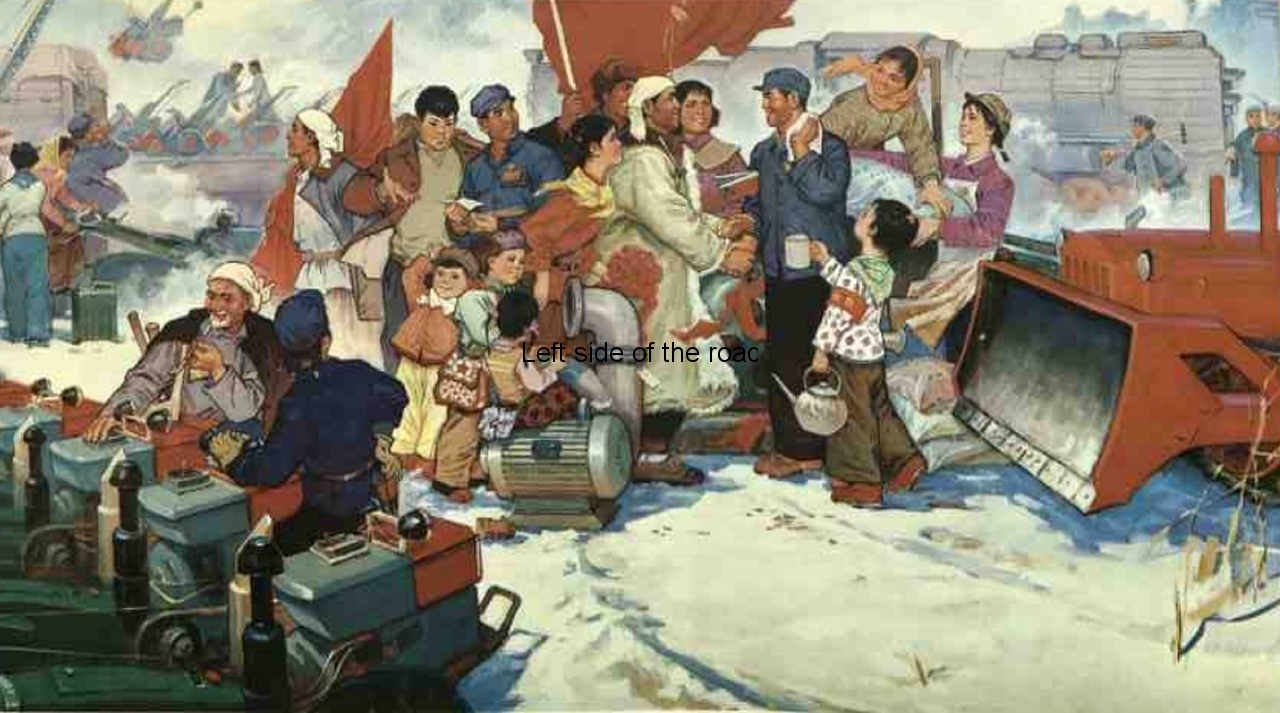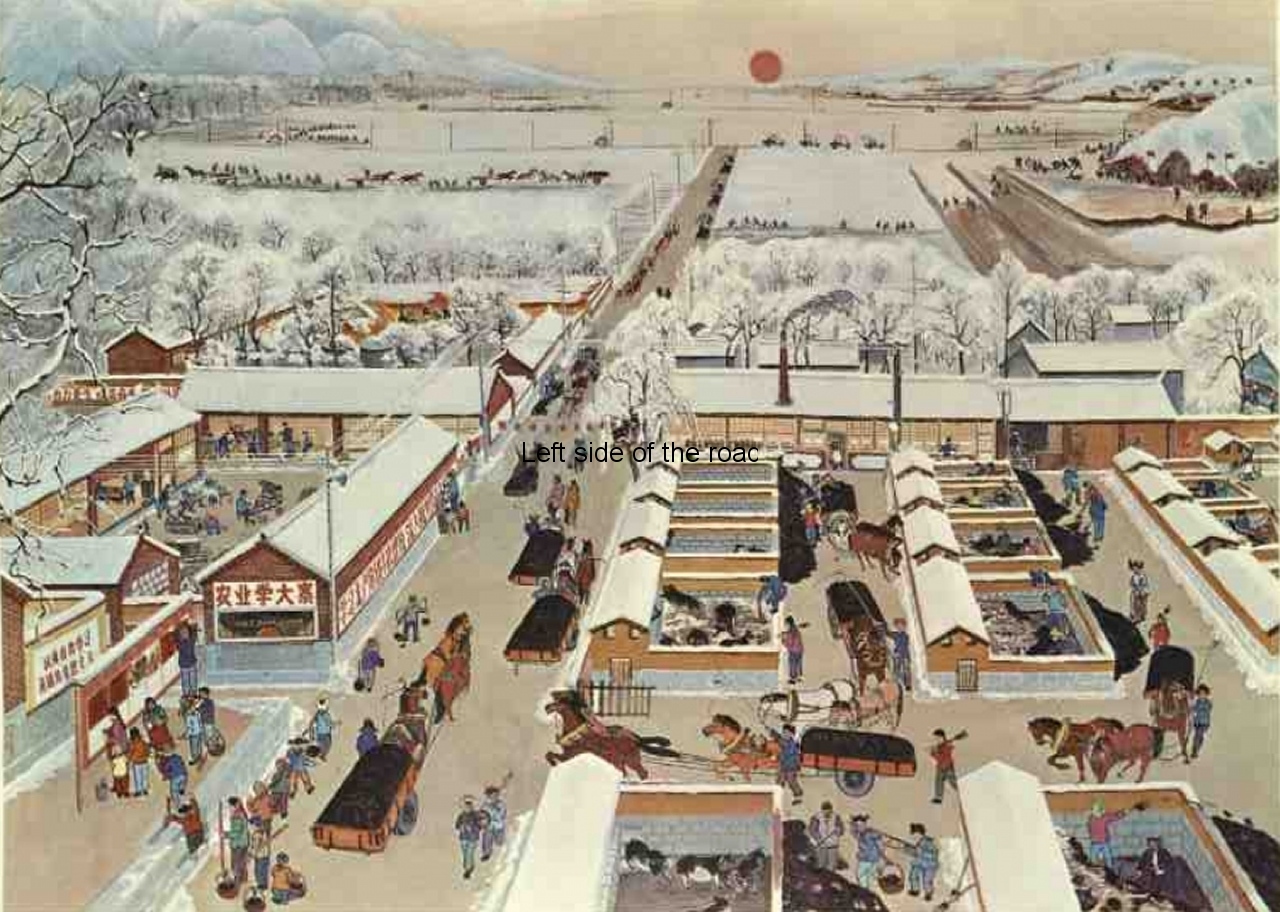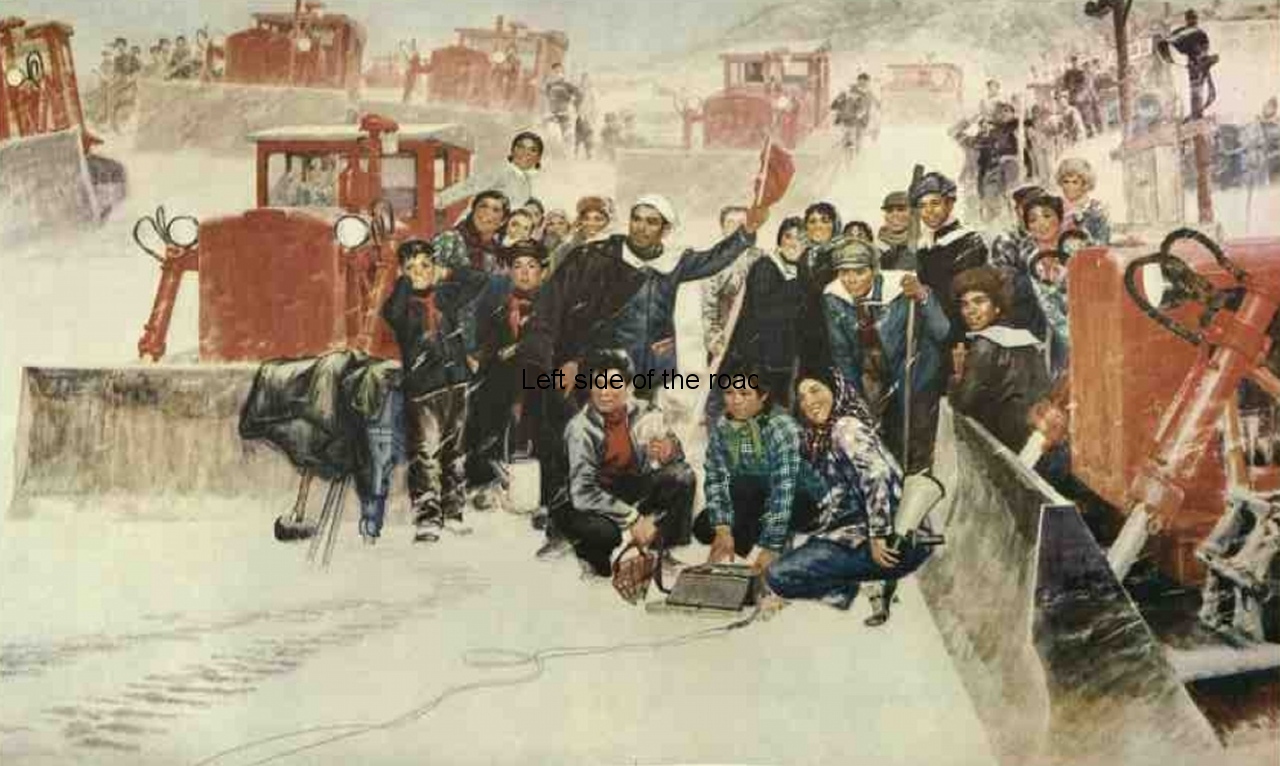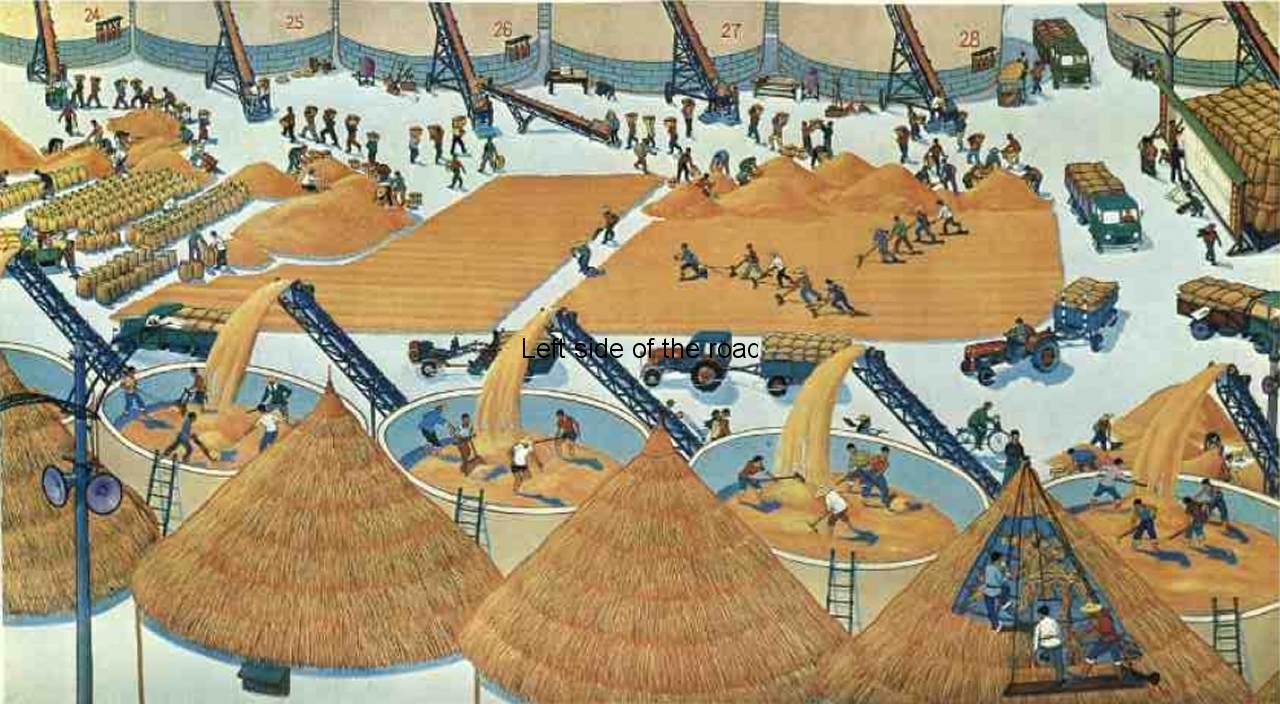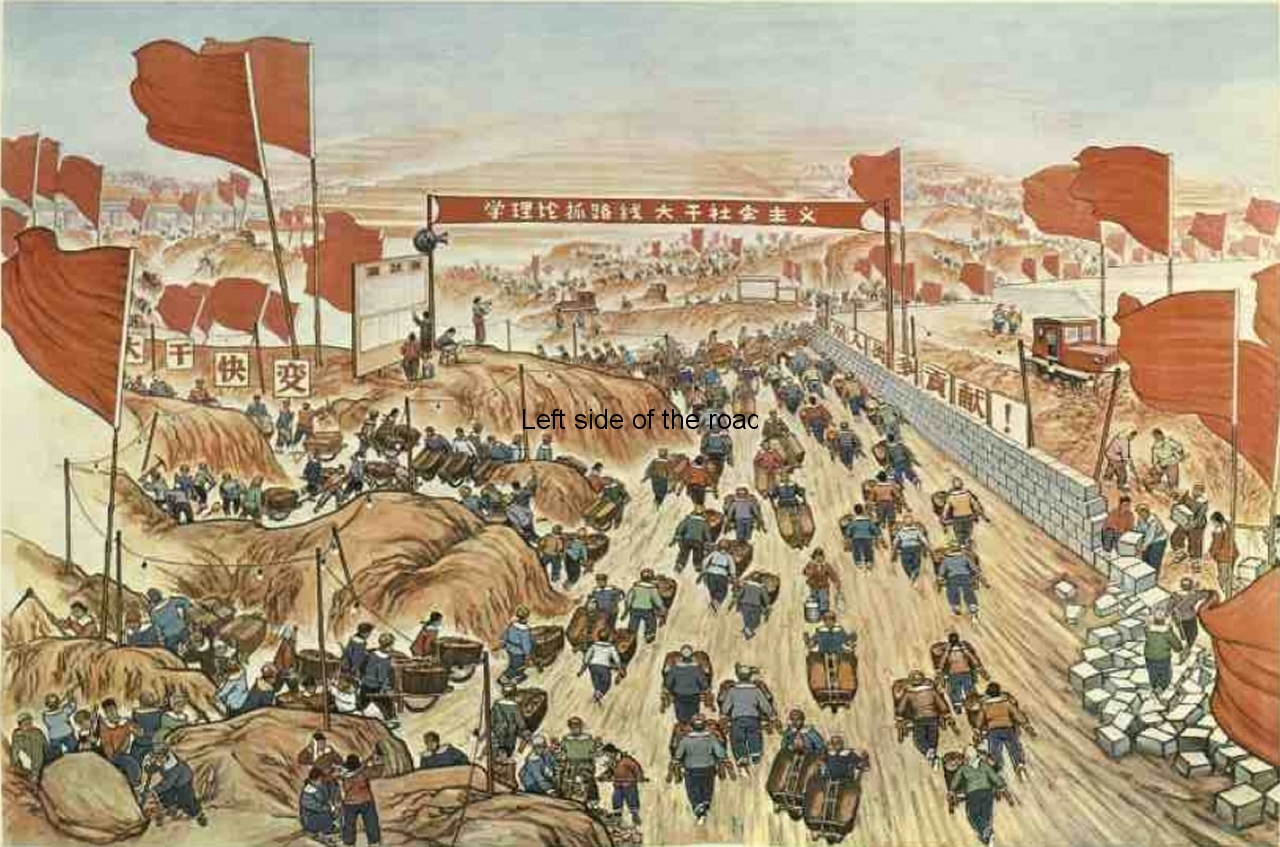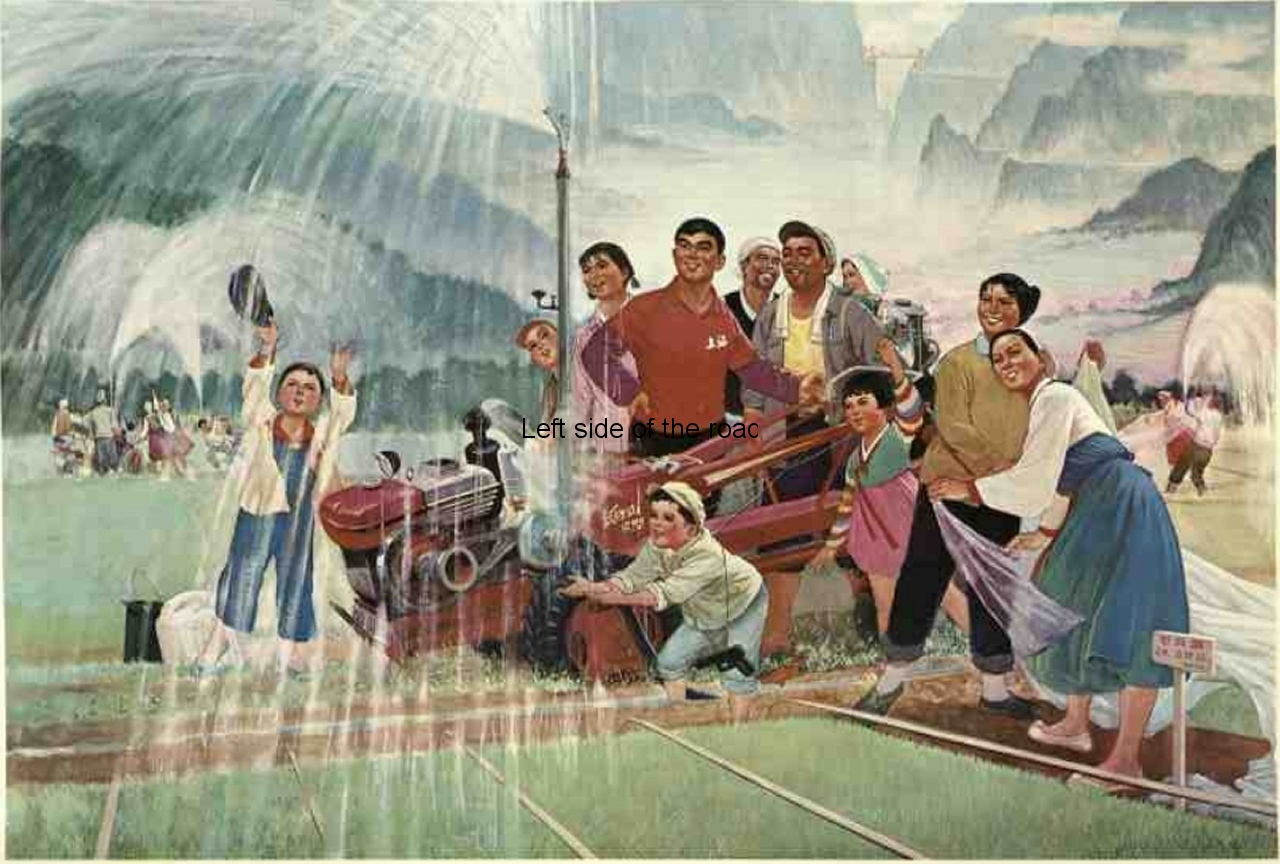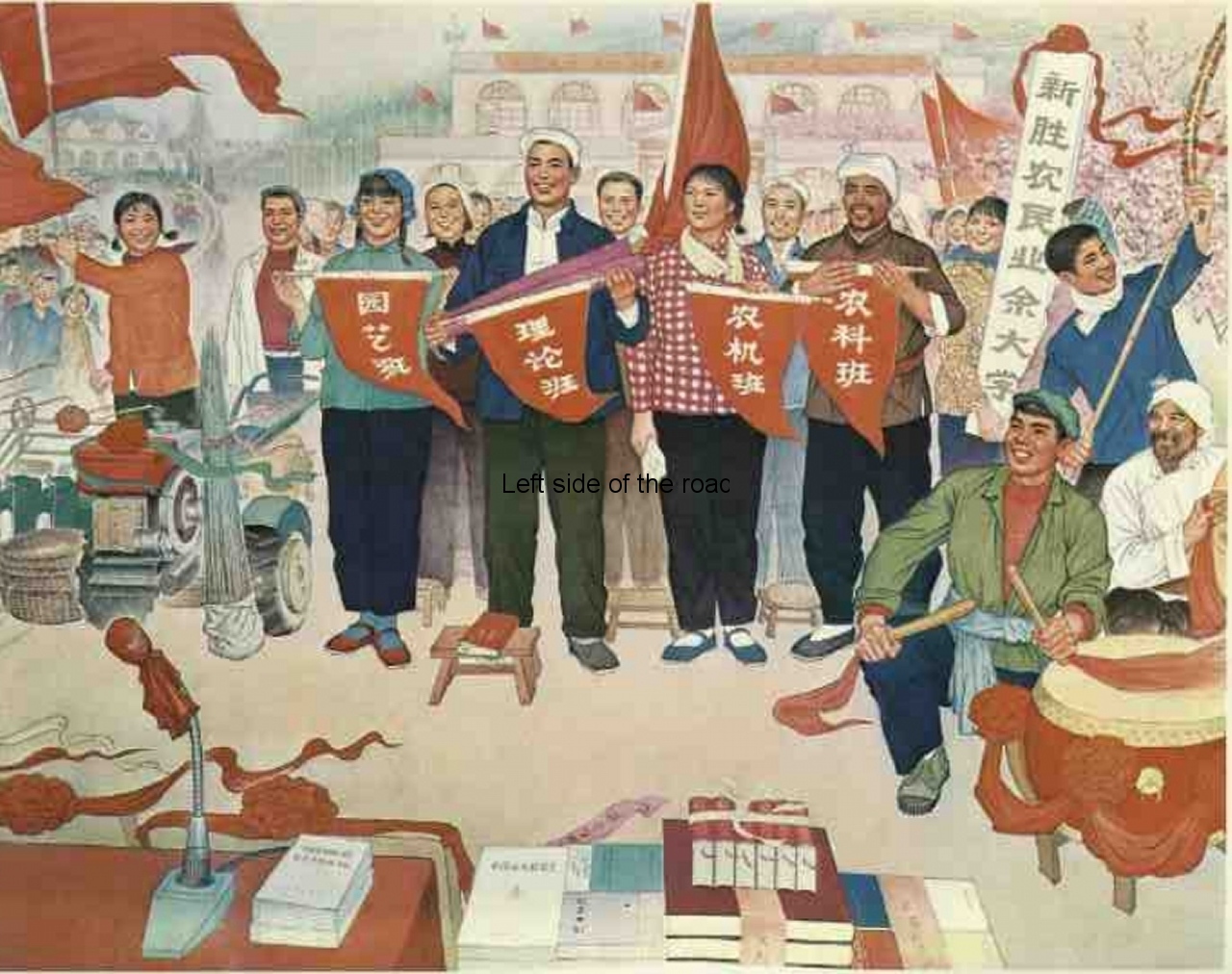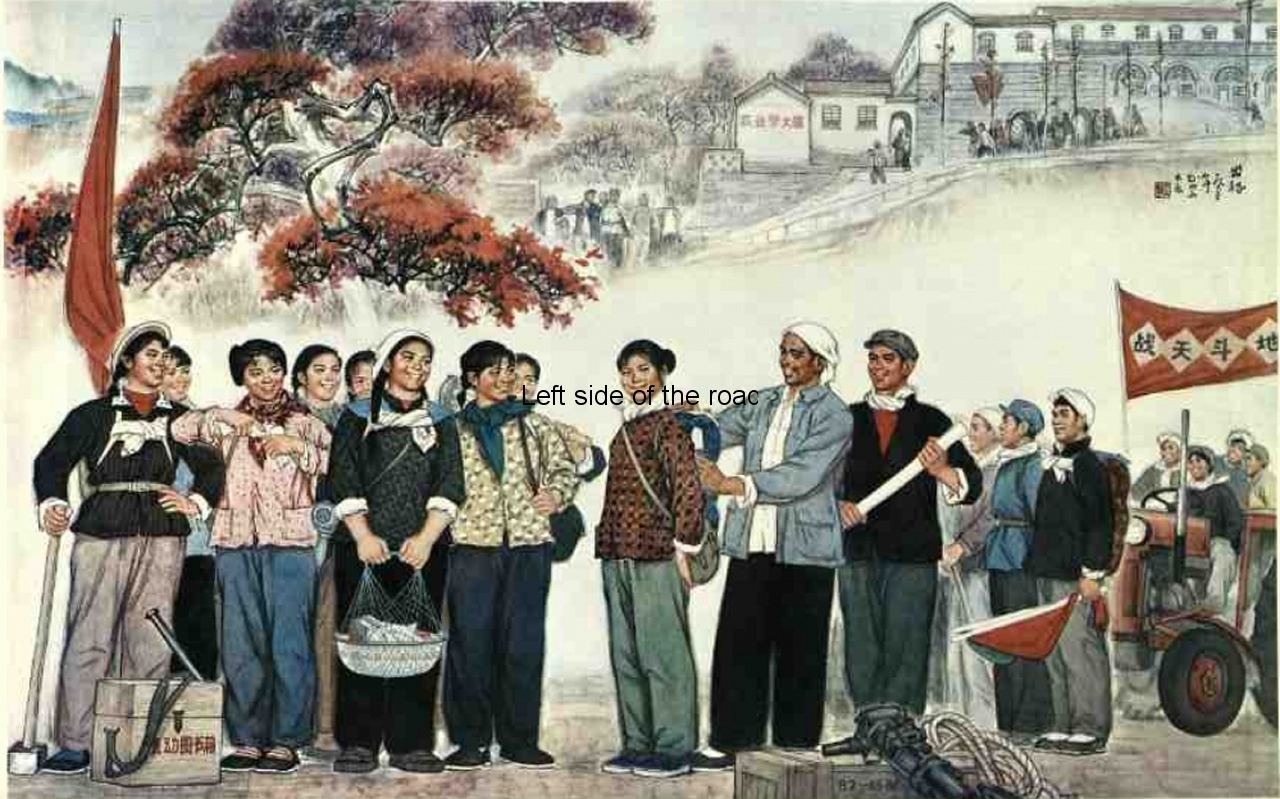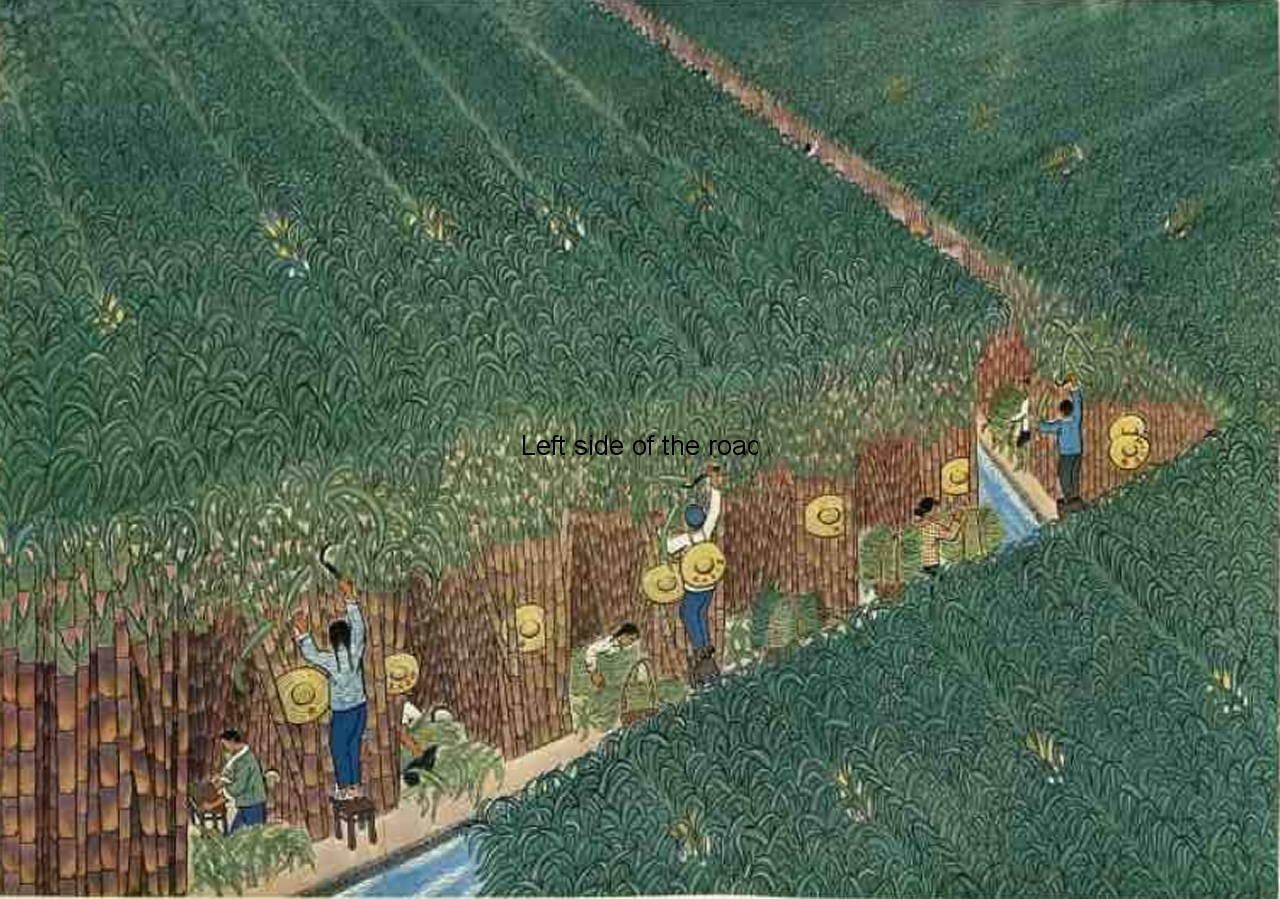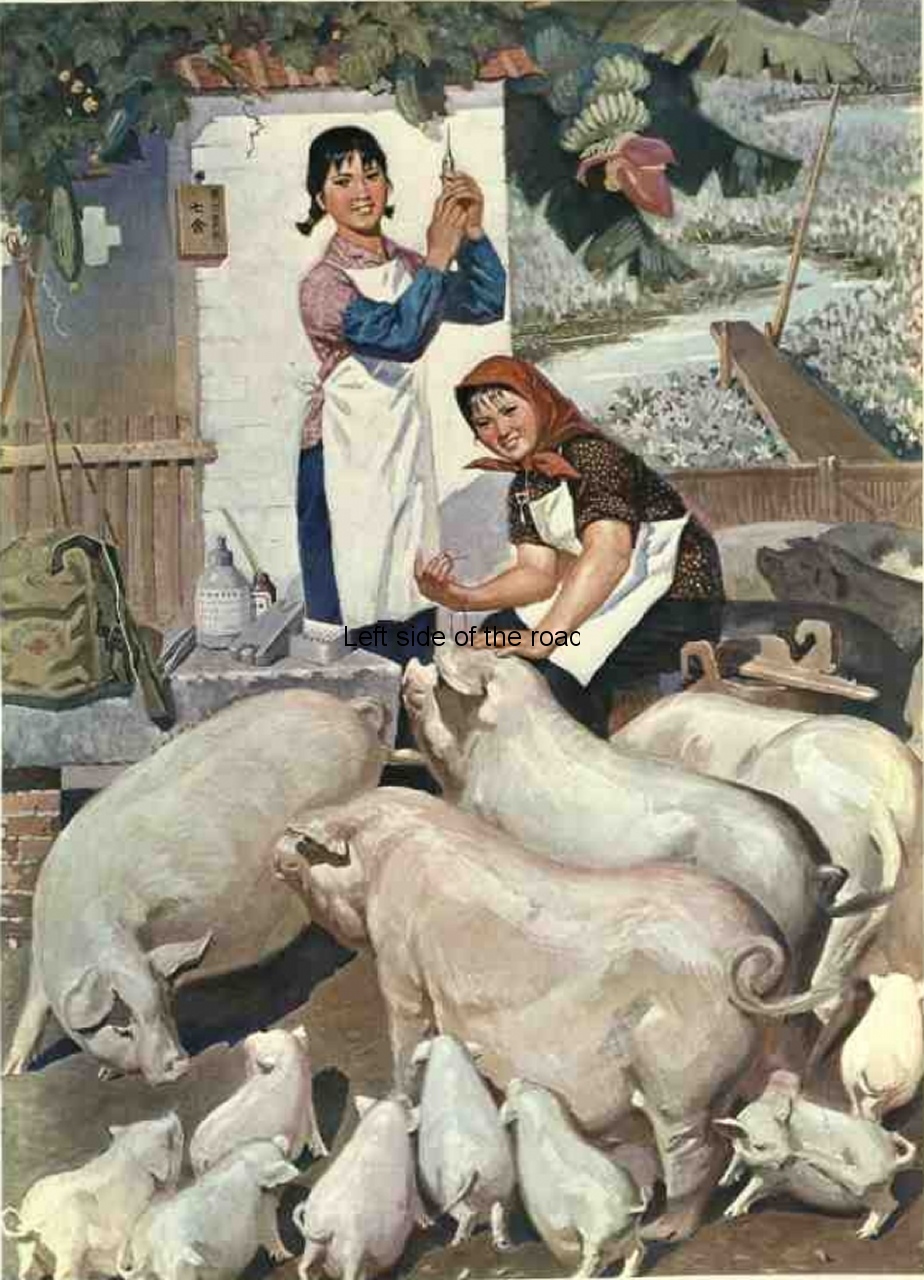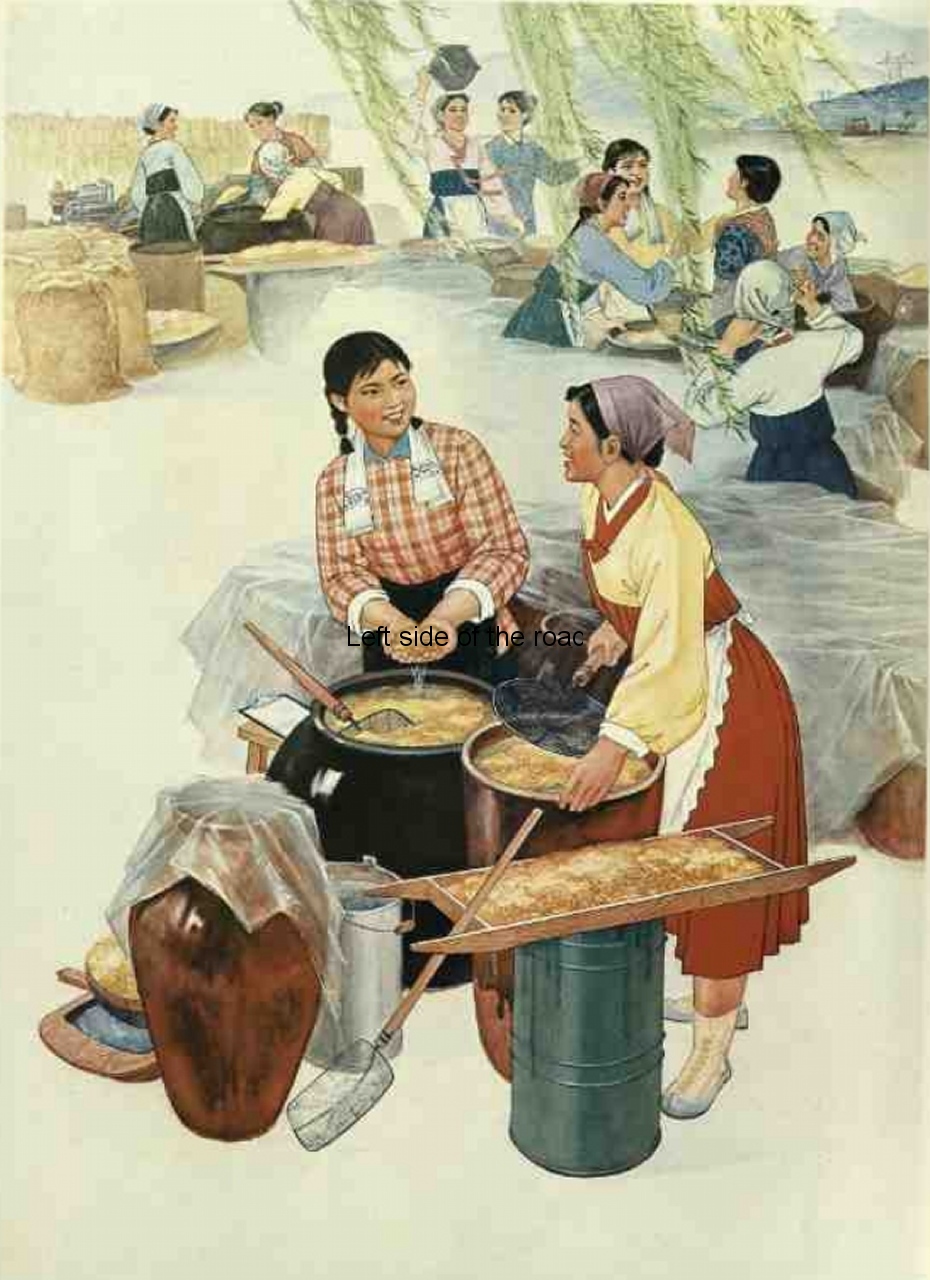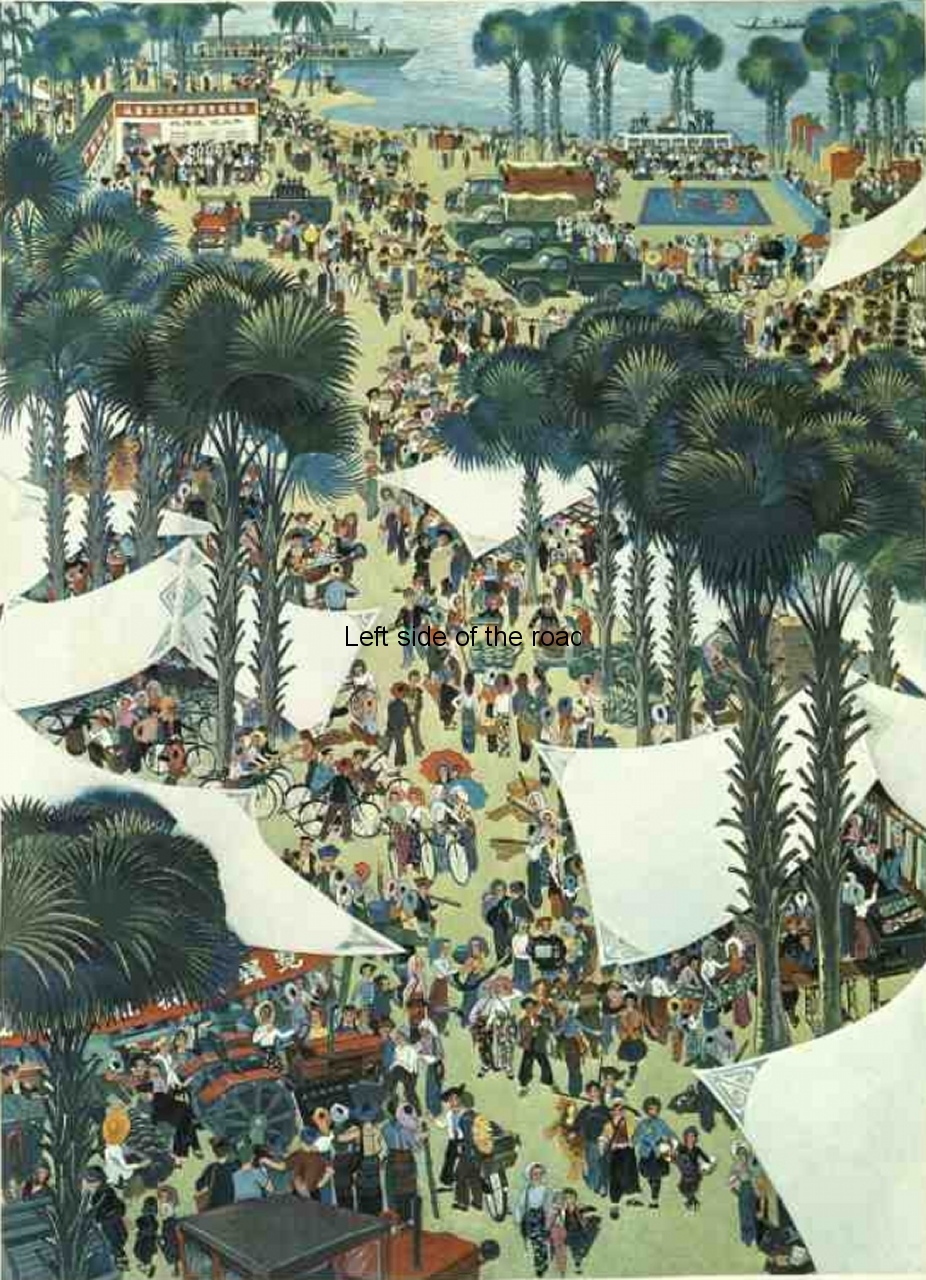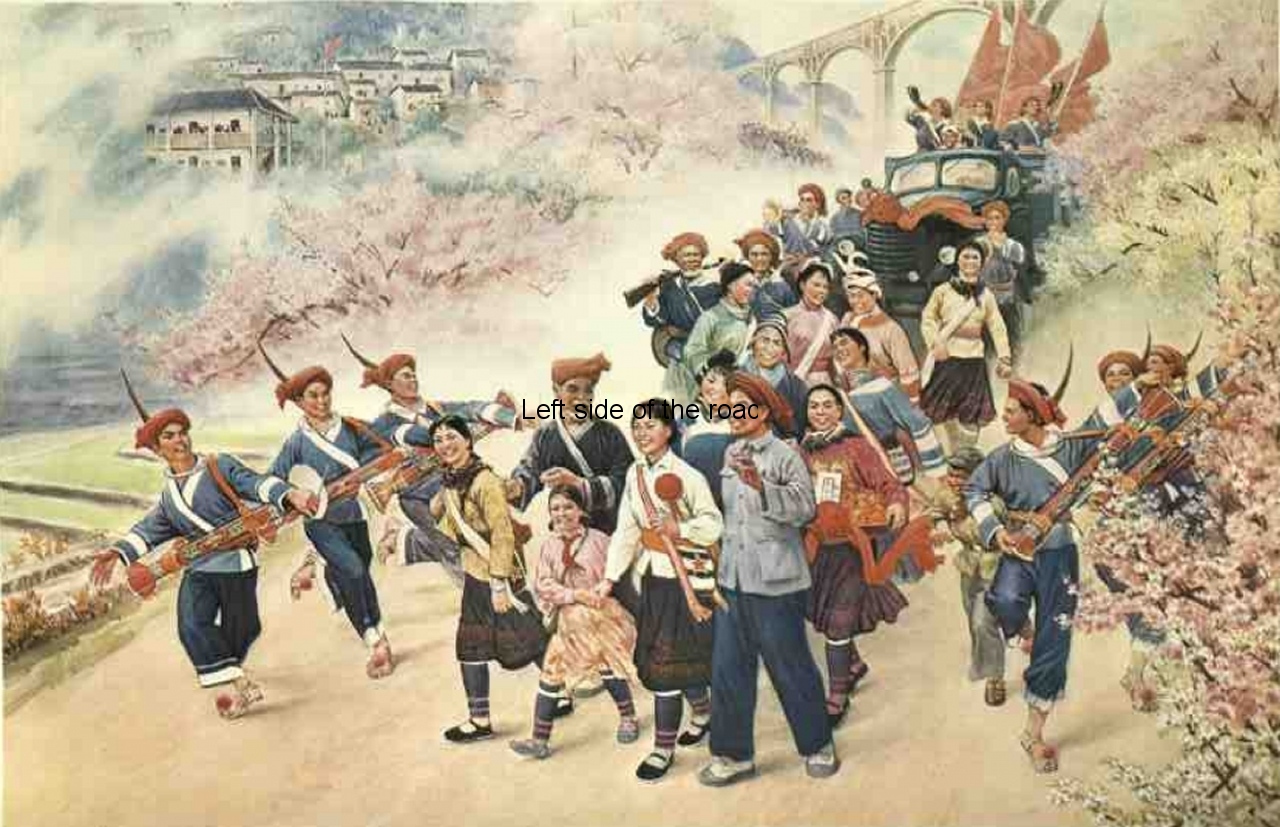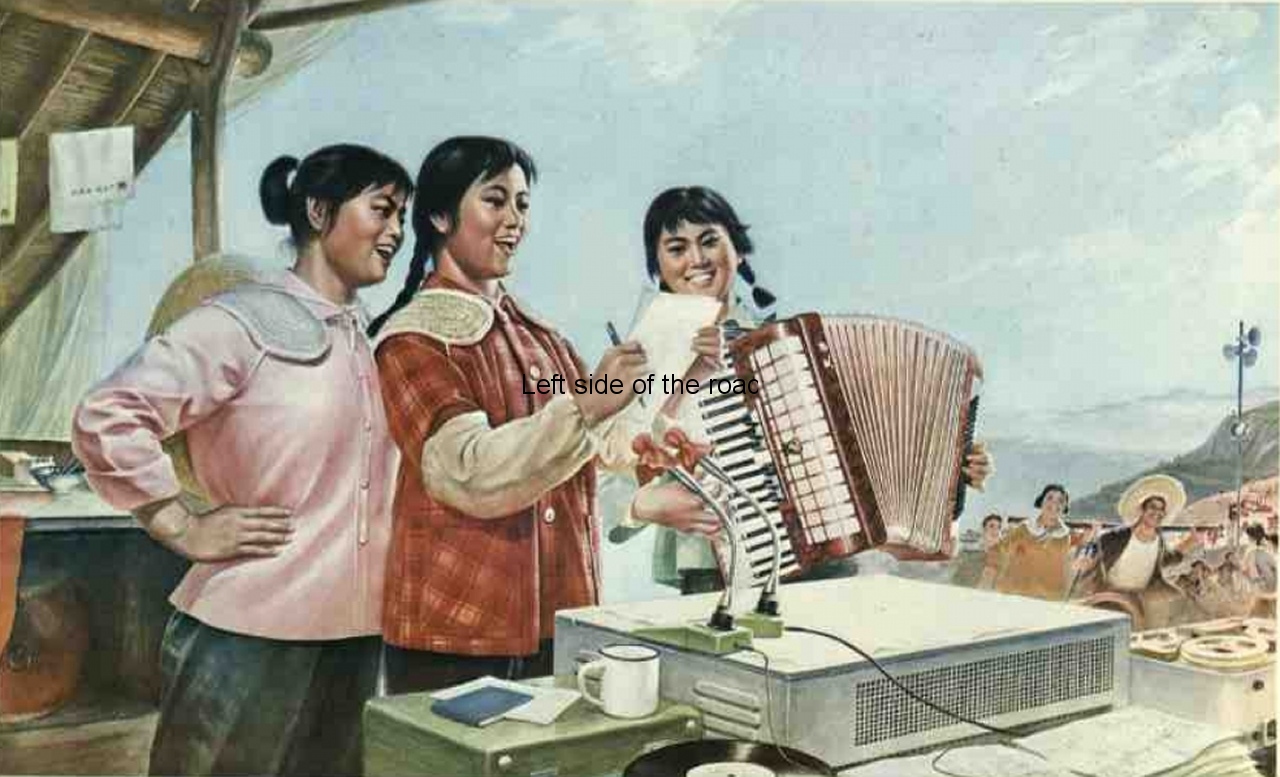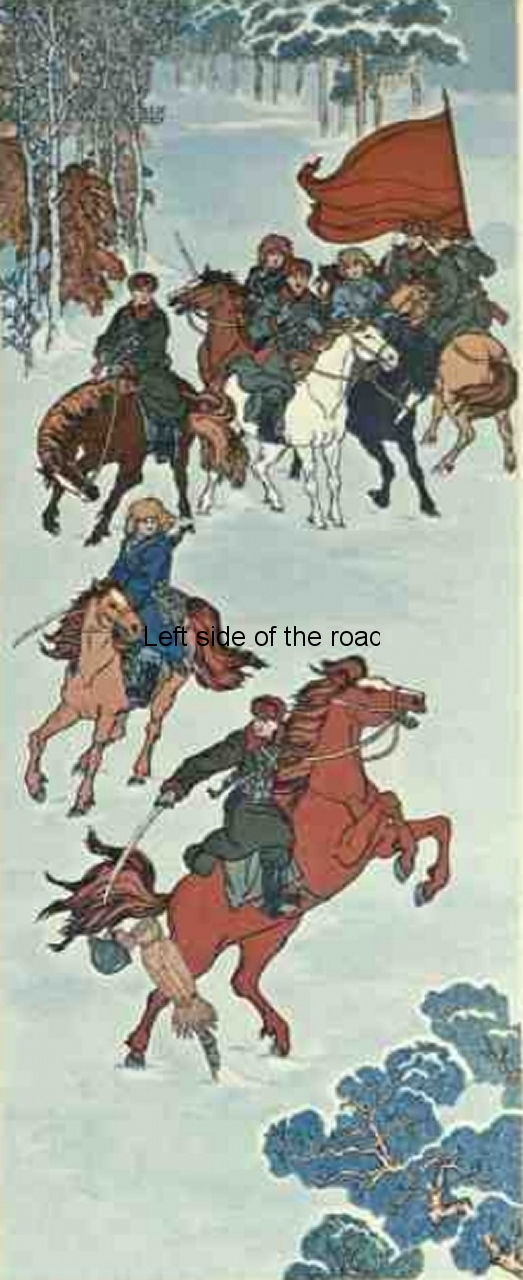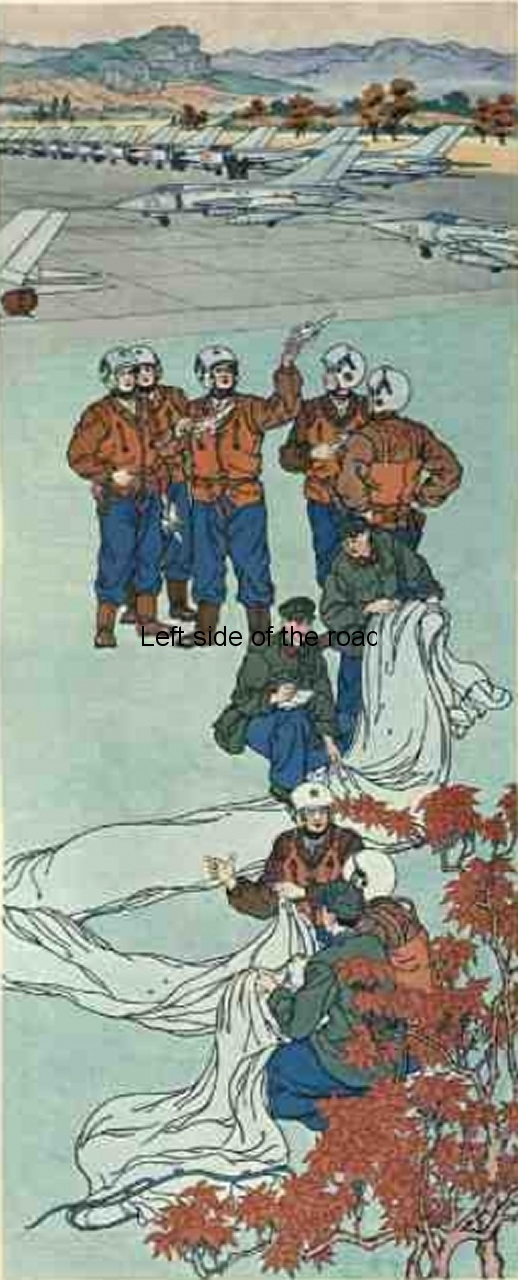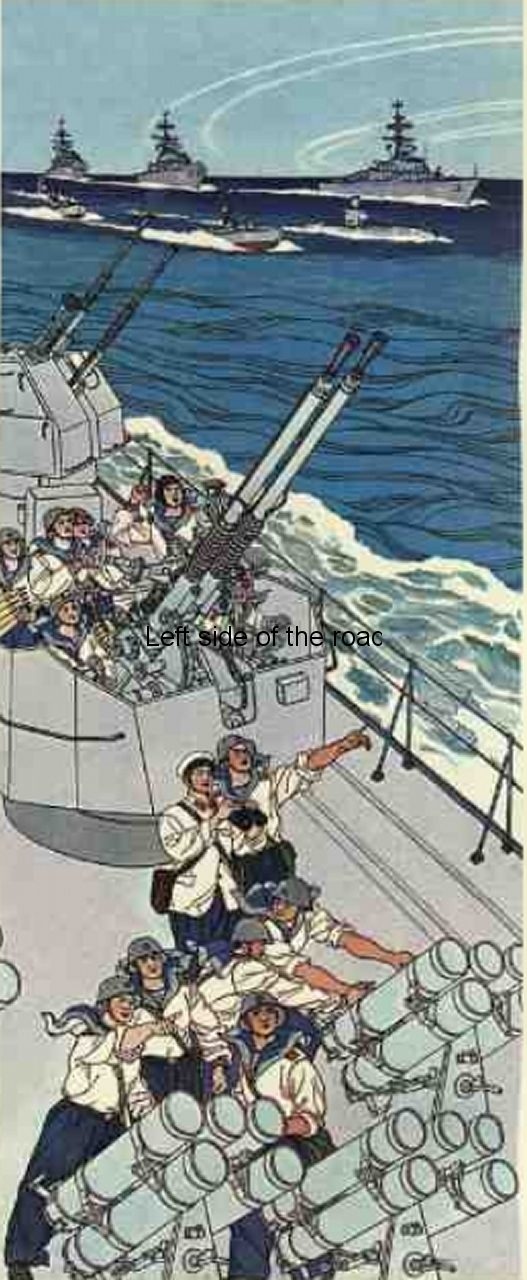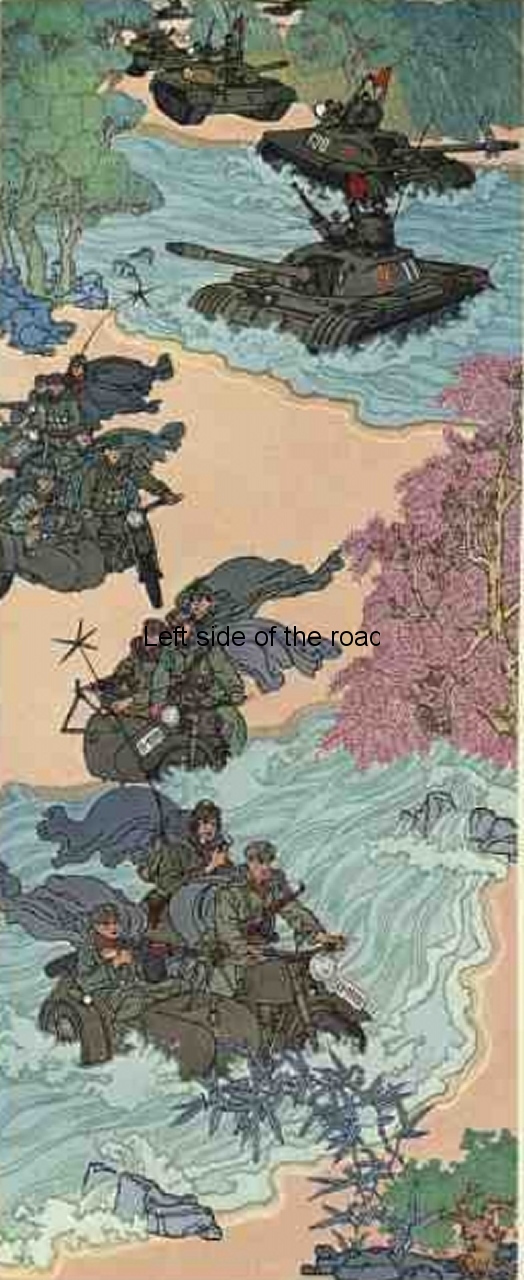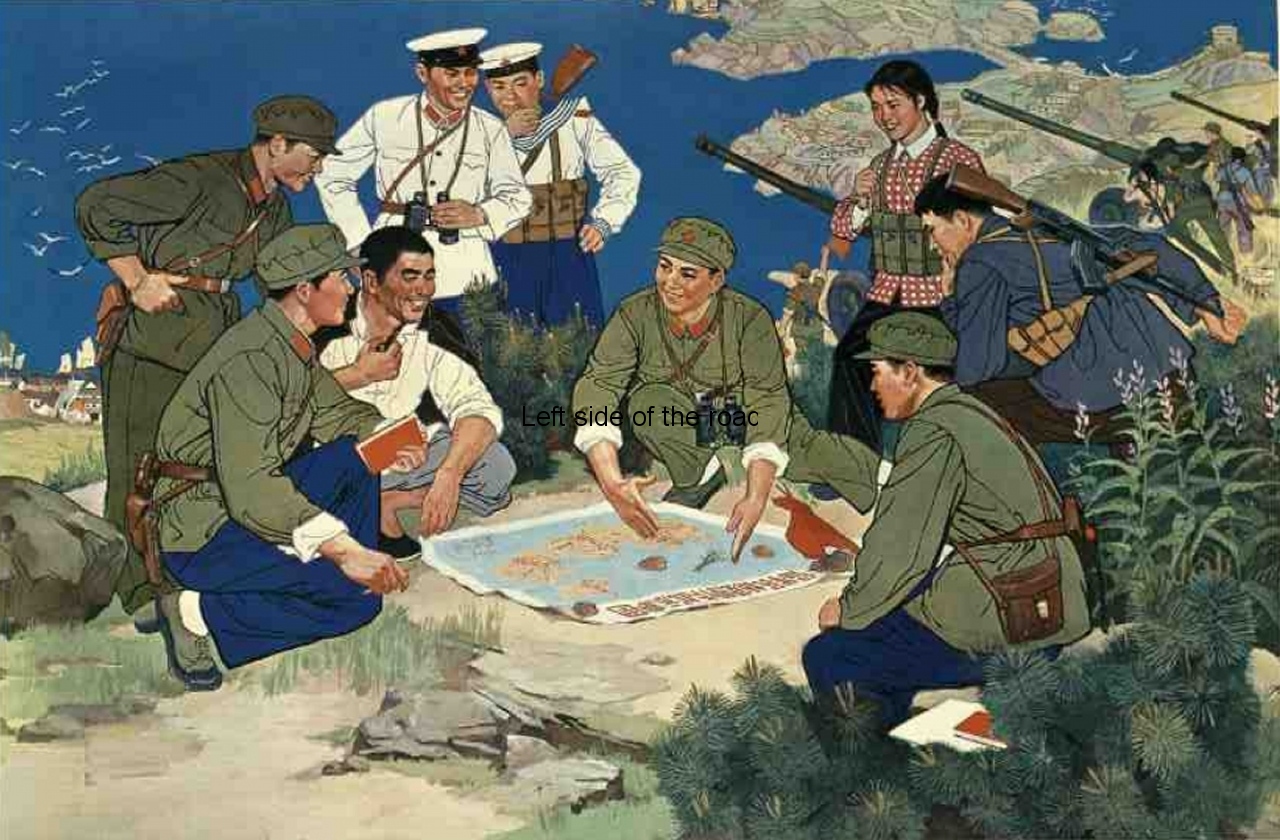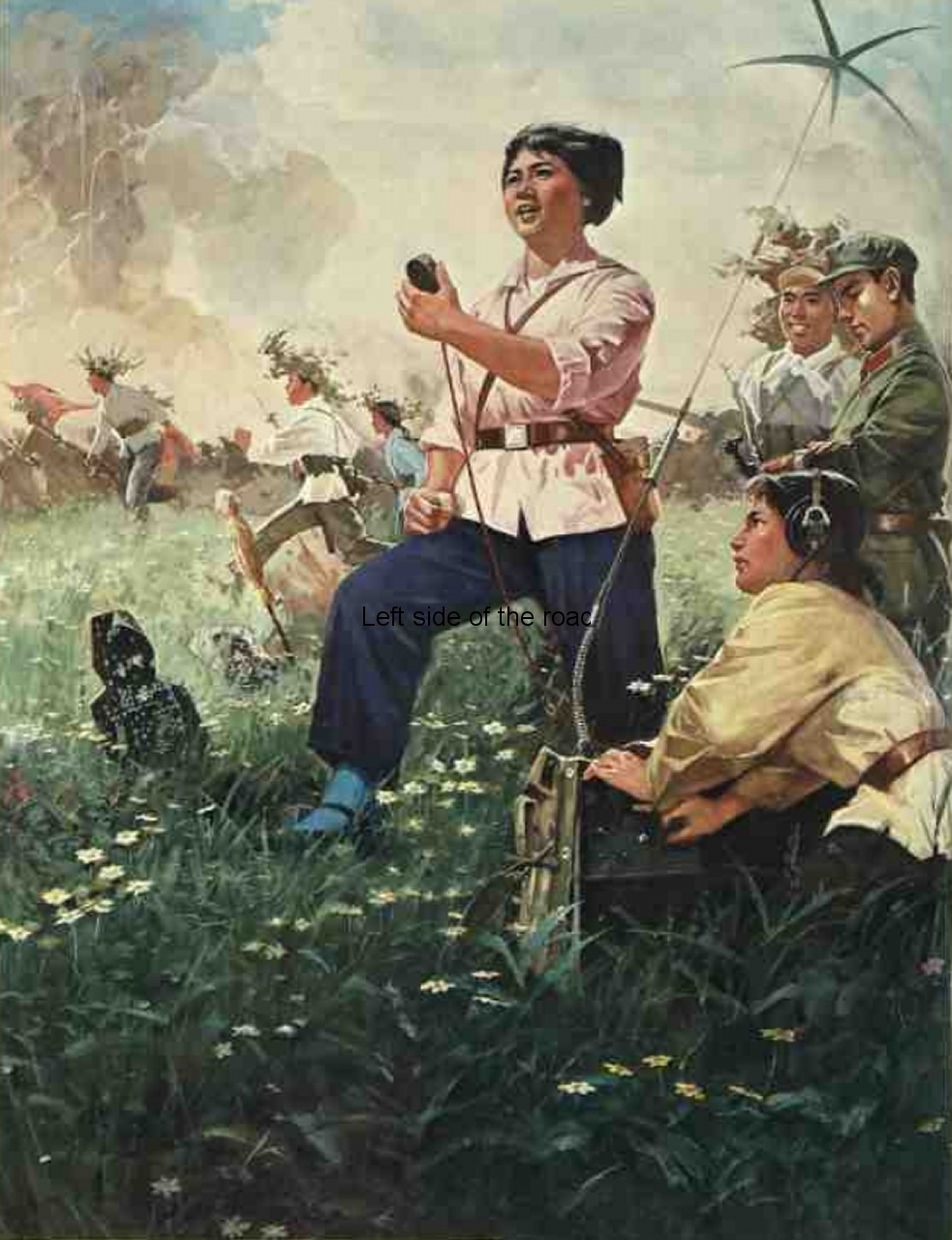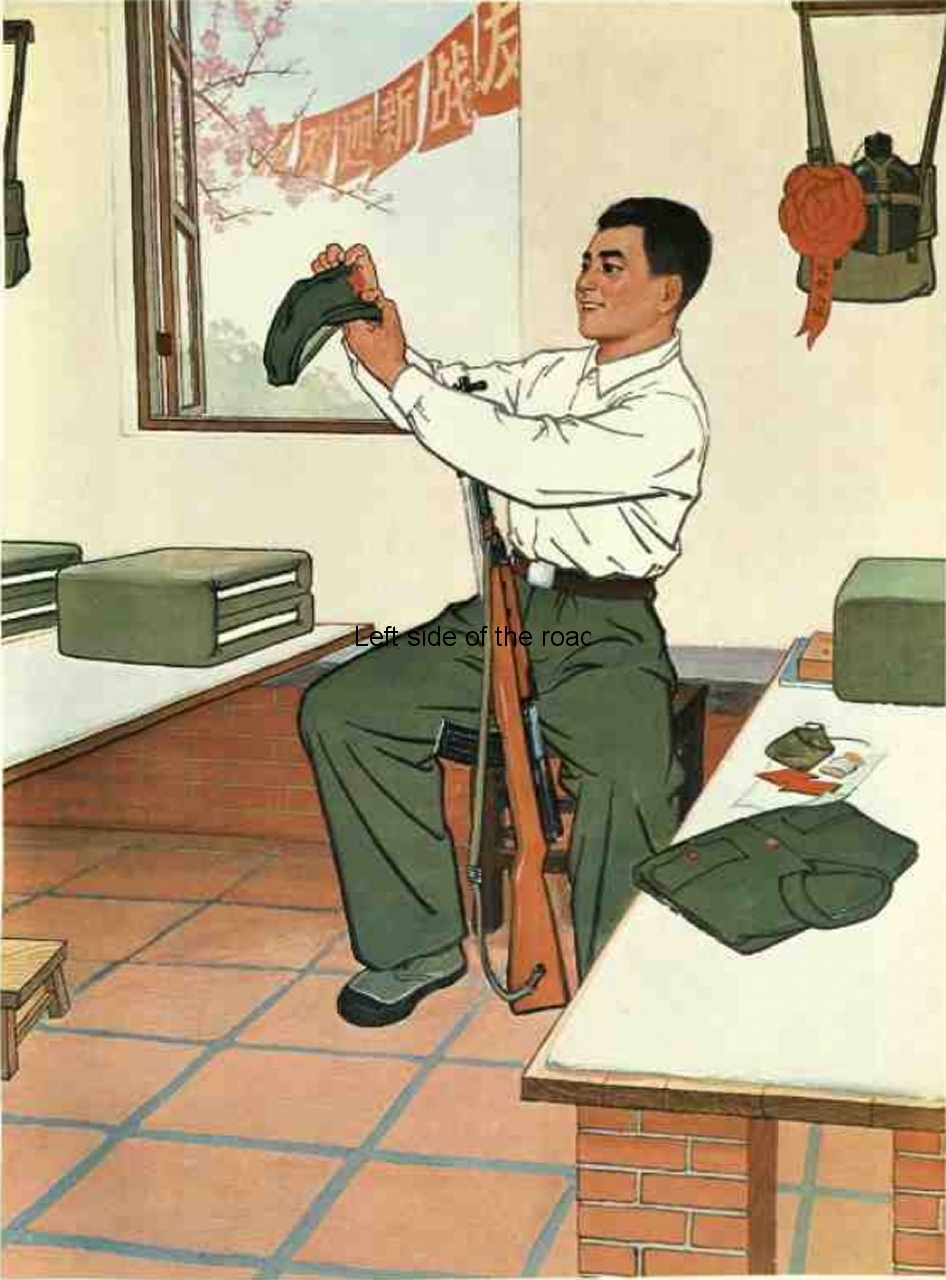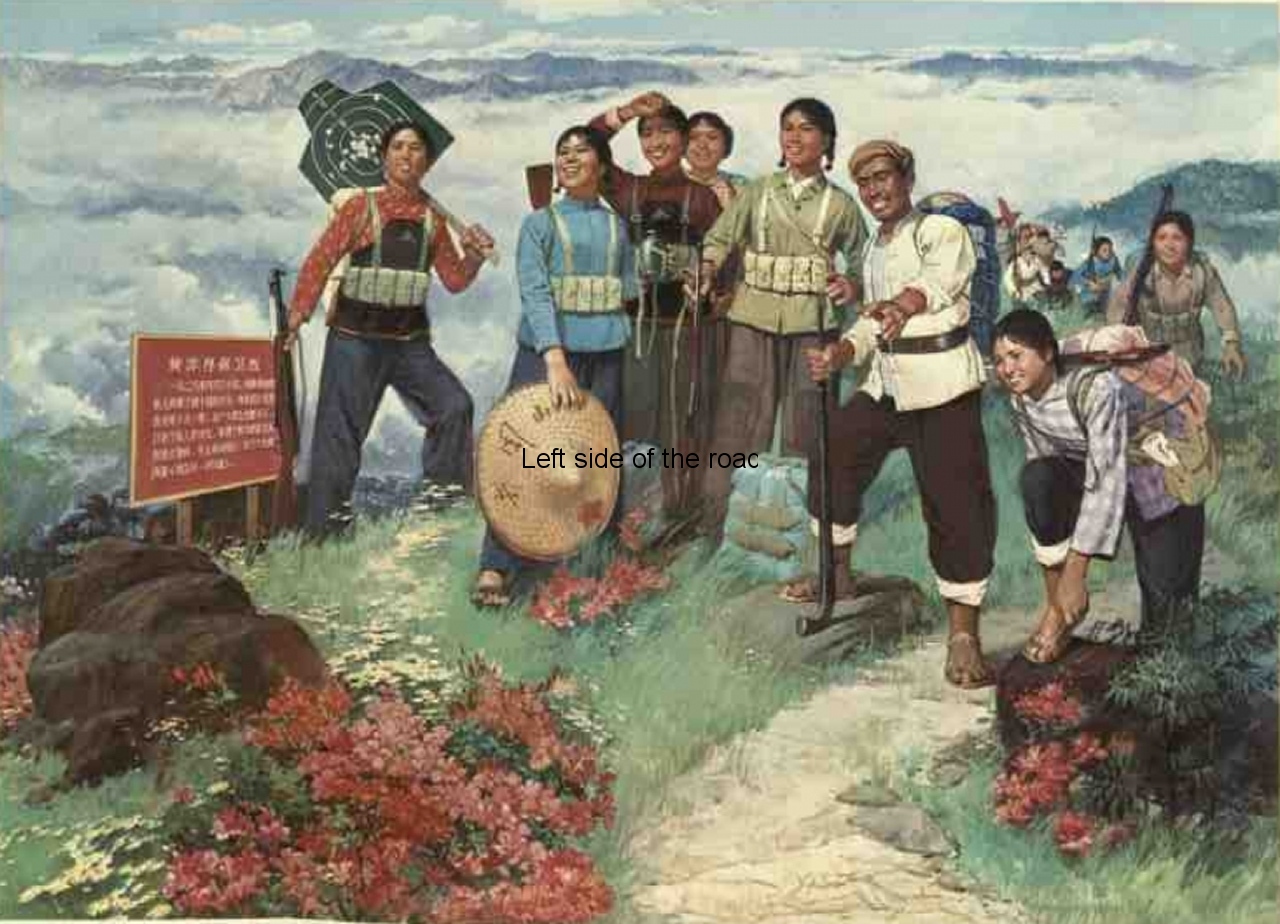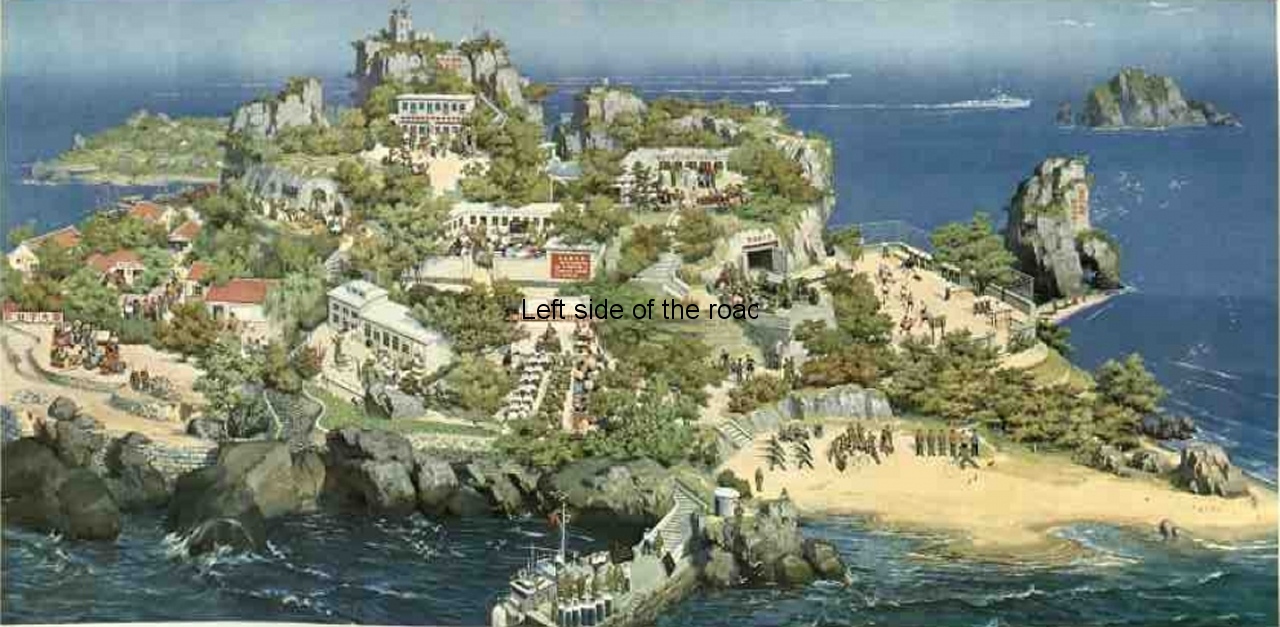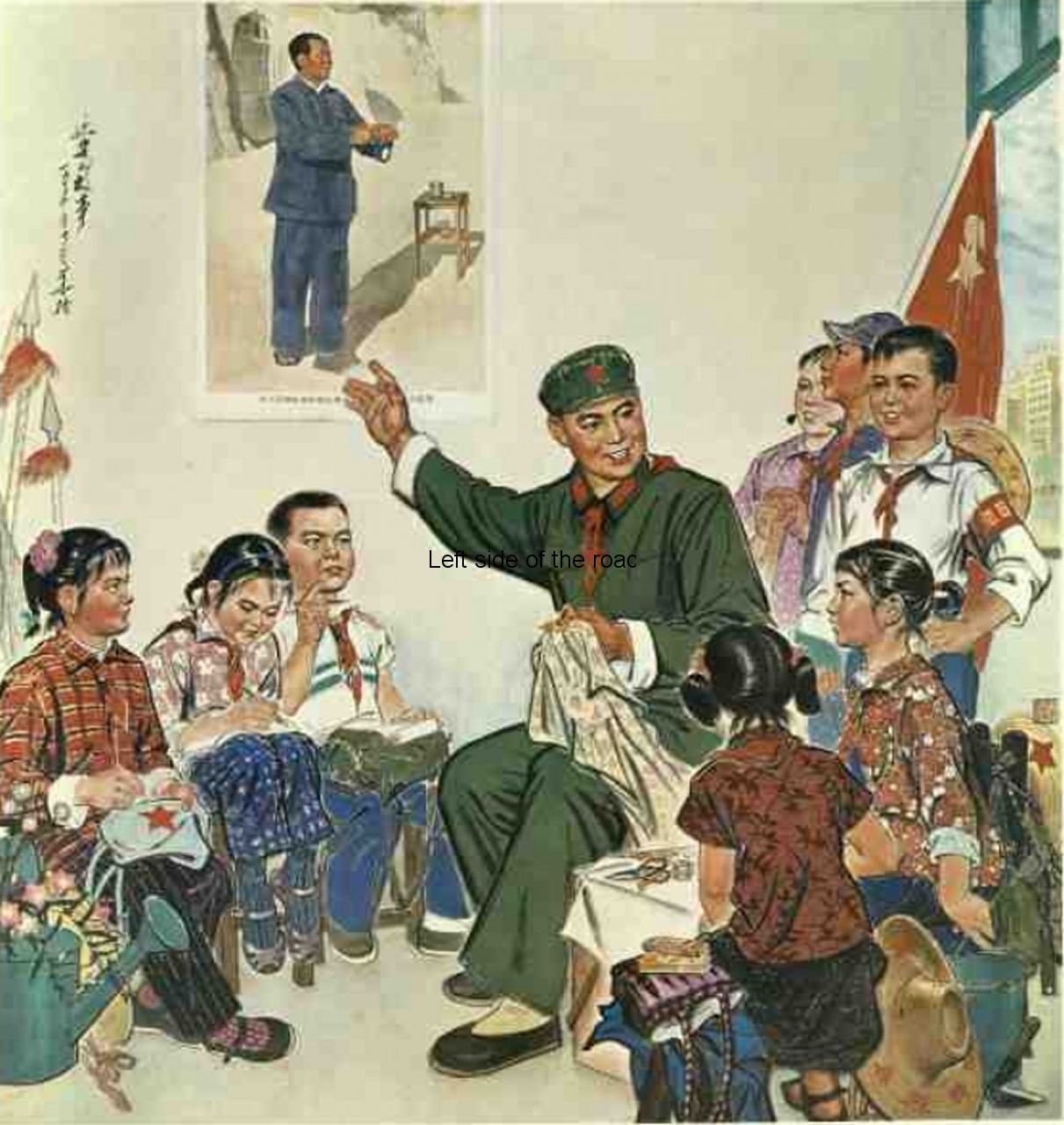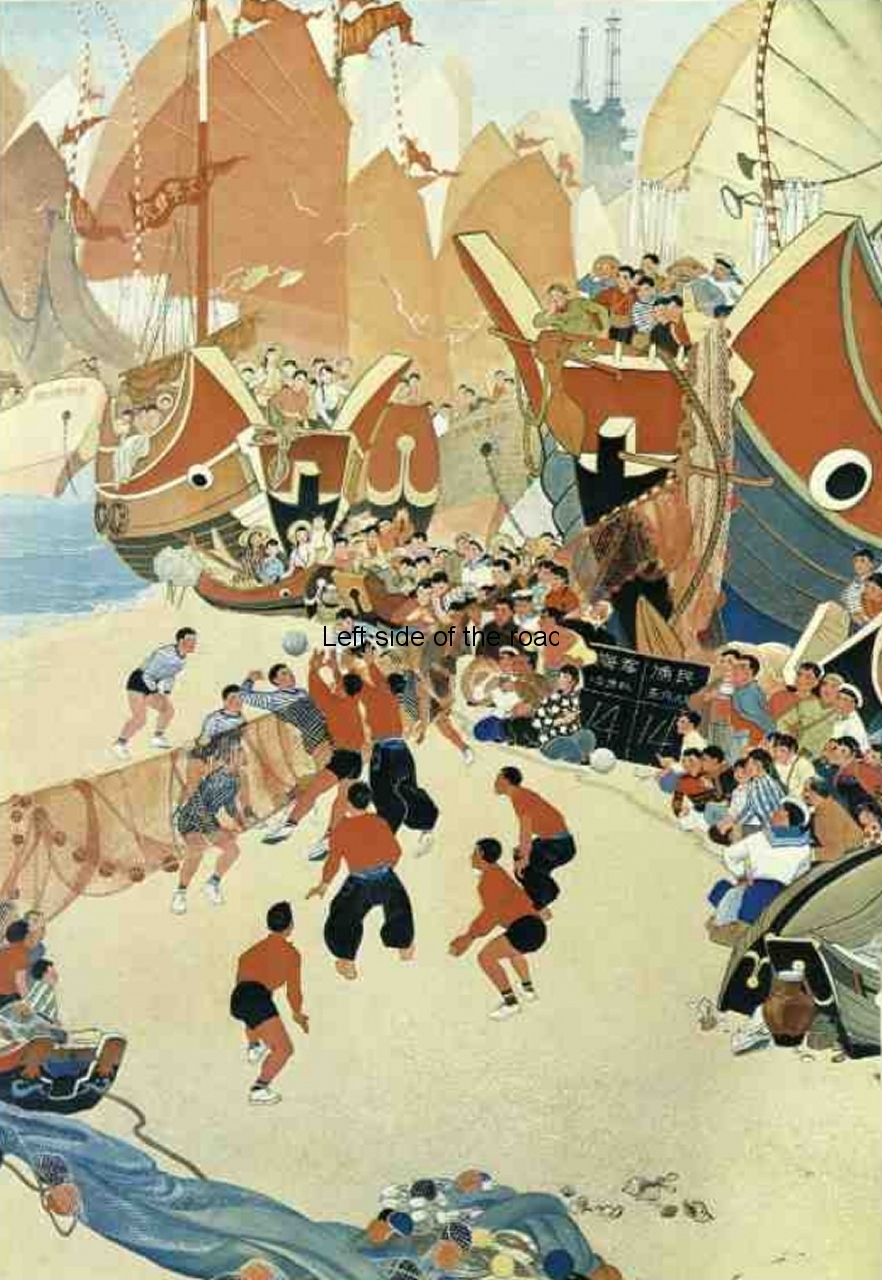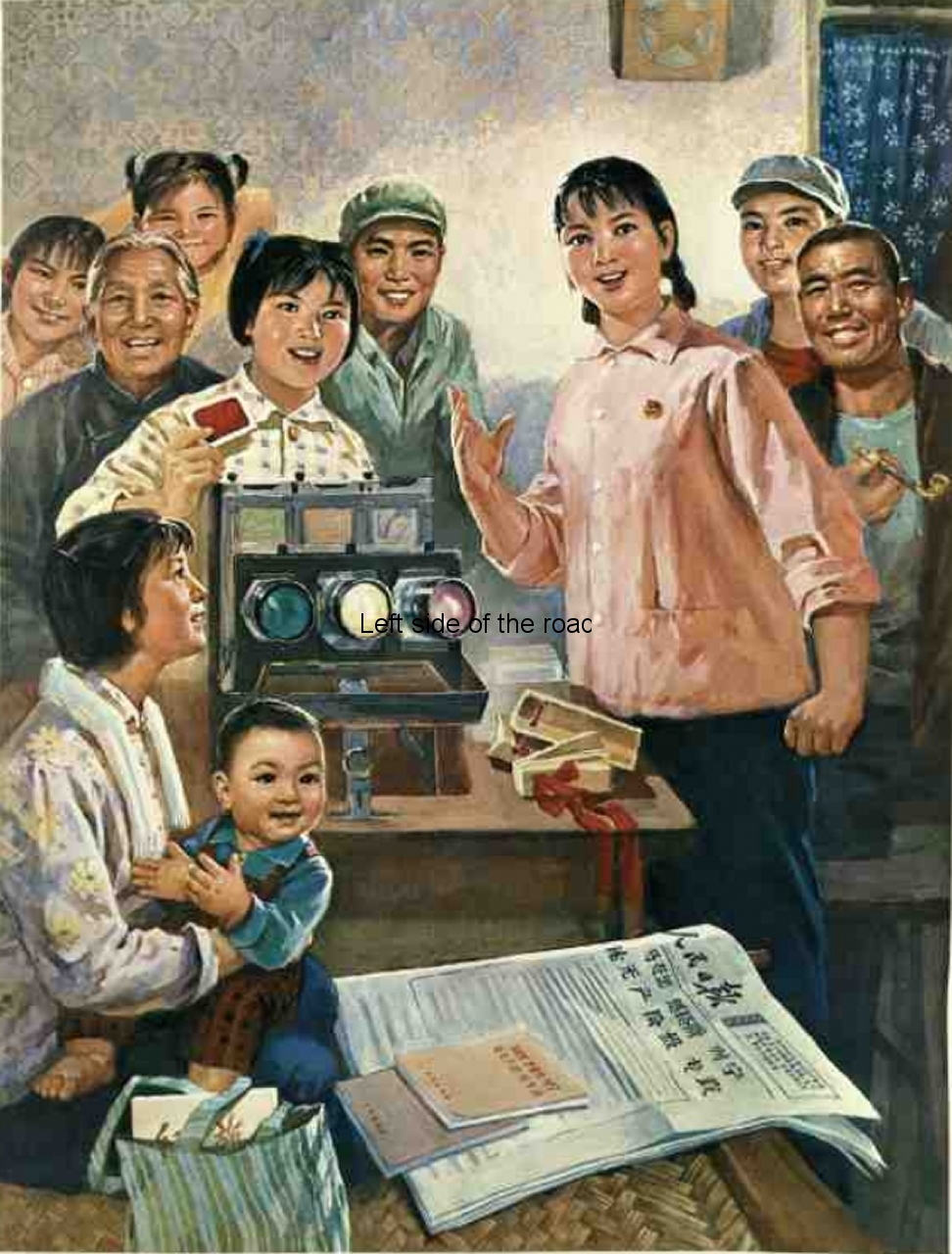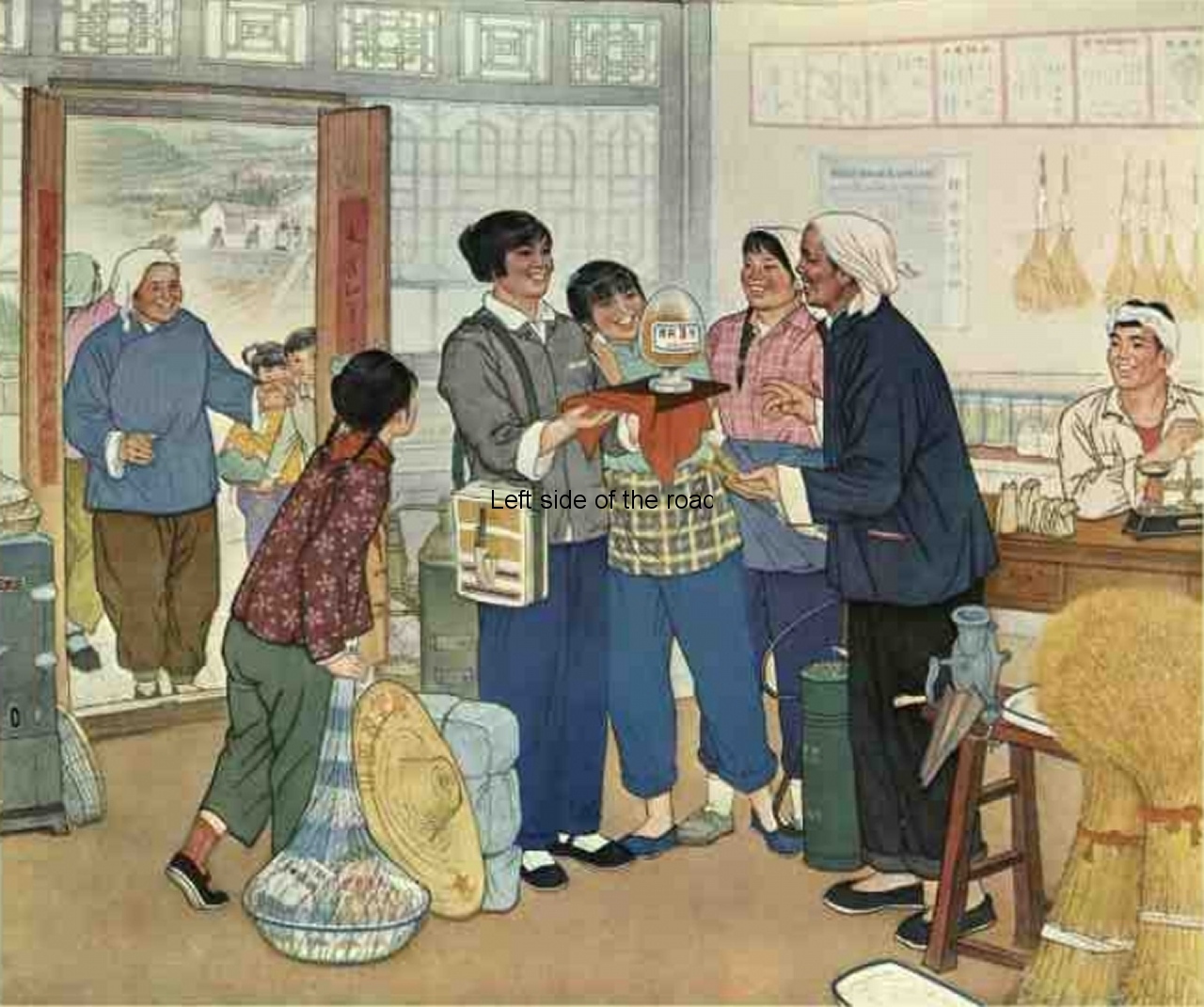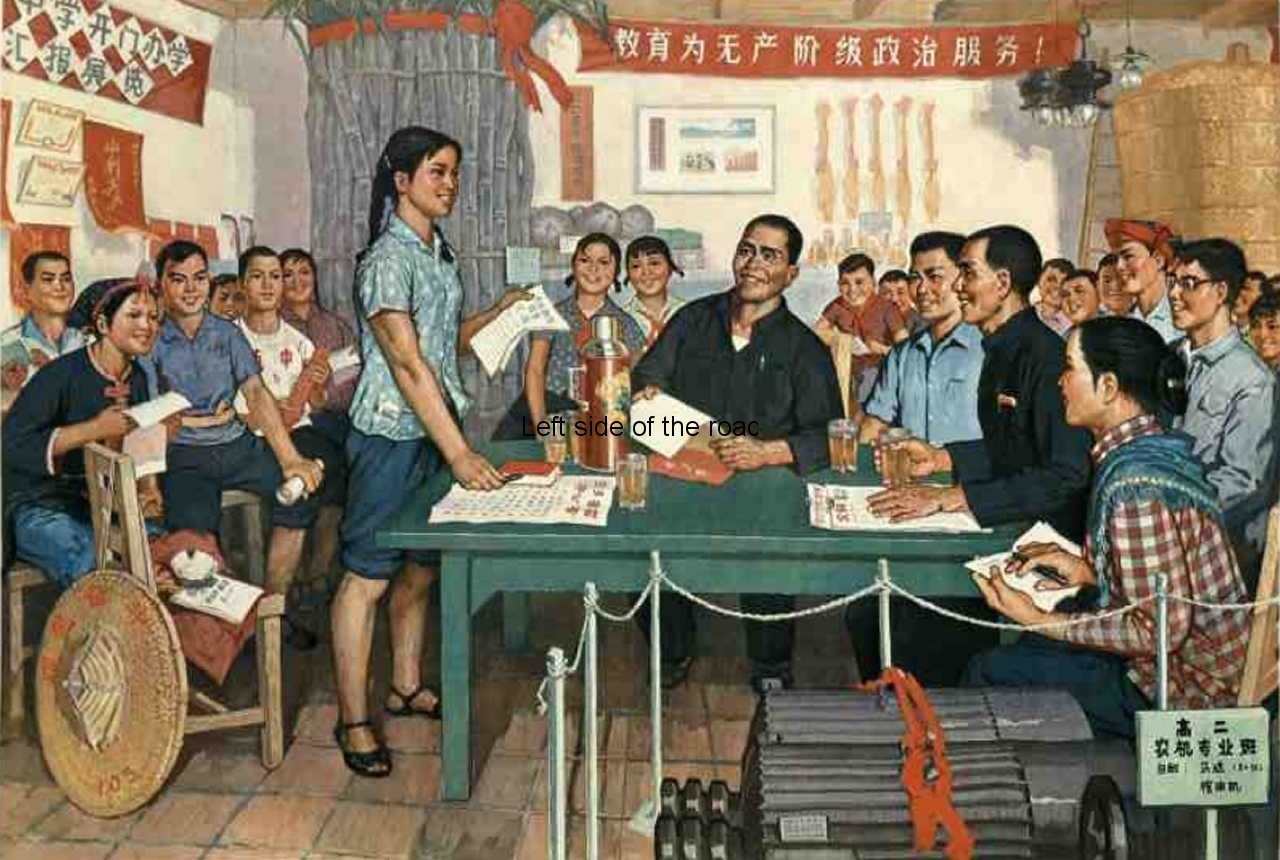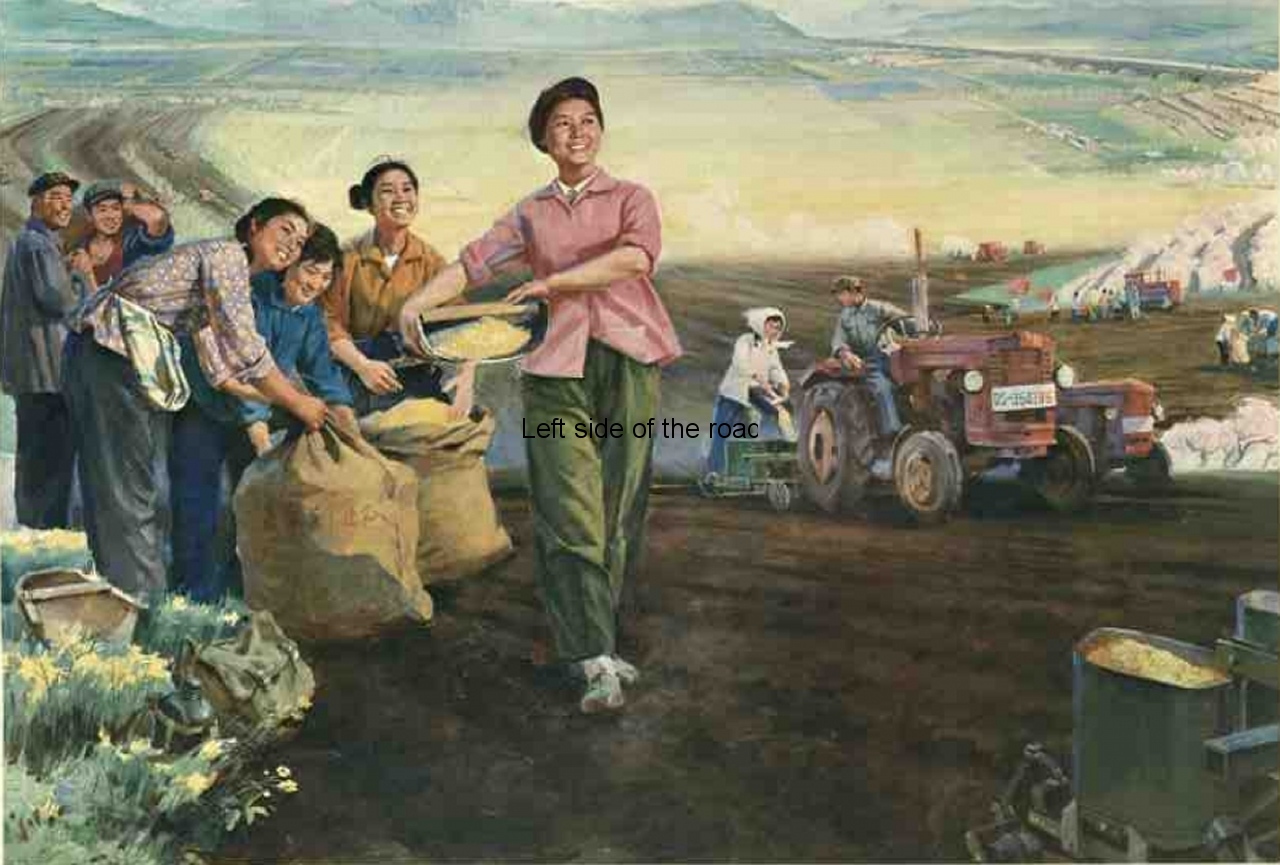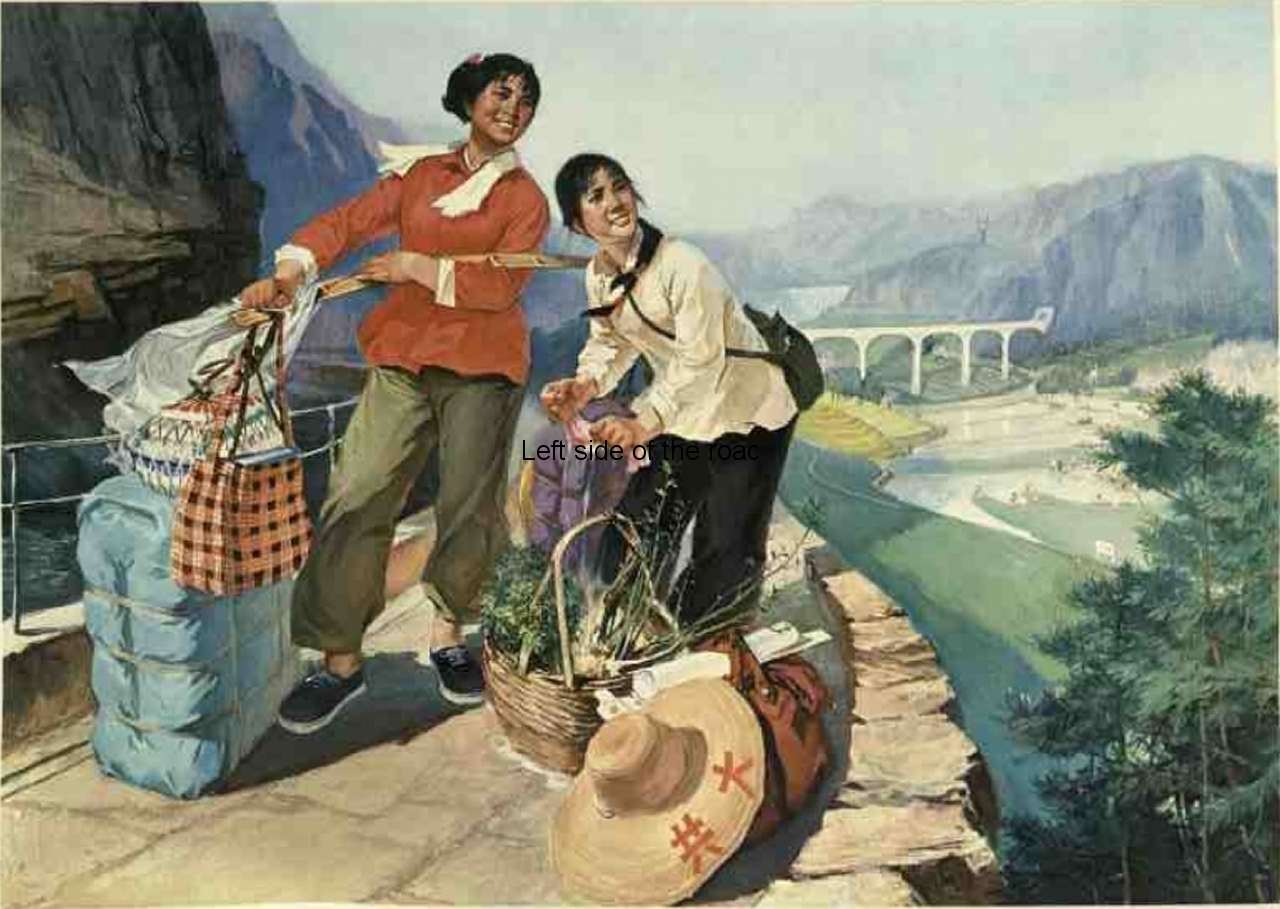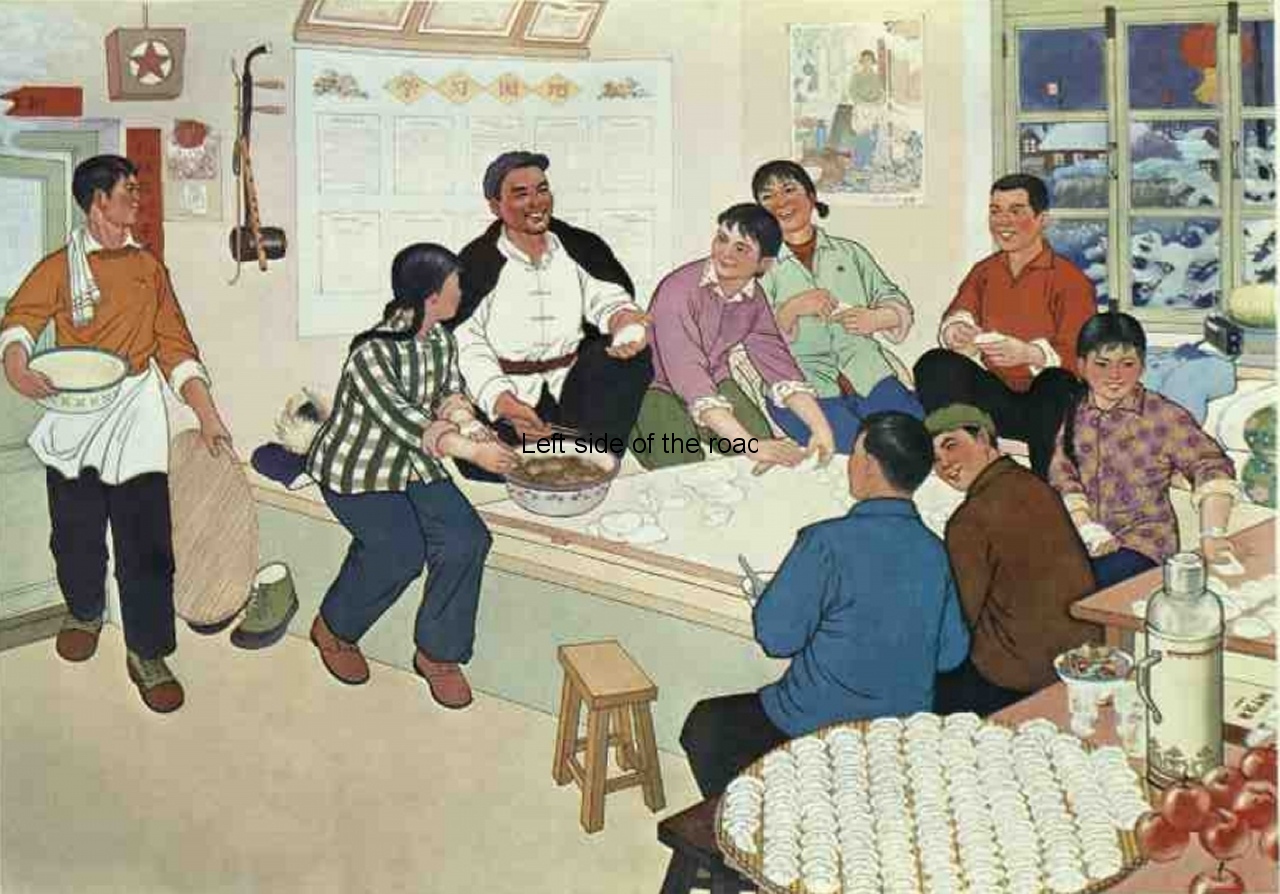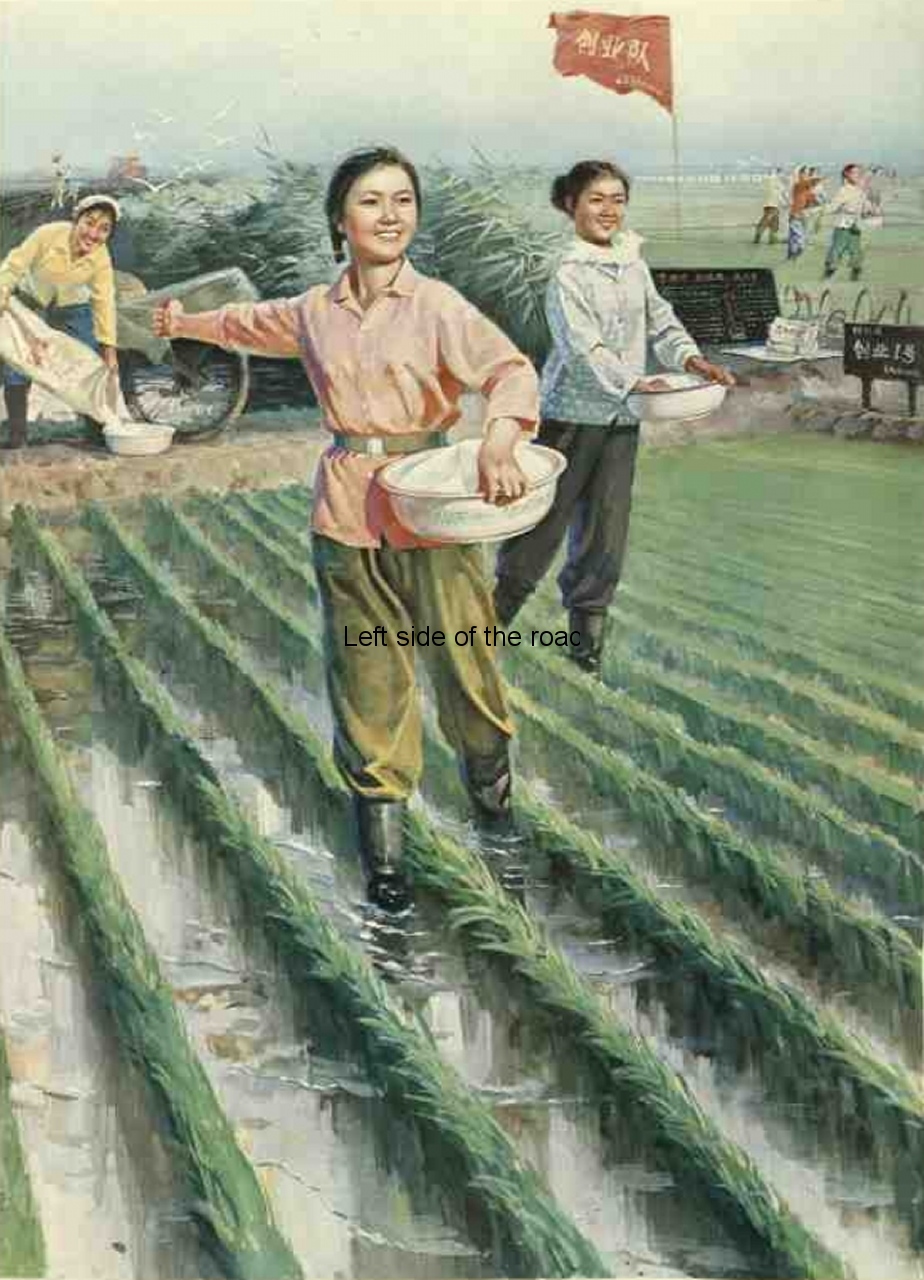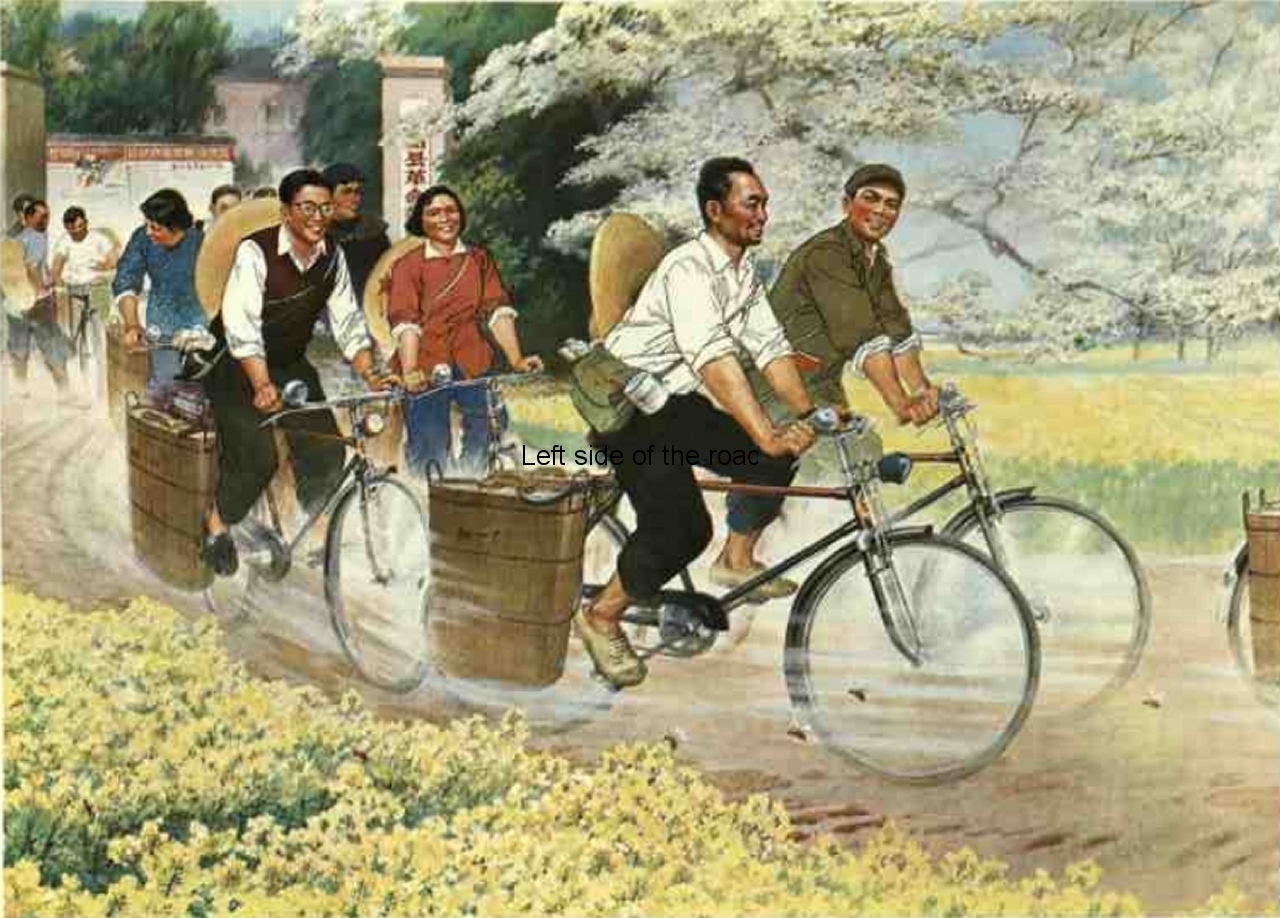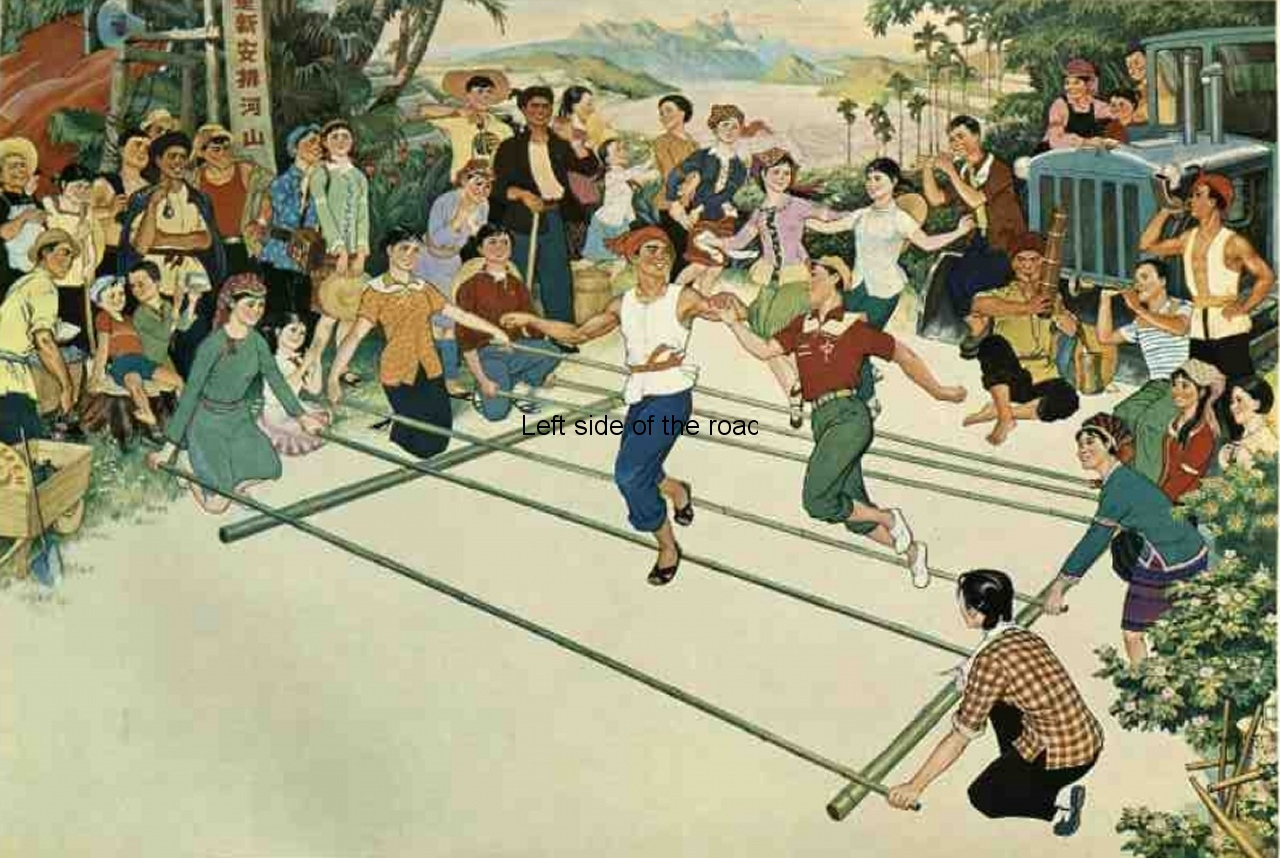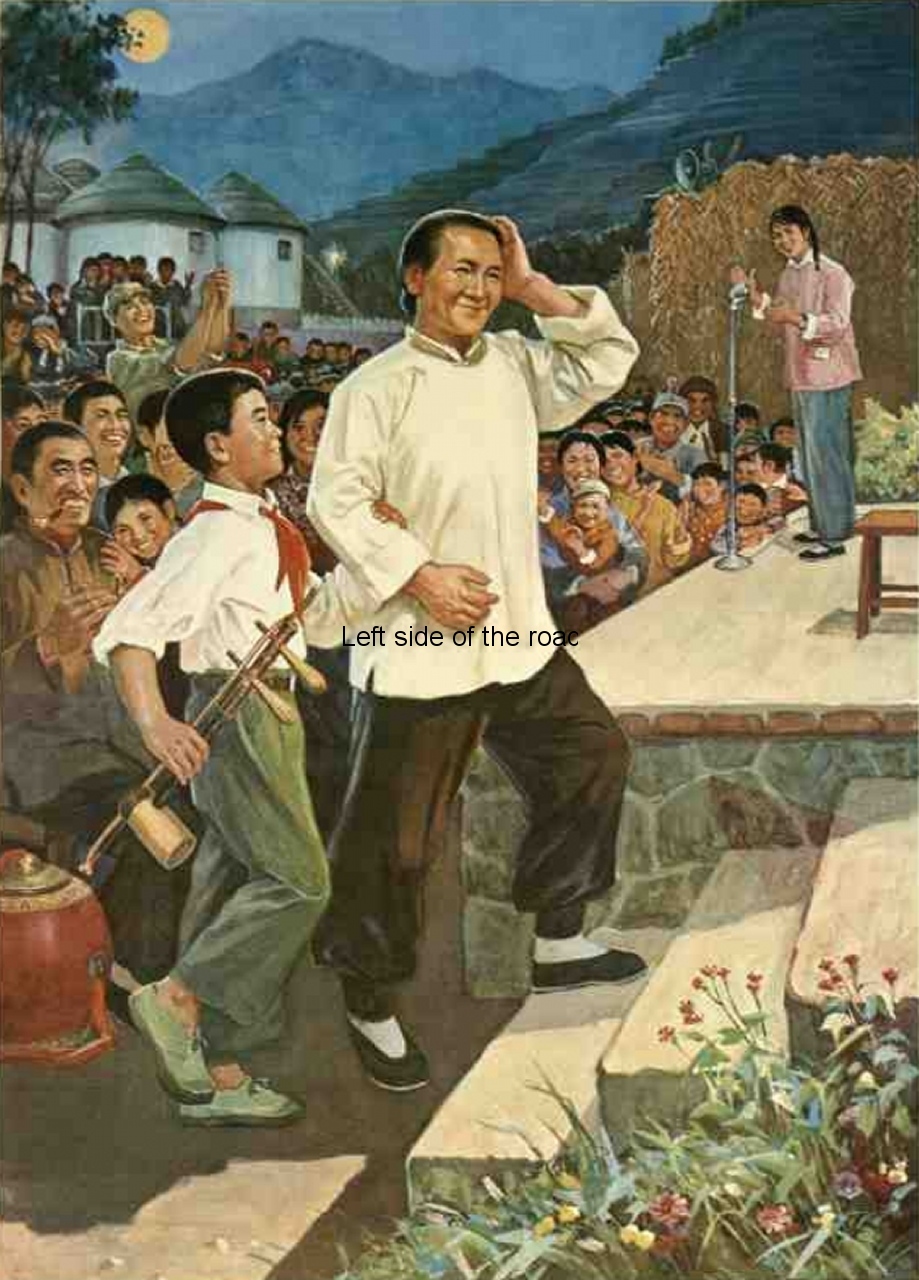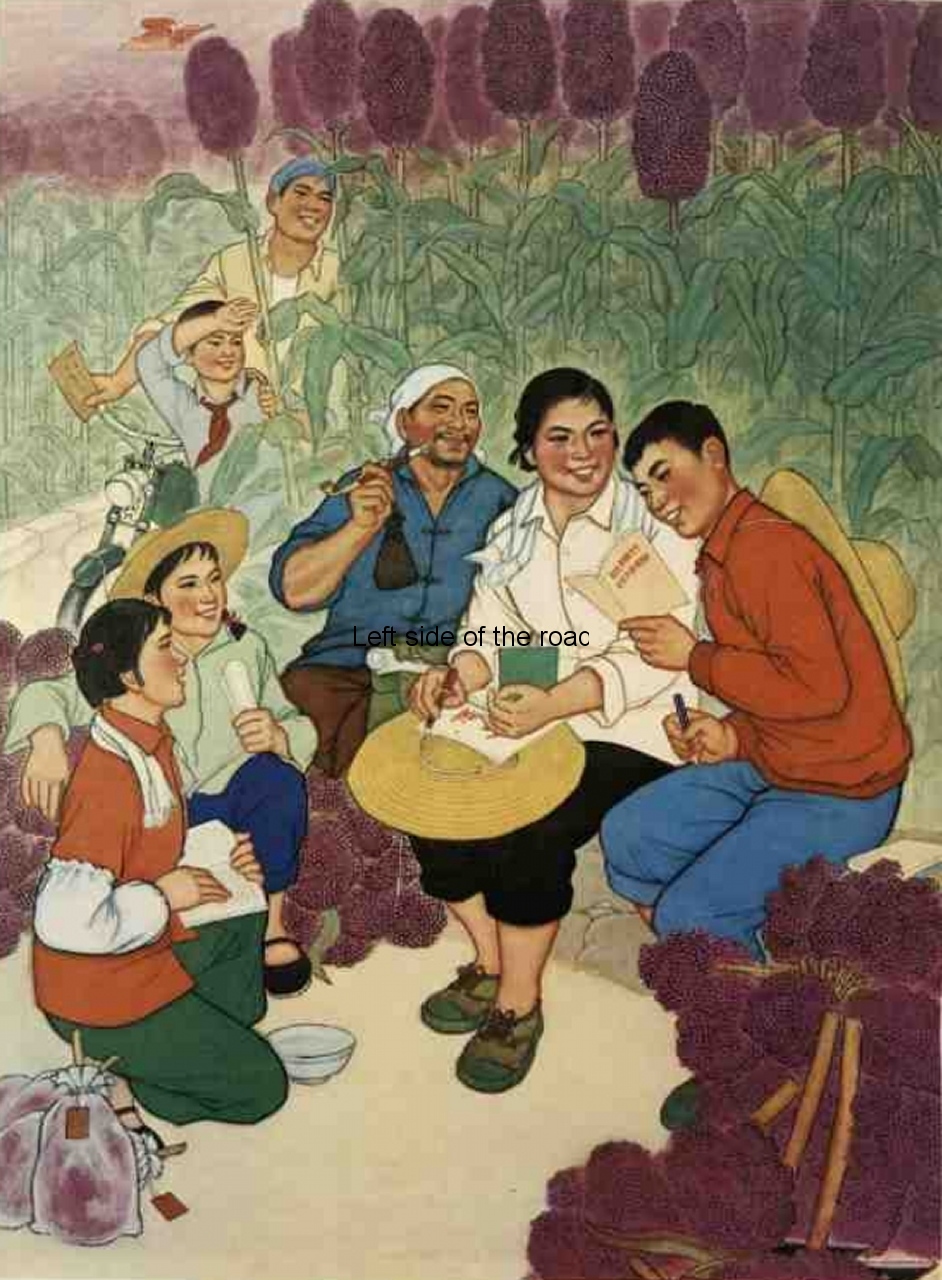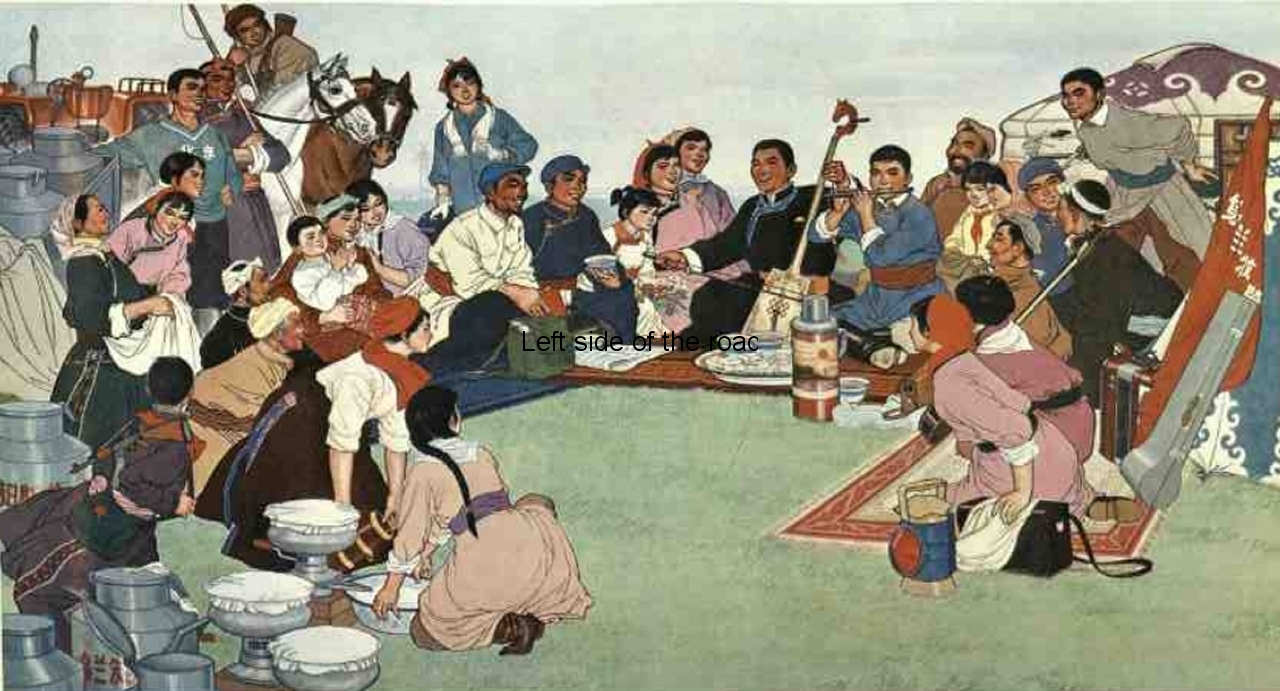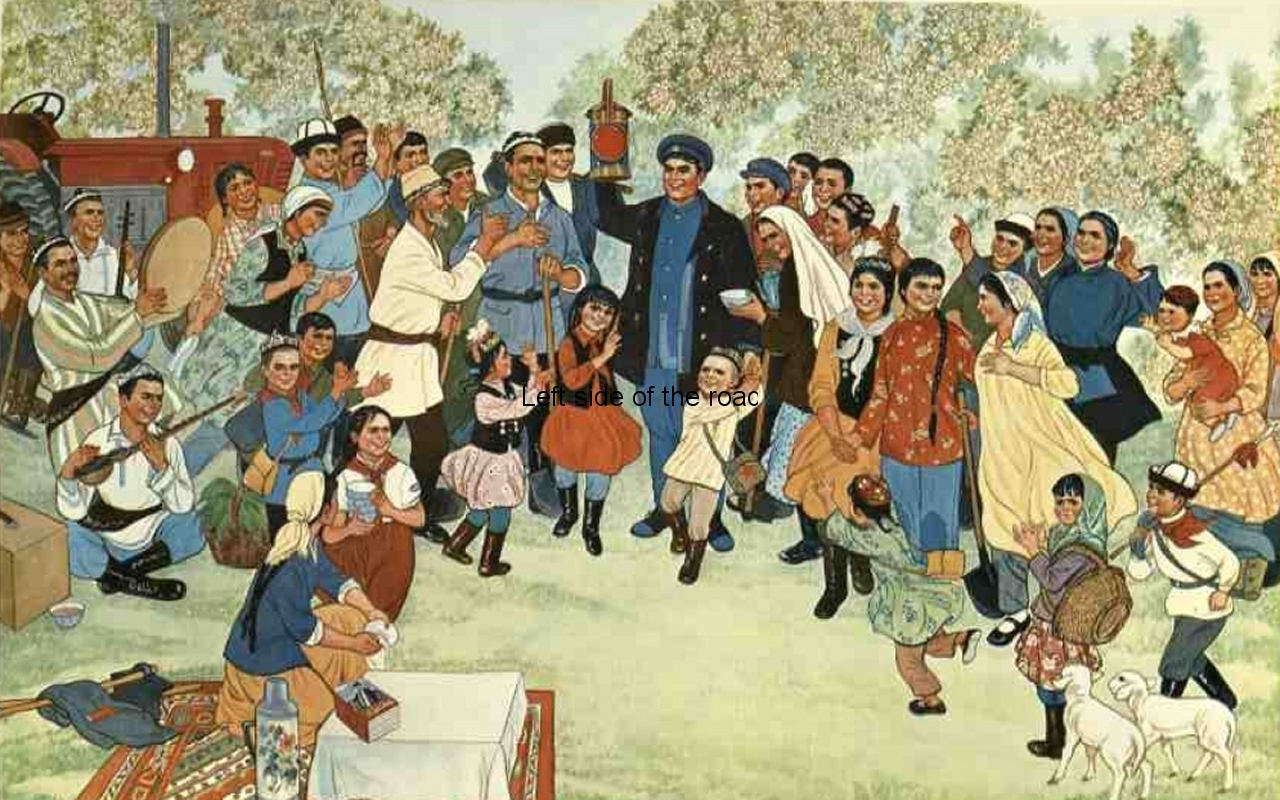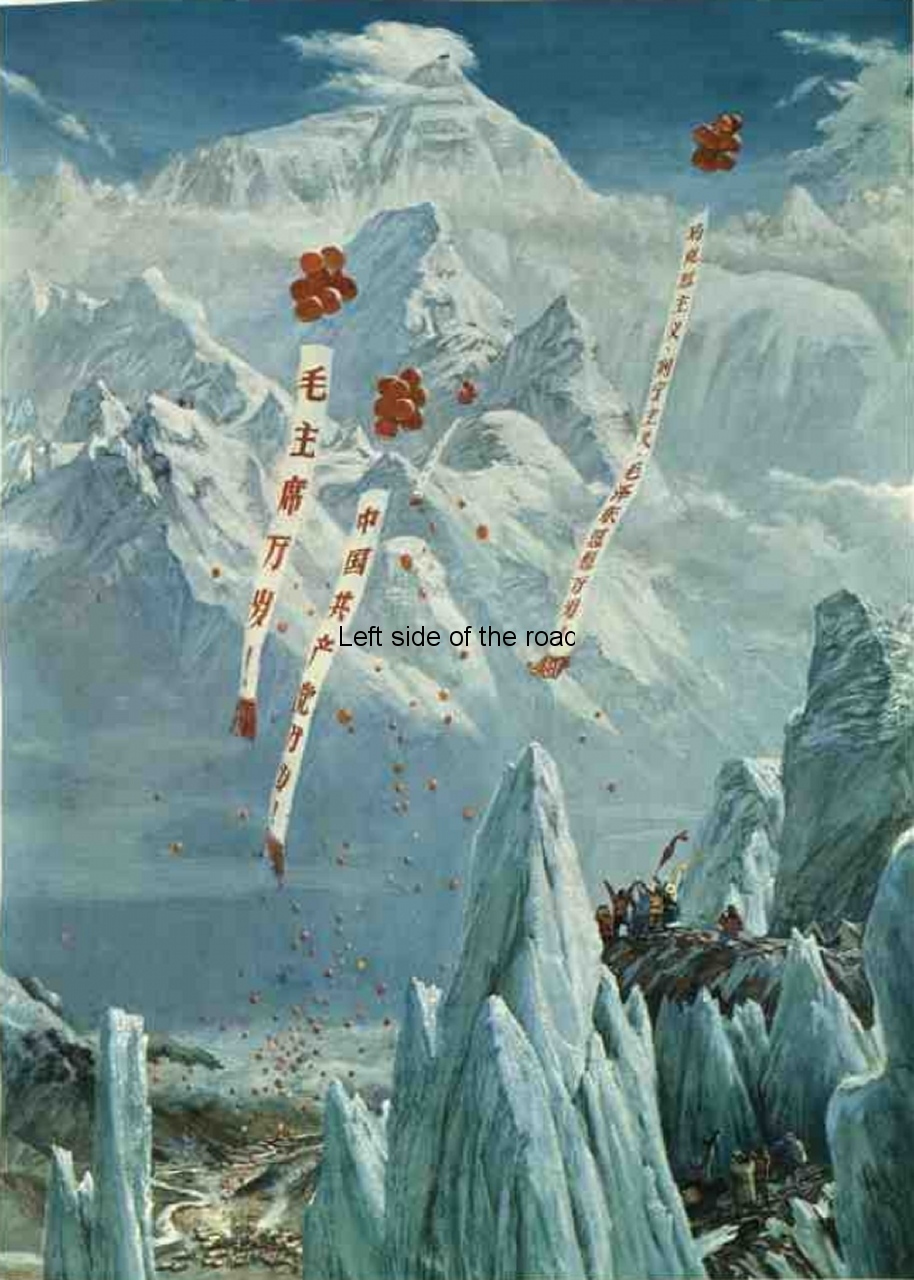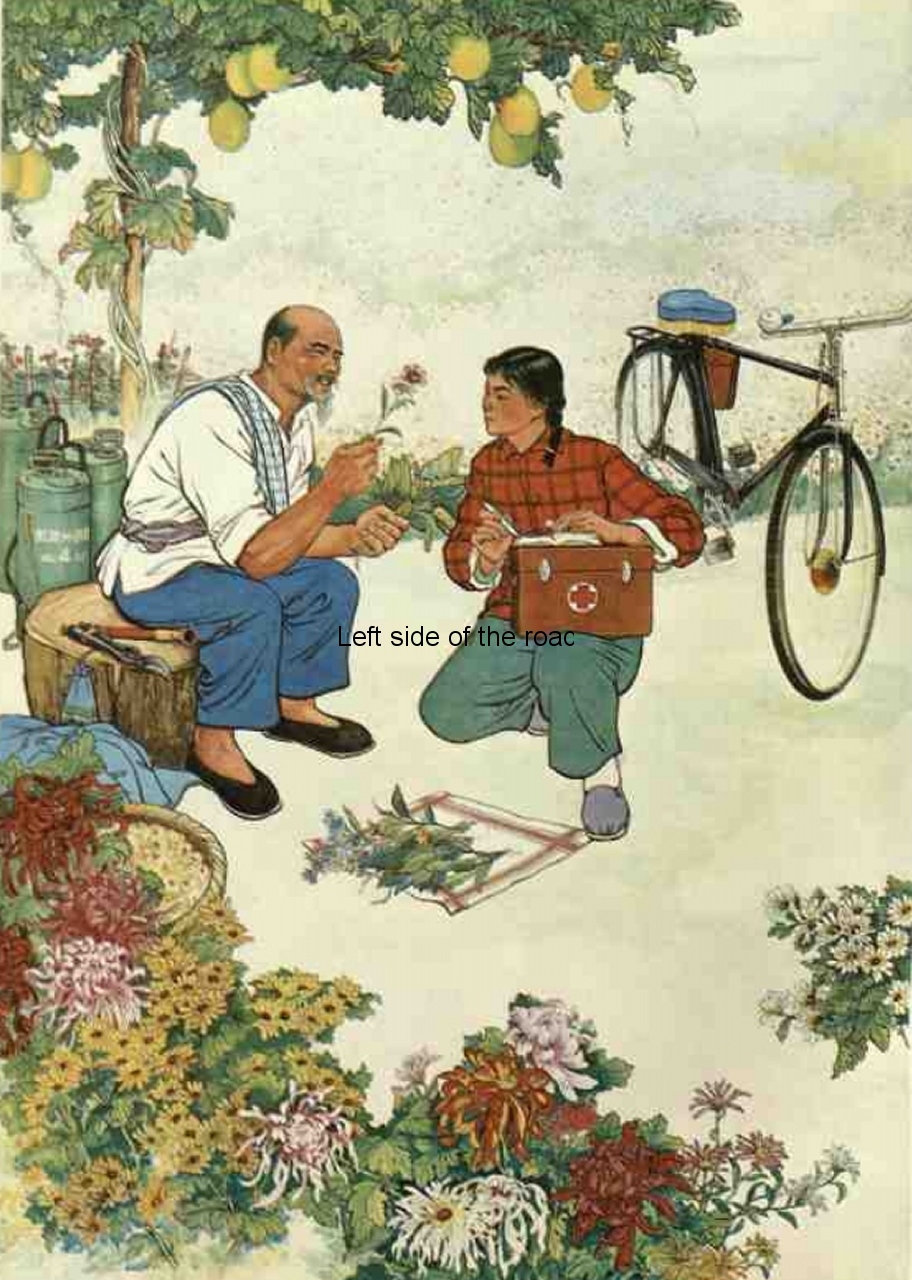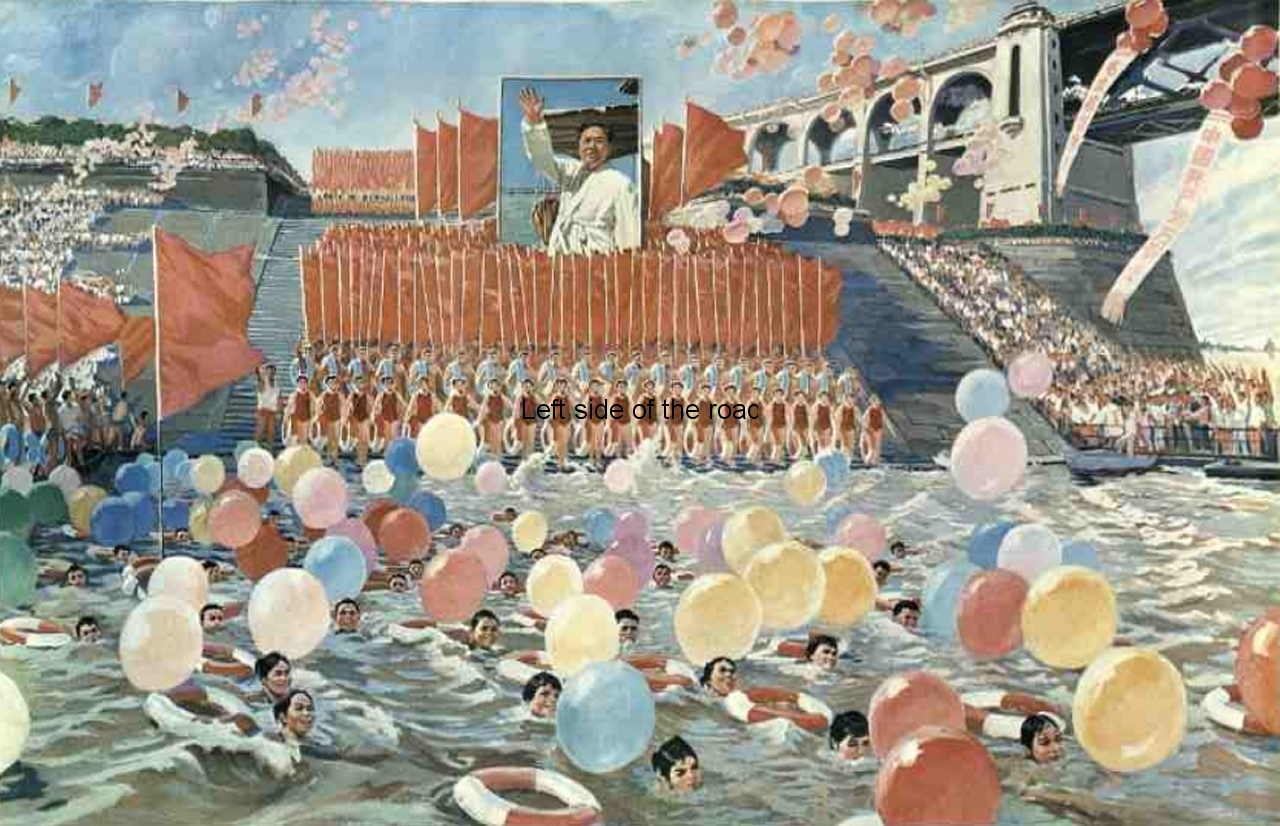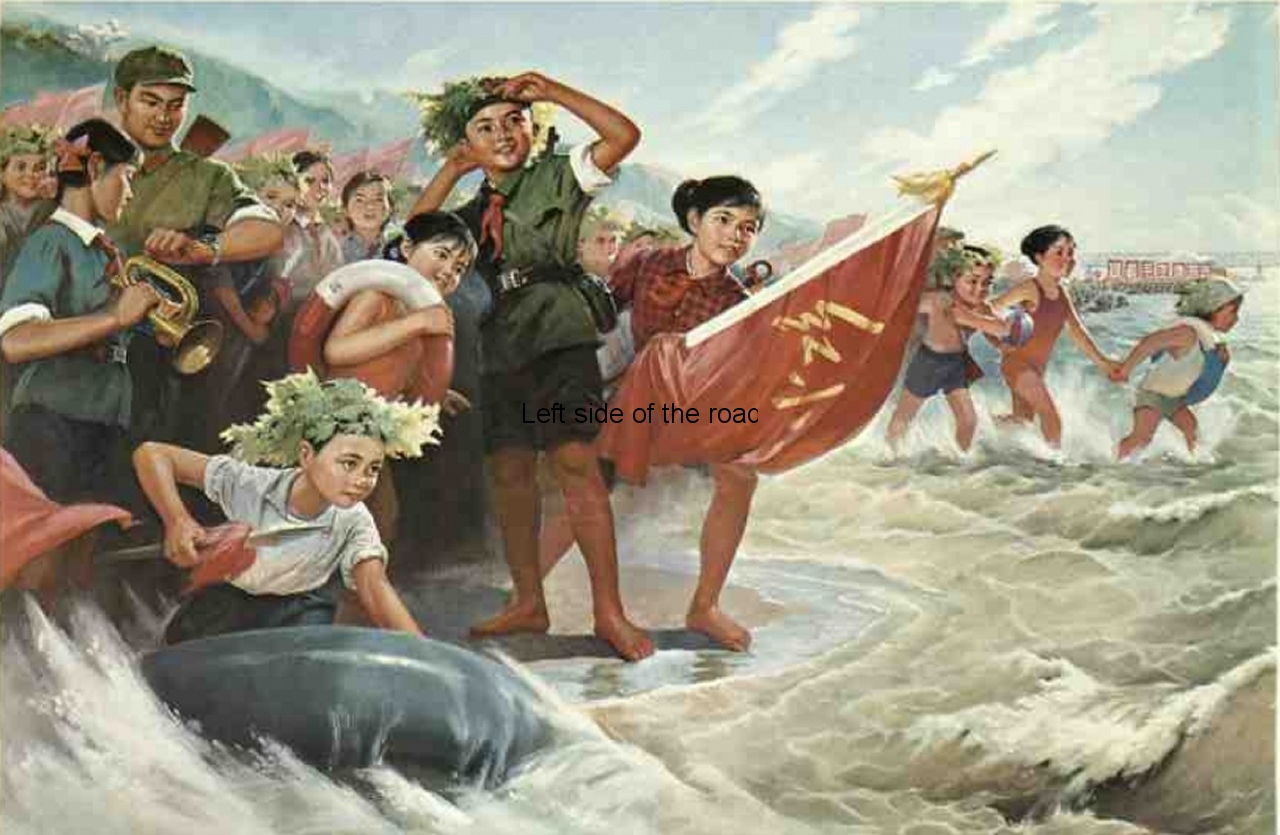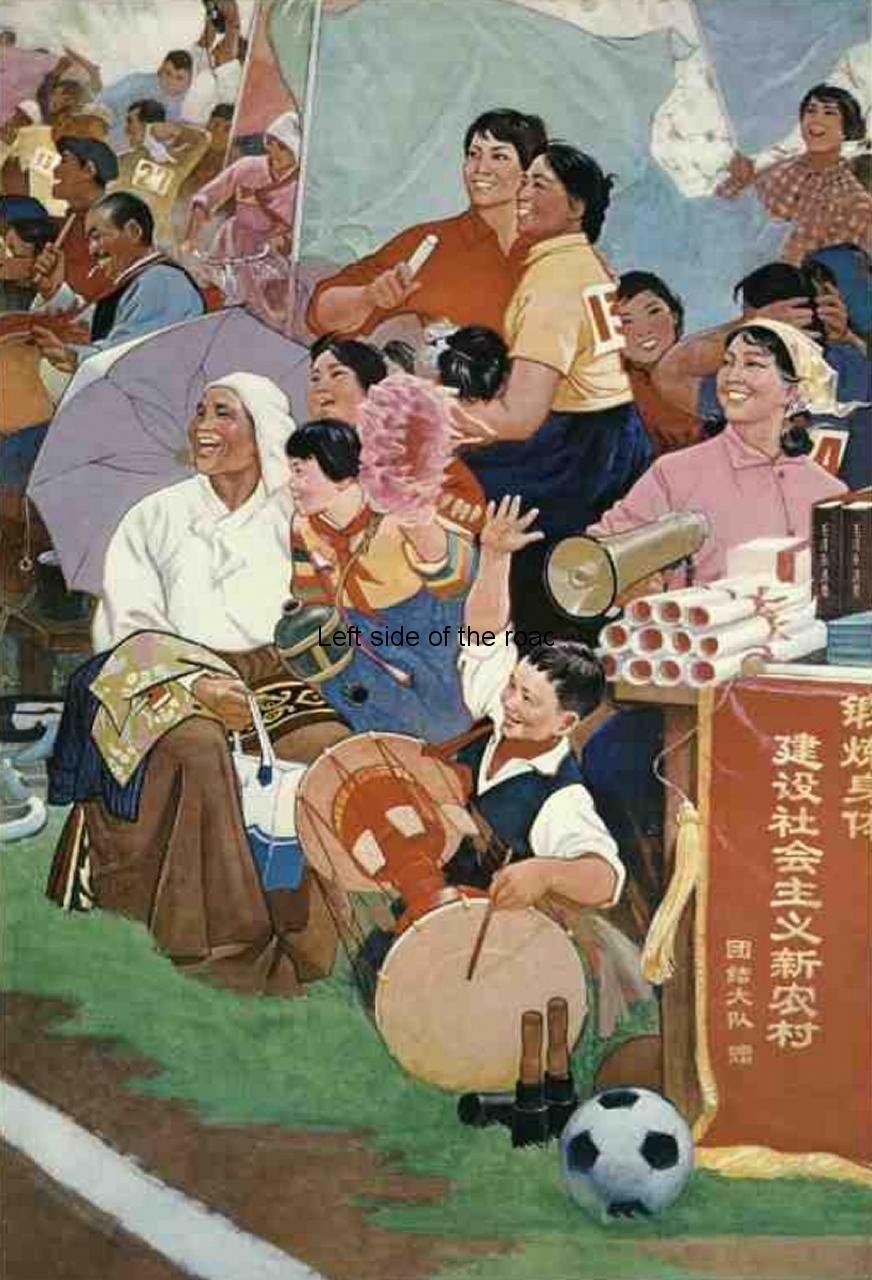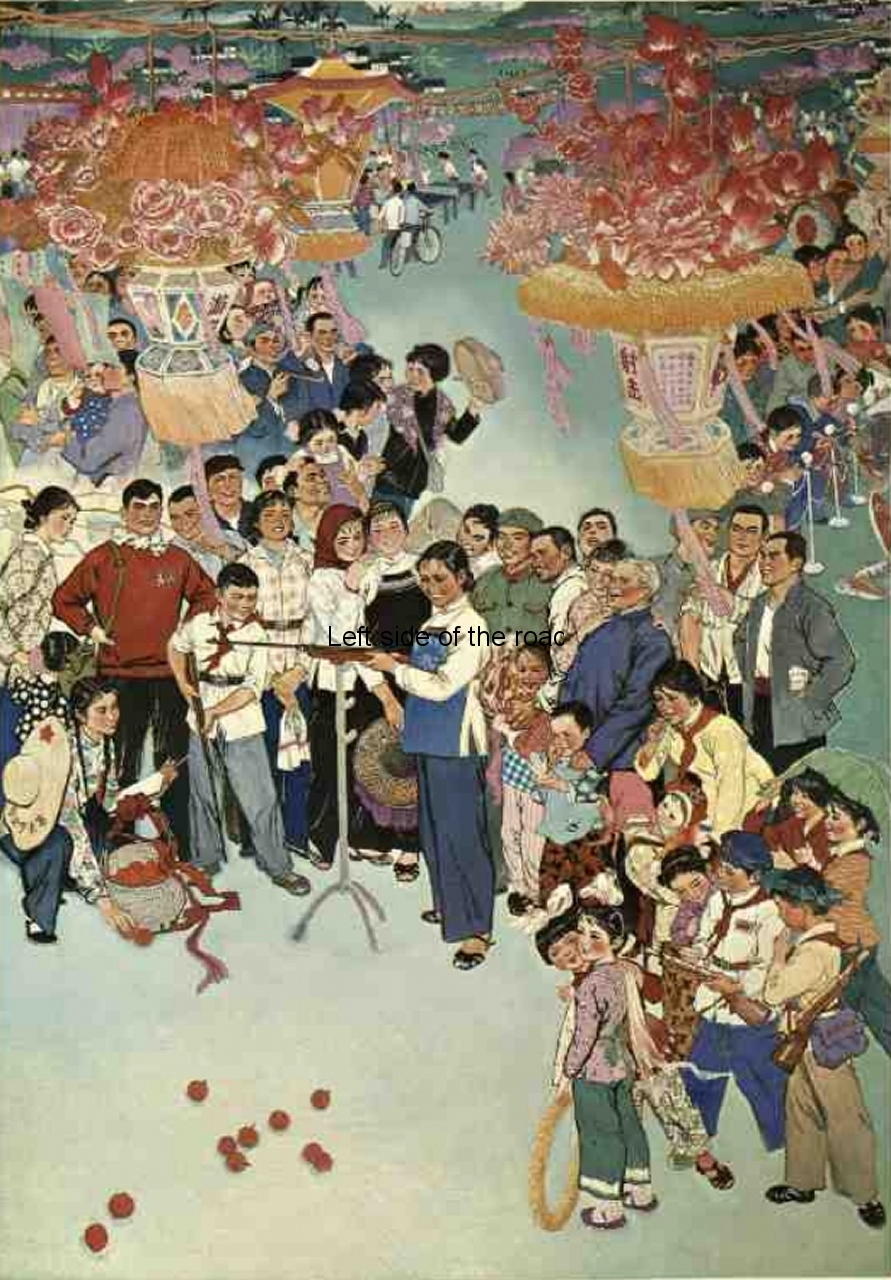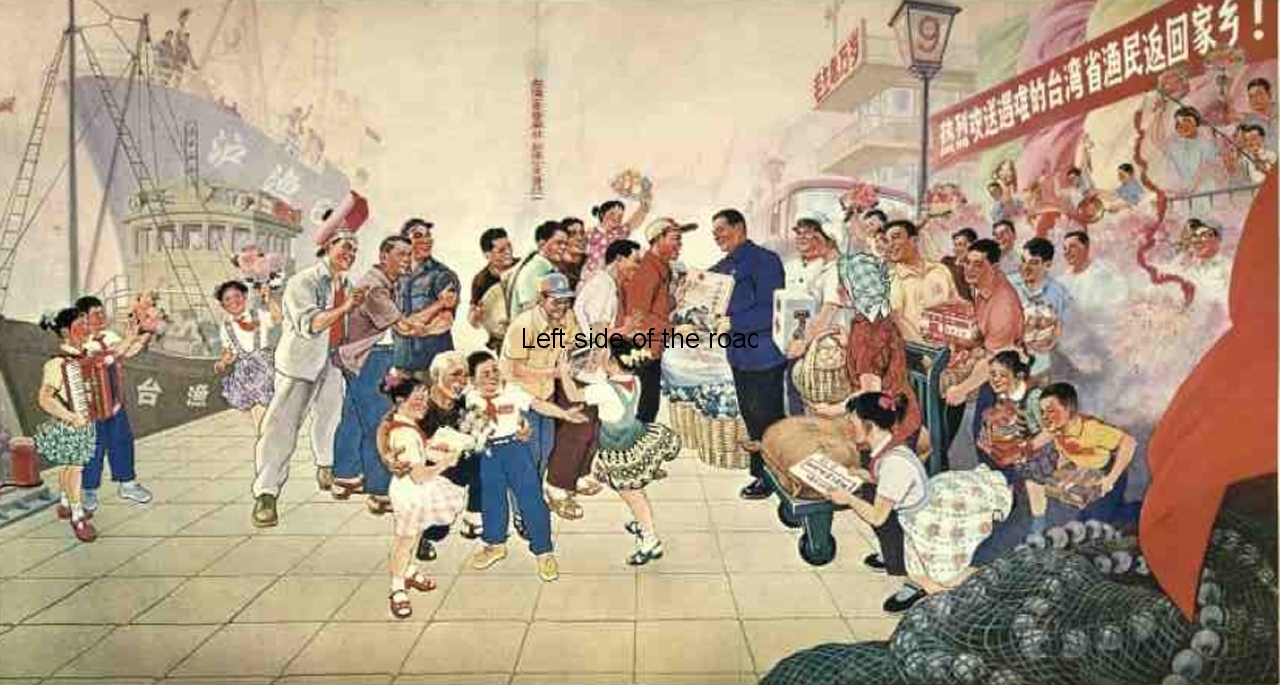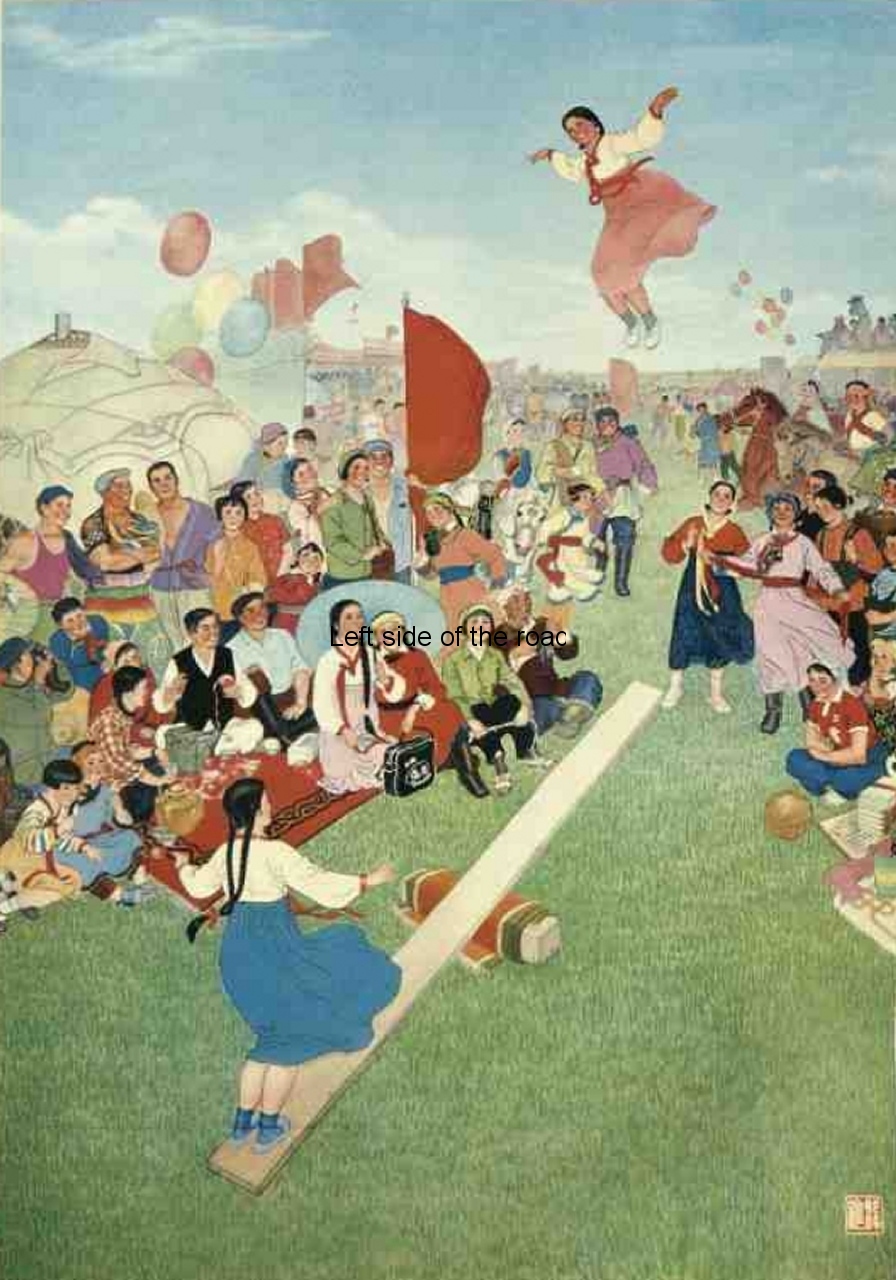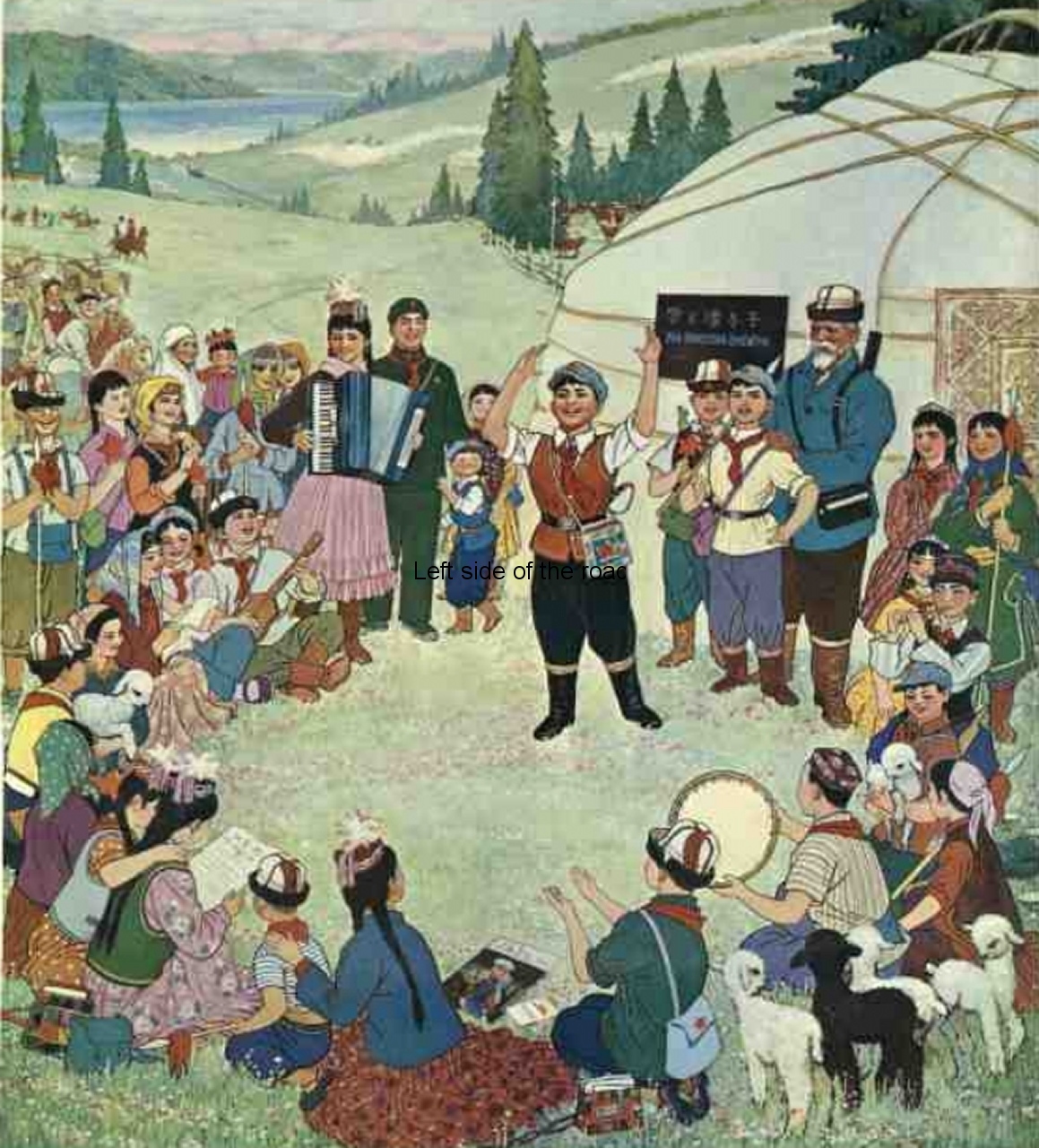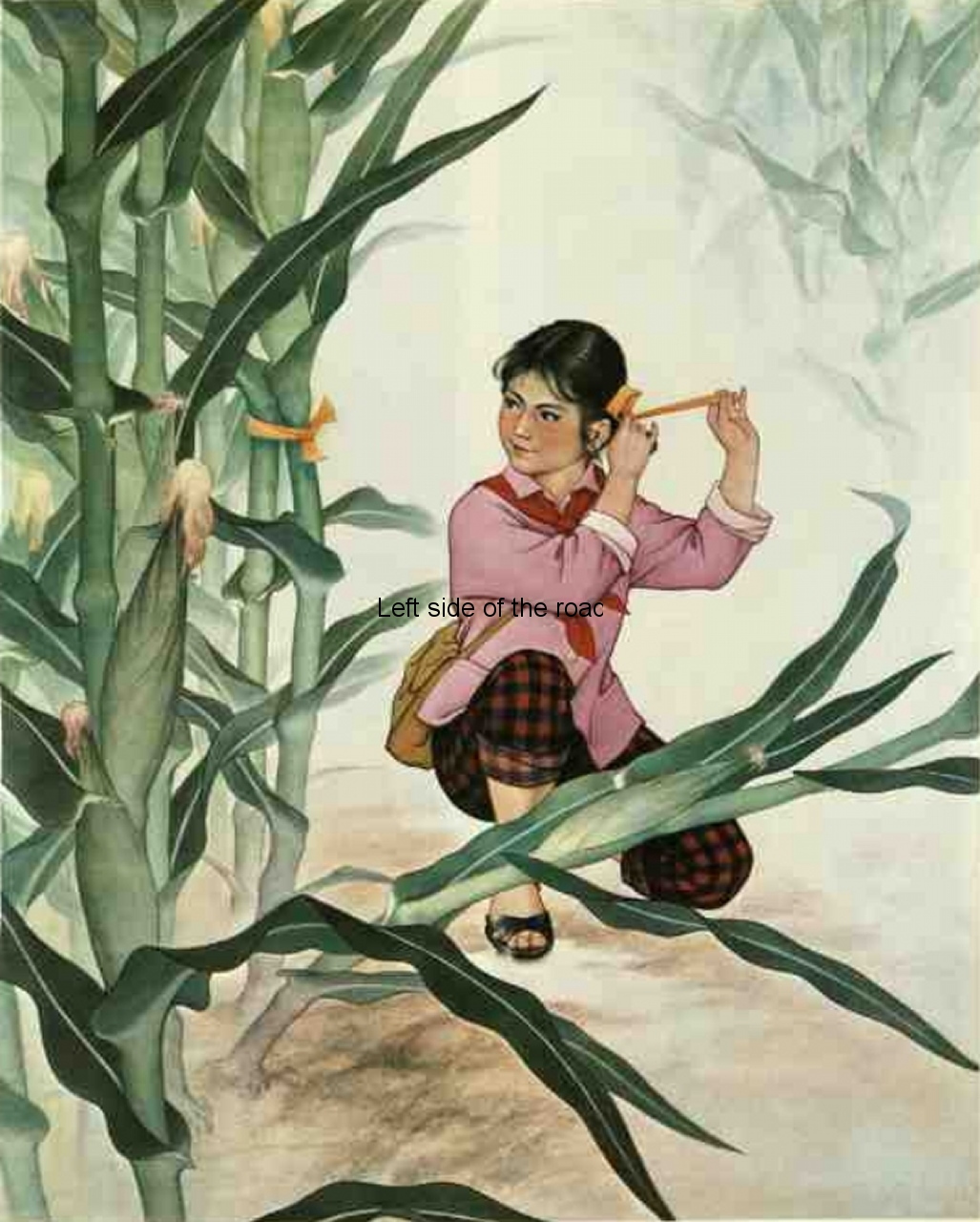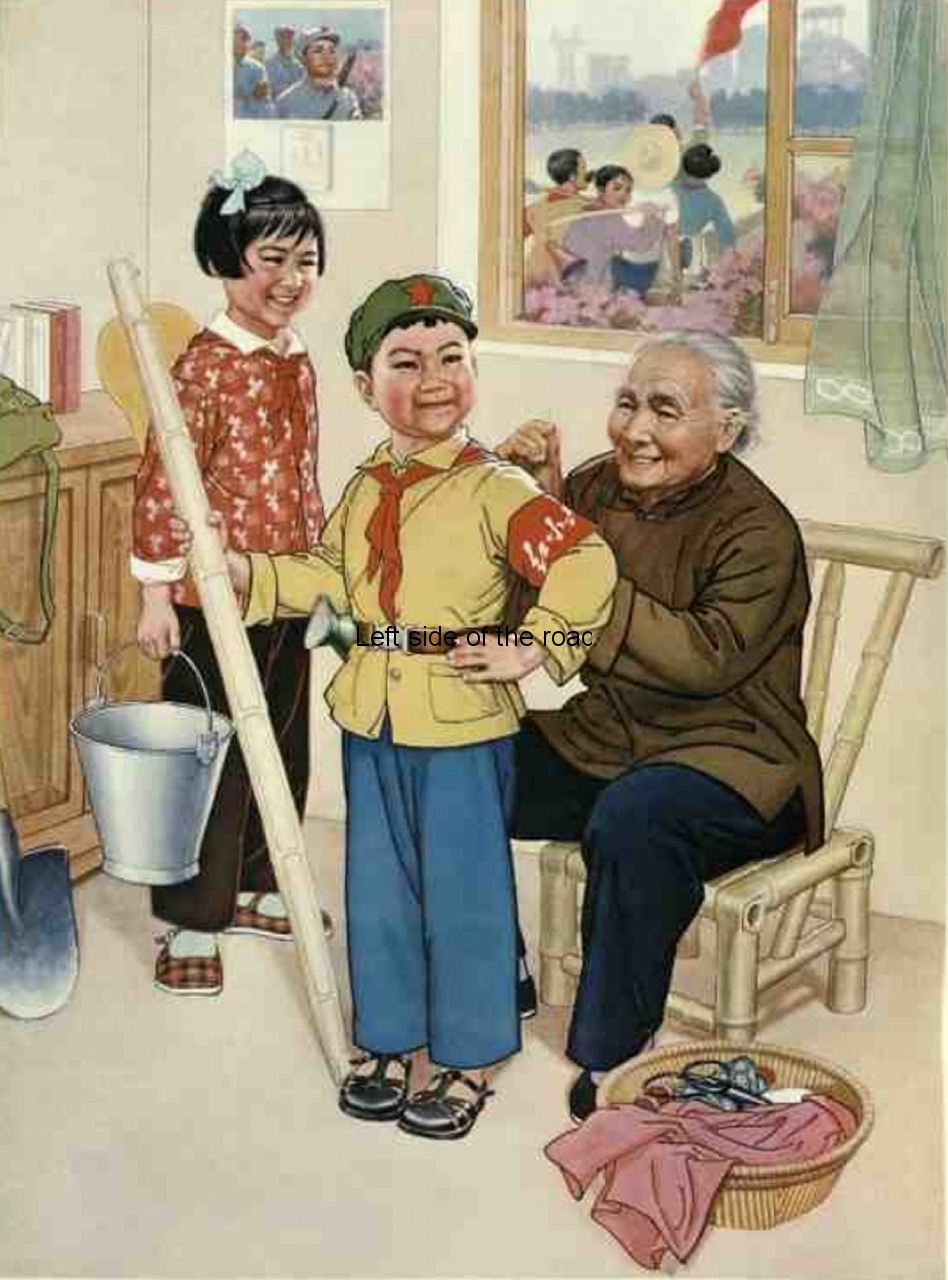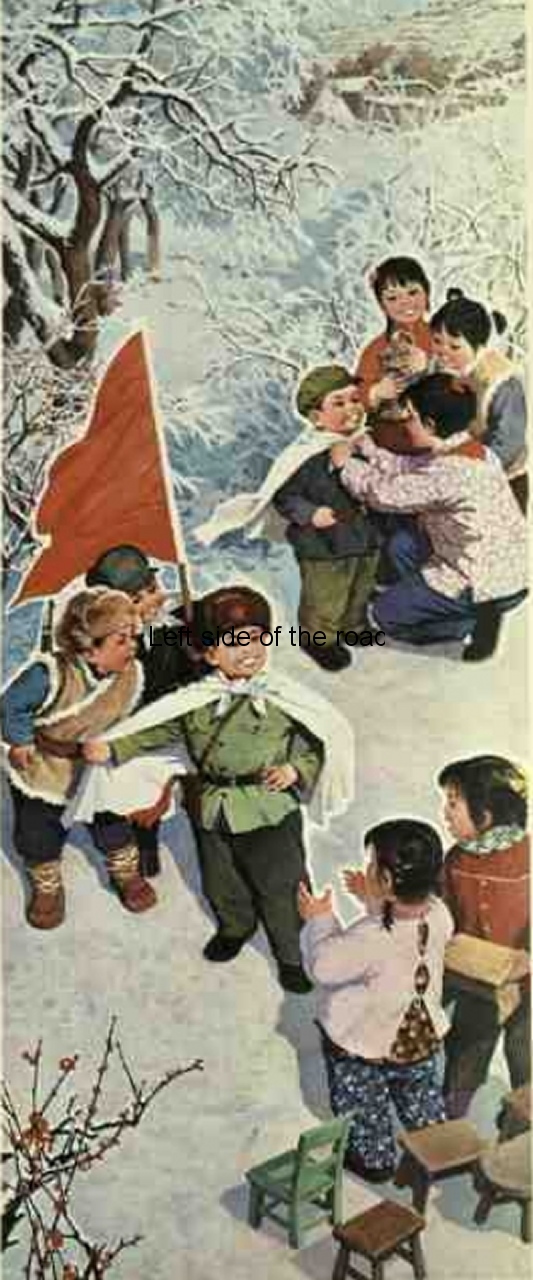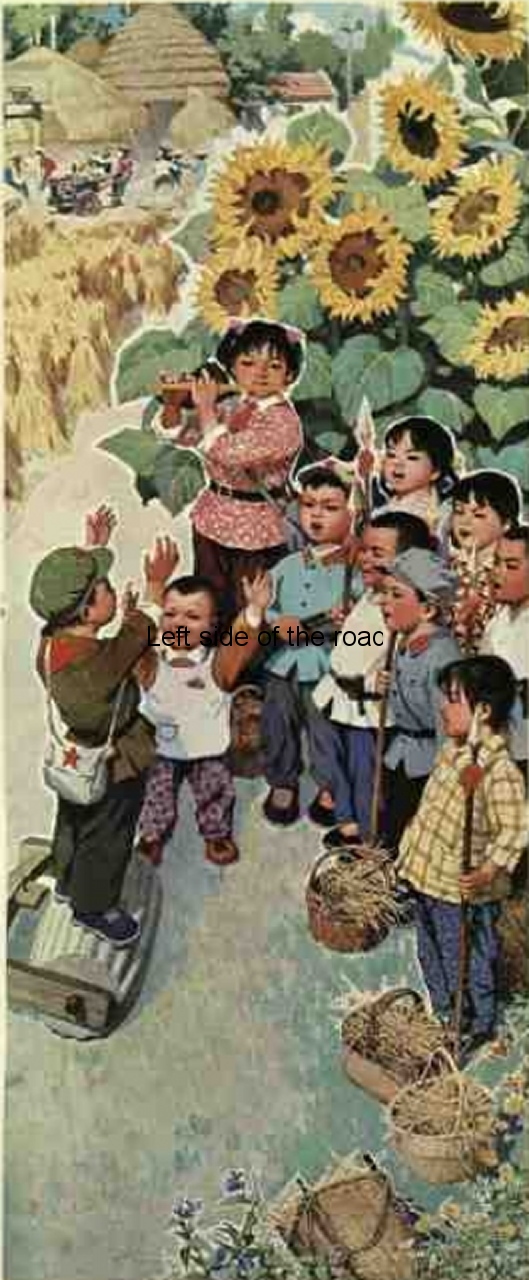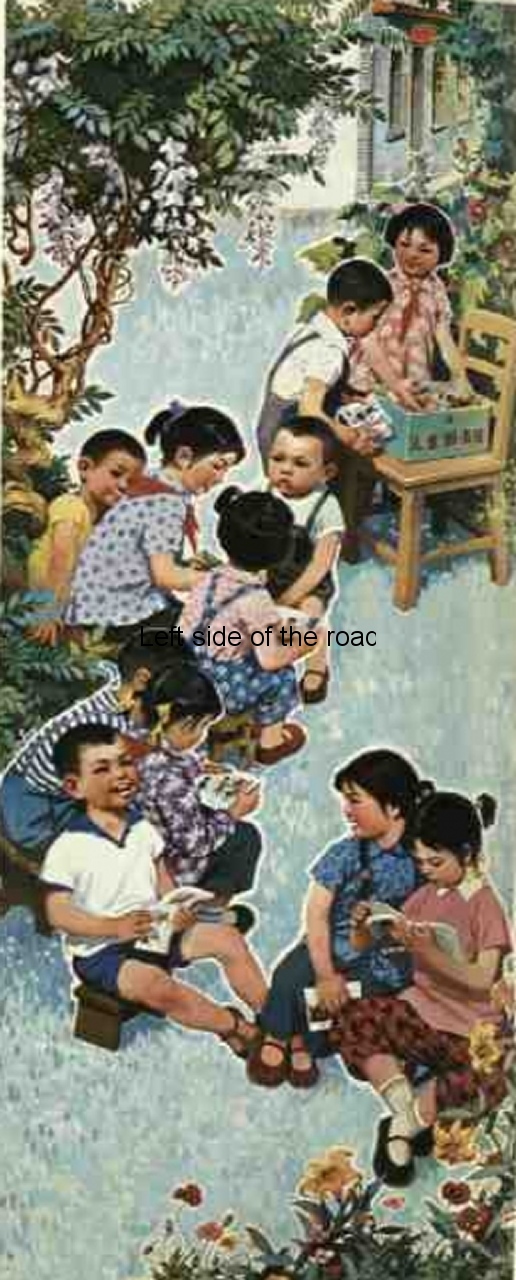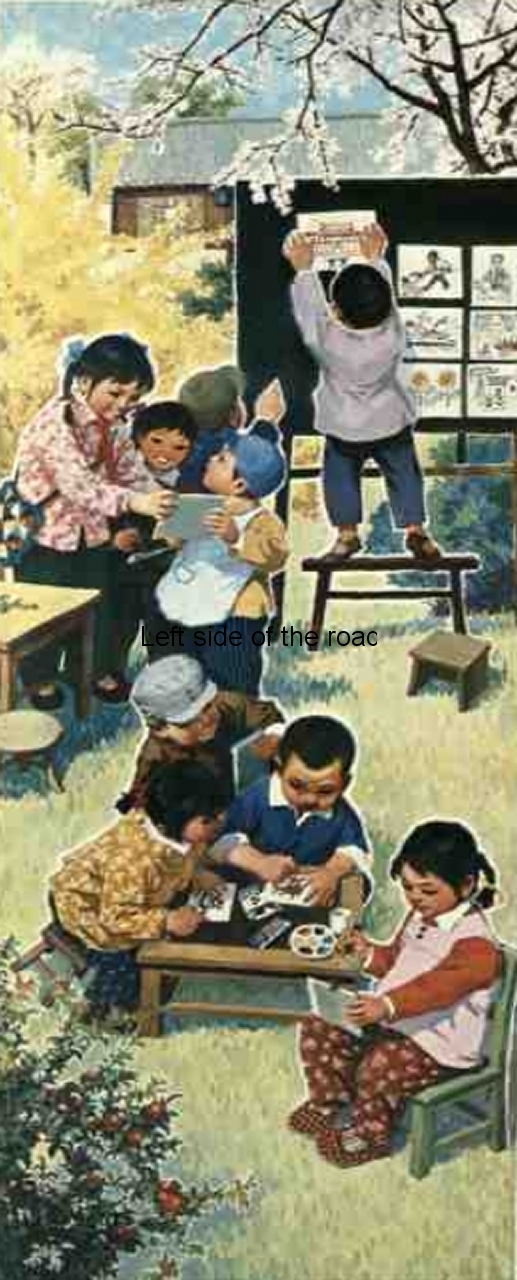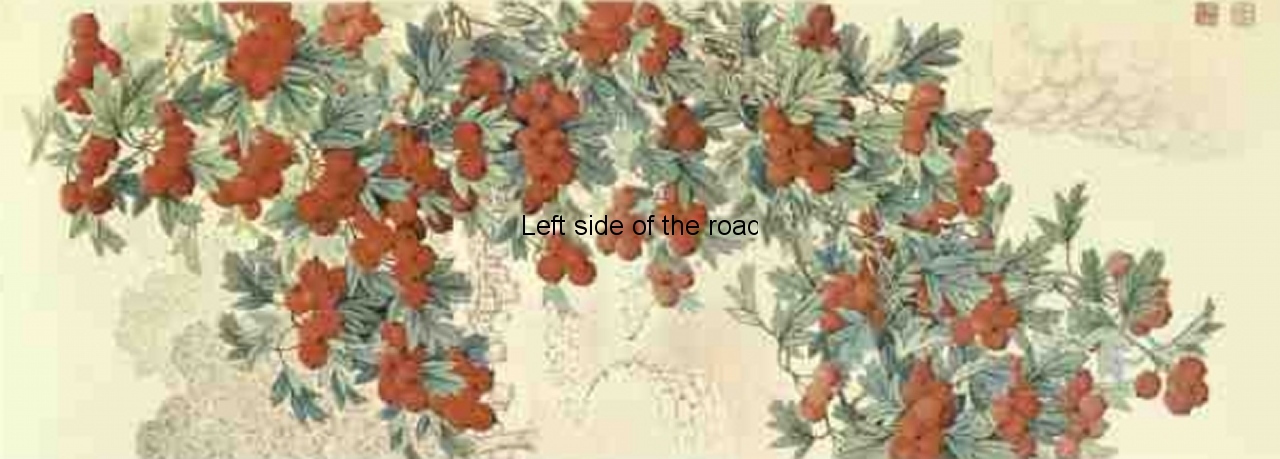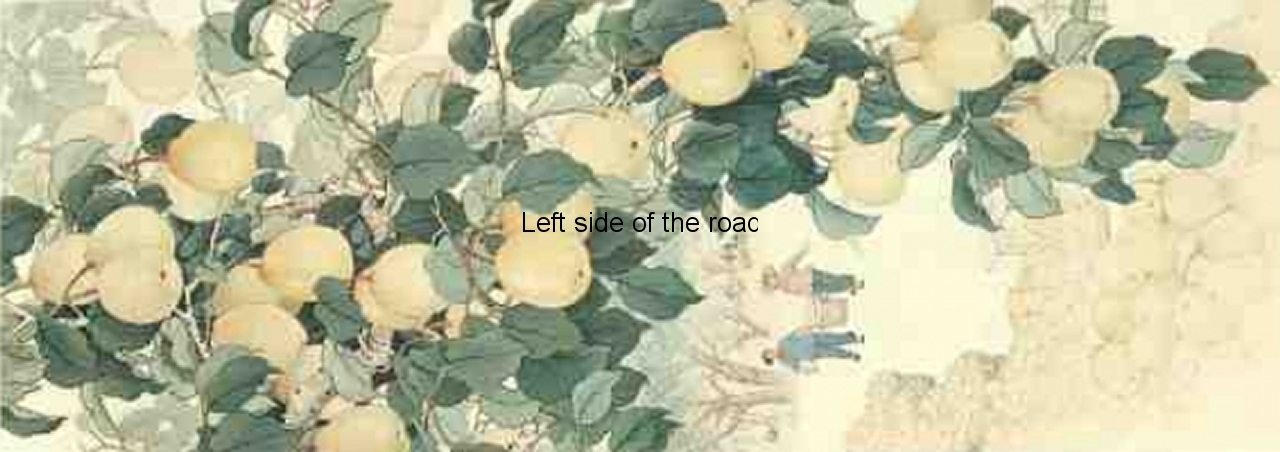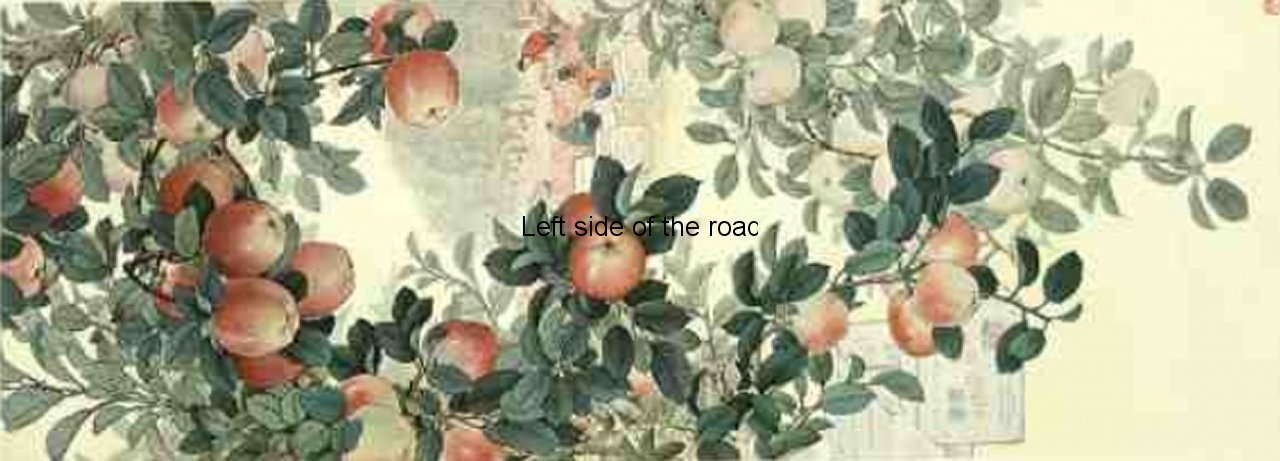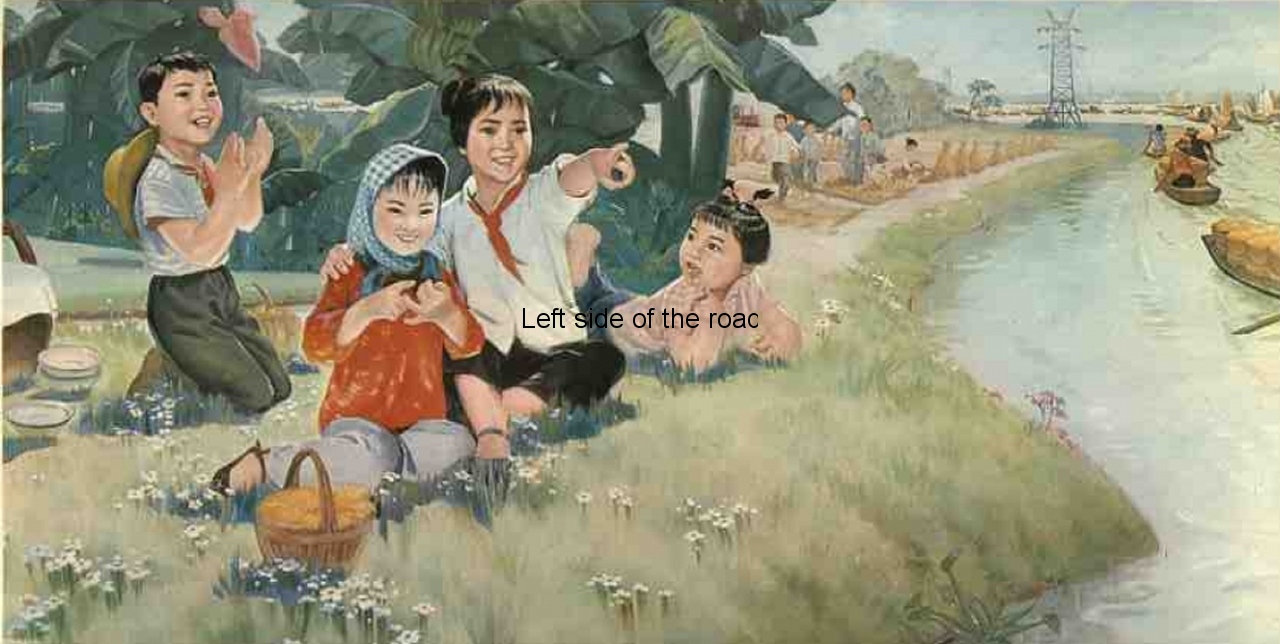
Kim Il Sung – Mansudae Grand Monument
Ukraine – what you’re not told
Kim Il Sung
Collected Works
Kim Il Sung, Selected Works, Volume 1, The Party History Institute of the Central Committee of the Workers’ Party of Korea, Foreign Languages Publishing House, Pyongyang, 1976, 701 pages.
Kim Il Sung – Aphorisms, Foreign Languages Publishing House, Pyongyang, Juche 108 (2019), 64 pages.
Individual articles
Let us reunify the Country Independently and Peacefully, Kim Il Sung, From the ‘Report to the Sixth Congress of the Workers’ Party of Korea on the work of the Central Committee’, Foreign Languages Publishing House, Pyongyang, 1980, 15 pages.
On the occasion of Forming a Party Organization, Speech delivered at the Meeting in Kalun to Found a Party Organization – July 3 1930, 8 pages.
On the occasion of Founding the Anti-Japanese People’s Guerrilla Army, Speech at the Ceremony to Found the Anti-Japanese People’s Guerrilla Army – April 25 1932, 11 pages.
Let us provide active support for the Revolutionary Struggle of the Chinese People, Talk to the military and political cadres to be despatched to North-east China – September 15 1945, 7 pages.
Let us devote ourselves to the service for the masses of the people, Talk to the senior officials of Ryongchon County, North Phyongan Province – November 29 1945, 6 pages.
On the Decision of the Moscow Conference of Foreign Ministers on the Korean Question, Speech delivered at the Consultative Meeting of the Department Directors of the Central Organizing Committee of the Communist Party of North Korea – December 31 1945, 7 pages.
On Exposing and Destroying the ‘Anti-trusteeship’ plot of the US and South Korean Reactionary Elements, Talk to a Senior Official of the South Korean Communist Party Organizations – January 1 1946, 3 pages.
For the Establishment of a United Party of the Working Masses, Report to the Inaugural Congress of the Workers’ Party of North Korea – August 29 1946, 17 pages.
Talk to American journalist Anna Louise Strong – August 8 1947, 15 pages.
Let us expose the truth behind the US Imperialists’ rigging up of the UN Temporary Commission on Korea, Instructions to the Director of the Information Department of the People’s Committee of North Korea – November 19 1947, 4 pages.
On Revealing the Reactionary Nature of the South Korea-US Military Agreement, Directive to the Editor-in-Chief Rodong Sinmun – September 16 1948, 3 pages.
Go all out for Victory in the War, Radio Address to the Entire Korean People – June 26 1950, 8 pages.
Repel the US Imperialist Invasion! Radio address to the entire Korean People – July 8 1950, 11 pages.
On a historic victory in the Fatherland Liberation War and the tasks of the People’s Army, Speech before the Officers and Men of Unit No. 256 of the Korean People’s Army – October 23 1953, 17 pages.
Revolution and Socialist Construction in Korea, Selected writings of Kim Il Sung, International Publishers, New York, 1971, 225 pages.
On the Three Principles of National Reunification, Conversations with the South Korean Delegates to the High-Level Political Talks between North and South Korea – May 3 and November 3 1972, 31 pages.
Let us prevent a National Partition and Reunify the country, Speech at the Pyongyang Mass Rally to welcome the Party and Government Delegation of the Czechoslovak Socialist Republic – June 23 1973, 13 pages.
On Abolishing the Tax System, A Law adopted by the Fifth Supreme People’s Assembly of the Democratic People’s Republic of Korea at its Third Session – March 21 1974, 7 pages.
The US Imperialist Army of Aggression must withdraw unconditionally from South Korea, Speech at a Mass Rally in Pyongyang to welcome the party and Government Delegation of the Syrian Arab Republic – October 1 1974, 22 pages.
The Law of the Democratic People’s Republic of Korea on the nursing and upbringing of children, Adopted at the Sixth Session of the Fifth Supreme People’s Assembly of the Democratic People’s Republic of Korea – April 29 1976, 14 pages.
For the independence and peaceful reunification of Korea, Guardian Associates Inc, New York, 1976, 246 pages.
Theses on Socialist Education, Published at the 14th Plenary Meeting of the Fifth Central Committee of the Workers’ Party of Korea – September 5 1977, 44 pages.
On the full implementation of the Thesis on Socialist Education, Concluding Speech at the 14th Plenary Meeting of the Fifth Central Committee of the Workers’ party of Korea – September 7 1977, 32 pages.
Let us further strengthen the People’s Government, Speech delivered at the First Session of the Sixth Supreme People’s Assembly of the Democratic People’s Republic of Korea – December 15 1977, 24 pages.
Let us step up Socialist Construction under the banner of the Juche Idea, Report at the National Celebration of the 30th Anniversary of the Foundation of the Democratic People’s Republic of Korea – September 9 1978, 36 pages.
Talk to a Delegation from the British Committee for Supporting Korea’s Reunification – October 3 1979, 4 pages.
The Public Health Law of the Democratic People’s Republic of Korea, Adopted at the Fourth Session of the Sixth Supreme People’s Assembly of the Democratic People’s Republic of Korea – April 3 1980, 10 pages.
Let us implement the Public Health Law to the letter, Speech delivered at the Fourth Session of the Sixth Supreme People’s Assembly of the Democratic People’s Republic of Korea – April 4 1980, 14 pages.
Report to the Sixth Congress of the Workers’ Party of Korea on the work of the Central Committee (excerpt) – October 10 1980, 11 pages.
Answers to questions raised by the Chief Editor of Mundo Obrero, organ of the Spanish Communist Party and by the Editor in Charge of Home News of El Pais, unattached Spanish newspaper – November 28 1980, 11 pages.
Talk to the President of the Editorial Council of the Mexican Newspaper El Dia – June 18 1981, 14 pages.
Non-Aligned and Developing Countries should solve the Agricultural Problem through their own efforts, Speech at the banquet given to welcome the delegations attending the Symposium of the Non-aligned and other developing countries on increasing food and agricultural production, August 26 1981, 7 pages.
Talk to the Director of the Indian newspaper National Herald – November 11 1981, 7 pages.
For the strengthening of cooperation between the Non-aligned Countries in their News Services – Speech at the Banquet Held in Honour of the Delegates to the Seventh Meeting of the Coordinating Committee of the News Agencies Pool of the Non-Aligned Countries – May 13 1982, 9 pages.
The DPRK represents genuine People’s Power and is a banner of the Unity and Solidarity of the Masses, A Speech at a banquet to Celebrate the 35th Anniversary of the Foundation of the DPRK – September 9 1983, 14 pages.
A talk to the Secretary General of the United Nations Conference on Trade and Development and his party – March 15 1984, 15 pages.
Talk to a Delegation of the International Liaison Committee for Independent and Peaceful Reunification of Korea – October 11 1985, 4 pages.
Preventing War and Preserving Peace are the burning tasks of mankind, Speech at a banquet given in honour of the participants in the Pyongyang International Conference for De-nuclearization and Peace on the Korean Peninsula – September 6 1986, 8 pages.
Let us develop South-South Cooperation, Congratulatory Speech at the Extraordinary Ministerial Conference of Non-Aligned Countries on South-South Cooperation – June 9 1987, 11 pages.
On developing Kangwon Province as a good tourist resort, Speech delivered at the 31st Session of the Eighth Central People’s Committee of the Democratic People’s Republic of Korea – November 14 and 15 1989, 19 pages.
Let us bring the advantages of Socialism in our Country into full play, Policy Speech Addressed to the First Session of the Ninth Supreme People’s Assembly of the Democratic People’s Republic of Korea – May 24 1990, 28 pages.
Let the entire nation Unite and hasten the Reunification of the Country, Speech delivered to the Delegates to the Pan-National Rally – August 18 1990, 19 pages.
Answers to questions raised by the President of the Nepal Journalist Association – November 29 1990, 12 pages.
Honoured Disabled Veterans should continue to bring the flower of the revolution into bloom and live optimistically, Talk to Officials after Enjoying the National Joint Performance of the Honoured Disabled Veterans Art Groups – December 6 1990, 4 pages.
Replies to the Managing Editor of Mainichi Shibun – April 19 1991, 7 pages.
Let us achieve the Great Unity of our Nation, Talk to the Senior Officials of the Committee for the Peaceful Reunification of the Fatherland and the Members of the North Side’s Headquarters of the Pan-National Alliance for the Country’s Reunification – August 1 1991, 19 pages.
Let the North and the South open the way to Peace and the Reunification of the Country in a United Effort, Talk to the Delegates to the North-South High-Level Negotiations from Both Sides – February 20 1992, 4 pages.
Enhancing the role of the masses of the people is the guarantee for victory in the cause of Independence, Speech at a Banquet Given by the Government of the Democratic People’s Republic of Korea – April 15 1992, 8 pages.
Let the women in the North and the South hasten the Reunification of the Country through United Efforts, Talk to the Members of the Delegation from the South and Overseas Korean Women Who Participated in the Third Pyongyang Seminar on ‘Peace in Asia and the Role of Women’ – September 6 1992, 8 pages.
Officials must become true servants of the people, Talk to Officials of Party, Administrative and Economic Organs – December 28 1992, 15 pages.
10-point Programme of the Great Unity of the Whole Nation for the Reunification of the Country – April 6 1993, 4 pages.
On vigorously conducting the National Reunification Movement among Overseas Compatriots, Talk to the Chairman of the Association for the Promotion of Korea’s Reunification in the Commonwealth of Independent States and his party – June 6 1993, 5 pages.
On Achieving the National Reunification by the Great Unity of the Nation, Foreign Languages Publishing House, Pyongyang, Juche 97 (2008), 70 pages.
On Repelling the Armed Invasion by the US Imperialists and achieving victory in the Fatherland Liberation War, Foreign Languages Publishing House, Pyongyang, Juche 104 (2015), 159 pages.
On the relations between the DPRK and the USA, Foreign Languages Publishing House, Pyongyang, Juche 108 (2019), 99 pages.
On some points of the Juche Idea, Foreign Languages Publishing House, Pyongyang, Juche 109 (2020), 103 pages.
On the Founding and Development of the Workers’ Party of Korea, Foreign Languages Publishing House, Pyongyang, Juche 109 (2020), 267 pages.
For achieving global independence, Juche 111, (2022), 61 pages.
We should work for the people, Juche 111, (2022), 81 pages.
Talk to the Delegation of the Summit Council for World Peace, April 19, 1992, Juche 11, (2022), 16 pages.
Talk to the Vice-Director of the US Centre for Strategic and International Studies and his party, June 28, 1992, Juche 111, (2022), 21 pages.
Mission of Friendship – Enver Hoxha and Kim Il Sung, speeches, documents and accounts from the visit of the DPRK government delegation to the People’s Republic of Albania, June 29-July 2, 1956, November 8th Publishing House, Ottawa 2022, 59 pages.
On the questions of the period of transition from capitalism to Socialism and the Dictatorship of the Proletariat, speech delivered to Party Ideological Workers (May 25, 1967), November 8th Publishing House, Toronto 2022, 28 pages.
On further accelerating socialist rural construction, speech delivered at the National Conference of Agricultural Workers, February 7, 1969, FLPH, Pyongyang, Juche 112 (2023), 110 pages.
On the occasion of the founding of the Korean People’s Army, Speech at a review of the Korean People’s Army, February 8, 1948, Foreign Languages Publishing House, Pyongyang, Juche 112 (2023), 16 pages.
The Korean People’s Army has inherited the Anti-Japanese armed struggle, Speech to officers and men of Unit No. 324 of the Korean People’s Army, February 8, 1958, Foreign Languages Publishing House, Pyongyang, Juche 112 (2023), 66 pages.
Talk to a delegation from the Socialist Party of Portugal, November 4. 1977, Foreign Languages Publishing House, Pyongyang, Juche 112 (2023), 9 pages.
On the Korean People’s struggle to apply the Juche Idea, talks to the delegation of the American Popular Revolutionary Alliance of Peru, June 30 and July 1 and 5 1983, Foreign Languages Publishing House, Pyongyang, Juche 112 (2023), 72 pages.
The Monument to the Victorious Fatherland Liberation War is an open-air museum that shows the great feats of the Heroic Fighters, talk to the officials whilst looking around the Monument to the Victorious Fatherland Liberation War, July 16, 1993, FLPH, Pyongyang, Juche 112 (2023), 7 pages.
Congratulations on the Great Victory in the Fatherland Liberation War, FLPH, Pyongyang, Juche 112 (2023), 24 pages.
The Workers’ Party of Korea is the organizer of victory in the Fatherland Liberation War, speech to the teaching staff and students of the Central Party School under the Workers’ Party of Korea, June 18, 1952, FLPH, Pyongyang, Juche 112 (2023), 36 pages.
On further developing the nursing and upbringing of children, speech of the Sixth Session of the Fifth Supreme People’s Assembly of the Democratic People’s Republic of Korea, April 29, 1976, FLPH, Pyongyang, Juche 112 (2023), 11 pages.
Let us bring about a fresh turn in Socialist economic construction, concluding speech at the Eighth Plenary Meeting of the Sixth Central Committee of the Workers’ Party of Korea, November 29 – December 1 1983, FLPH, Pyongyang, Juche 113 (2024), 87 pages.
Living standards must be improved to hasten the complete victory of Socialism, talk to senior officials of South Hamgyong Province, August 9 1991, FLPH, Pyongyang, Juche 113 (2024), 17 pages.
On upholding independence, FLPH, DPRK, 2024, 16 pages.
Talk to a Delegation from the International Institute of the Juche Idea, October 17, 1980, Foreign Languages Publishing House, Pyongyang, 2025, 11 pages.
Talk to a delegation of the Revolutionary Party of Tanzania, FLPH, DPR Korea, 2025, 12 pages.
On further developing the Communist Policies, talk to senior officials of the Administration Council, October 22, 1985, FLPH, DPR Korea, 2025, 23 pages.
Principles of life, FLPH, DPR Korea, 2025, 60 pages.
Let us implement the public health law to the letter, speech delivered at the Fourth Session of the Sixth Supreme People’s Assembly of the Democratic People’s Republic of Korea, April 4, 1980, FLPH, DPR Korea, 2025, 21 pages.
Biographies of Kim Il Sung
Kim Il Sung, Condensed Biography, Foreign Languages Publishing House, Pyongyang, Juche 90 (2001), 335 pages.
History of Revolutionary Activities of President Kim Il Sung – Foreign Languages Publishing House, Pyongyang, Juche 101 (2012), 504 pages.
Anecdotes of Kim Il Sung’s life – Volume 1, Foreign Languages Publishing House, Pyongyang, Juche 96 (2007), 49 pages.
Anecdotes of Kim Il Sung’s life – Volume 2, Foreign Languages Publishing House, Pyongyang, Juche 102 (2013), 86 pages.
Echoes Down the Centuries, Foreign Languages Publishing House, Pyongyang, Juche 103 (2014), 105 pages.
Principles of Life, Foreign Languages Publishing House, Pyongyang, Juche 107 (2018), 71 pages.
Kim Il Sung and his mentor, Foreign Languages Publishing House, Pyongyang, Juche 110 (2021), 60 pages.
Great Man, dedicated to the 110th Anniversary of the birth of President Kim Il Sung, Juche 111 (2022), 115 pages.
In the embrace of Kim Il Sung, FLPH, Pyongyang, Juche 11 (2022), 84 pages.
Kim Il Sung’s Reminiscences
With the century – Volume 1, Foreign Languages Publishing House, Pyongyang, 1994, 396 pages.
With the century – Volume 2, Foreign Languages Publishing House, Pyongyang, 1994, 499 pages.
With the century – Volume 3, Foreign Languages Publishing House, Pyongyang, 1993, 622 pages.
With the century – Volume 4, Foreign Languages Publishing House, Pyongyang, 1993, 512 pages.
With the century – Volume 5, Foreign Languages Publishing House, Pyongyang, 1994, 448 pages.
With the century – Volume 6, Foreign Languages Publishing House, Pyongyang, 1995, 447 pages.
With the century – Volume 7, Foreign Languages Publishing House, Pyongyang, Juche 96 (2007), 383 pages.
With the century – Volume 8, Foreign Languages Publishing House, Pyongyang, Juche 87 (1998), 464 pages.
With the century – Volume 13, Foreign Languages Publishing House, Pyongyang, Juche 109 (2020), 172 pages.
With the century – Volume 14, Foreign Languages Publishing House, Pyongyang, Juche 109 (2020), 174 pages.
With the century – Volume 15, Foreign Languages Publishing House, Pyongyang, Juche 110 (2021), 174 pages.
Great Man, FLPH, DPRK, 2025, 195 pages.
The Great Man and his Mentor, FLPH, DPR Korea, 2025, 108 pages.
The Great Man’s Life and Music, FLPH, DPR Korea, 2025, 99 pages.


